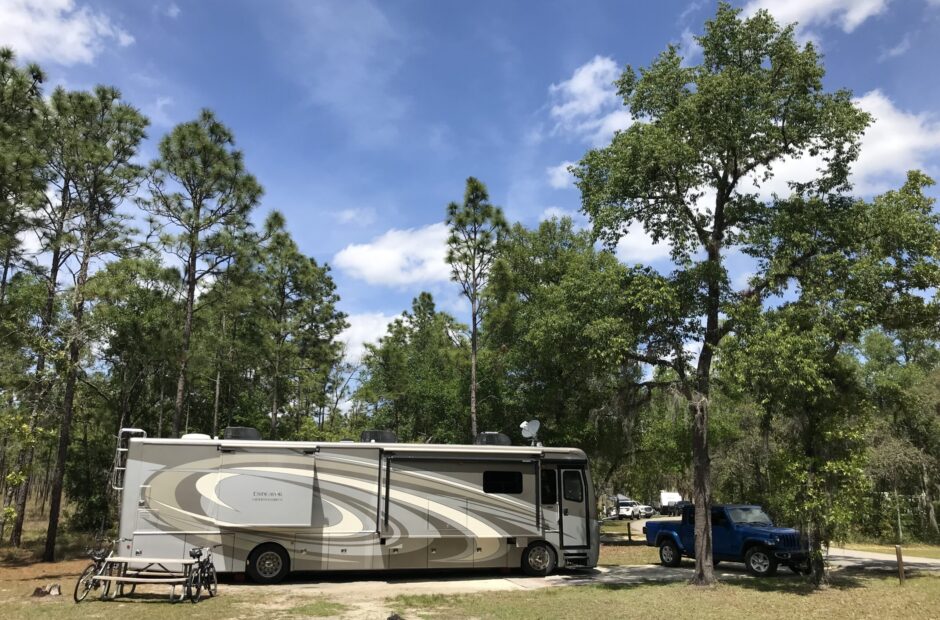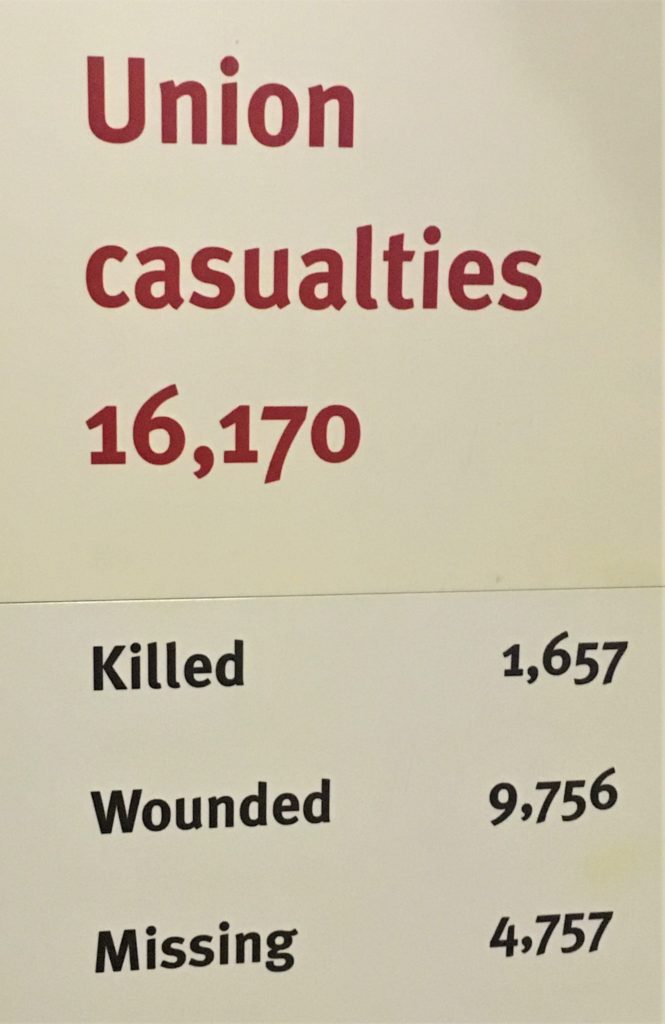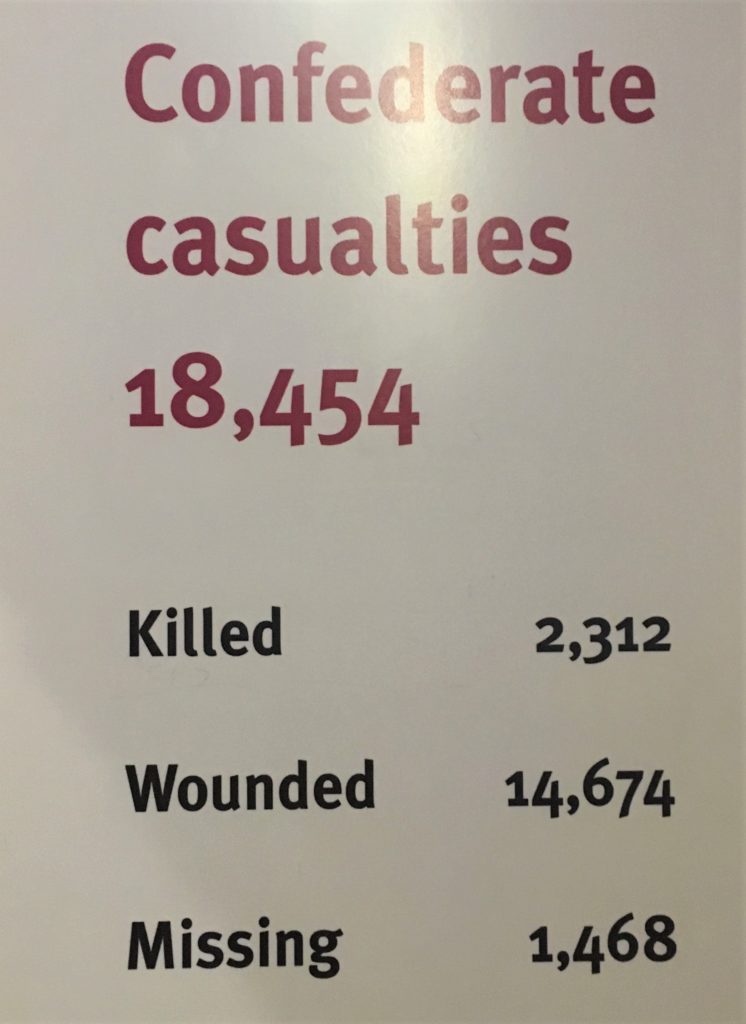Raccoon Mountain, Chattanooga, Tennessee
And God said, “Let there be an expanse between the waters to separate water from water.” And God called the expanse ‘sky’. ~ Genesis 1:6, 8
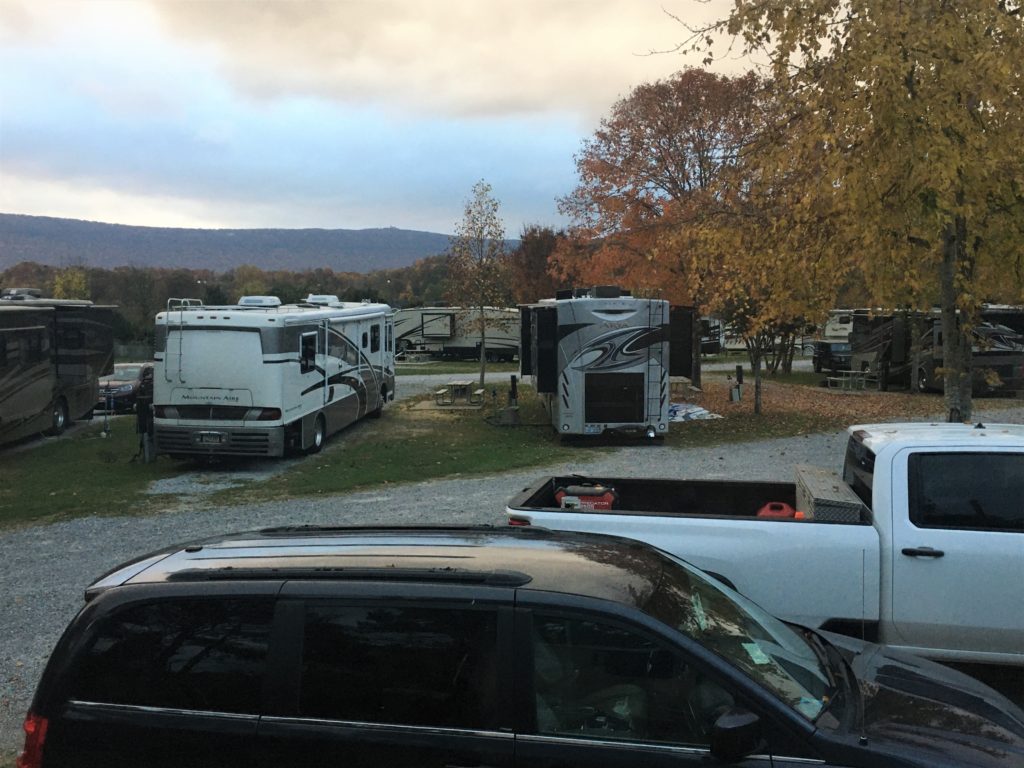
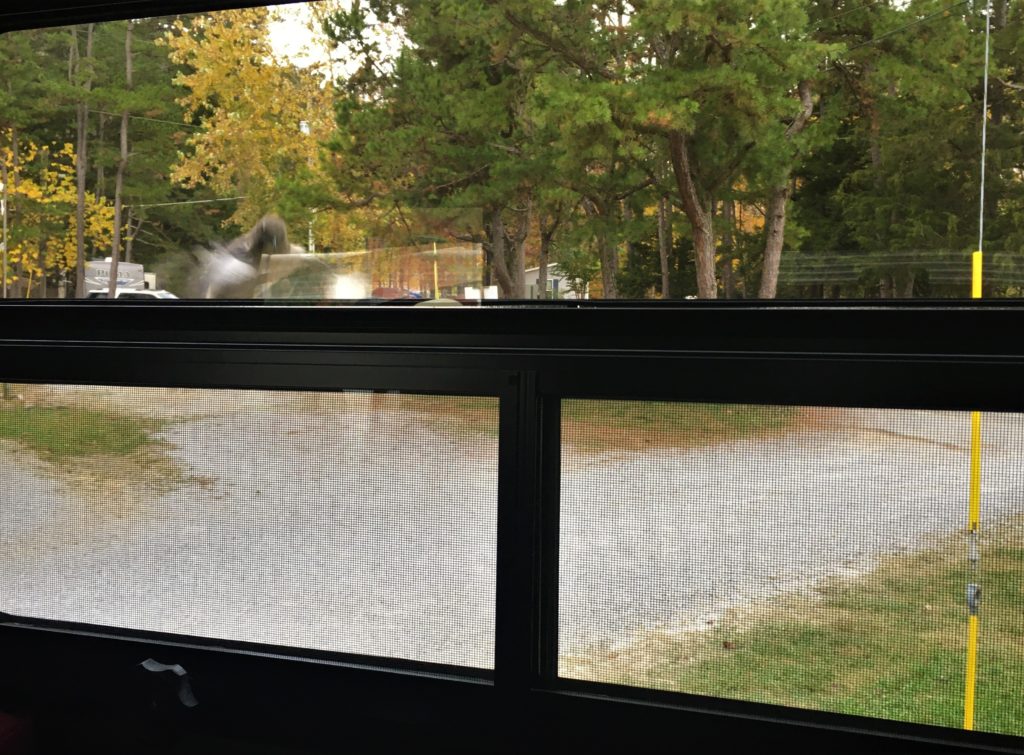
This is a mockingbird who insisted on knocking on our “breakfast table” window this morning!
It seemed like he was either trying to land on it, or get in.
We’re not quite sure . . .
He was flapping his wings around so fast, this was the best picture I could get.
Check the upper left for the gray blur. : )
Today we visited the nation’s first Military Park. Established in 1890, Chickamauga and Chattanooga National Military Park was created to commemorate the Civil War battles that took place in these two towns. It was a very nice park and museum! Lots of history that they don’t teach in school – and should. Maybe then people wouldn’t be so anxious to tear down our monuments dedicated to these brave and sacrificial men.
But before we got to that, we stopped momentarily in downtown Chattanooga to get information from their Visitor Center, but once we found it, we discovered it was closed! Like possibly permanently! There were no brochures, or anything to help out! Crazy!
We put two dollars in the parking meter at the street, which gave us two hours to walk around, and we experienced some interesting things.
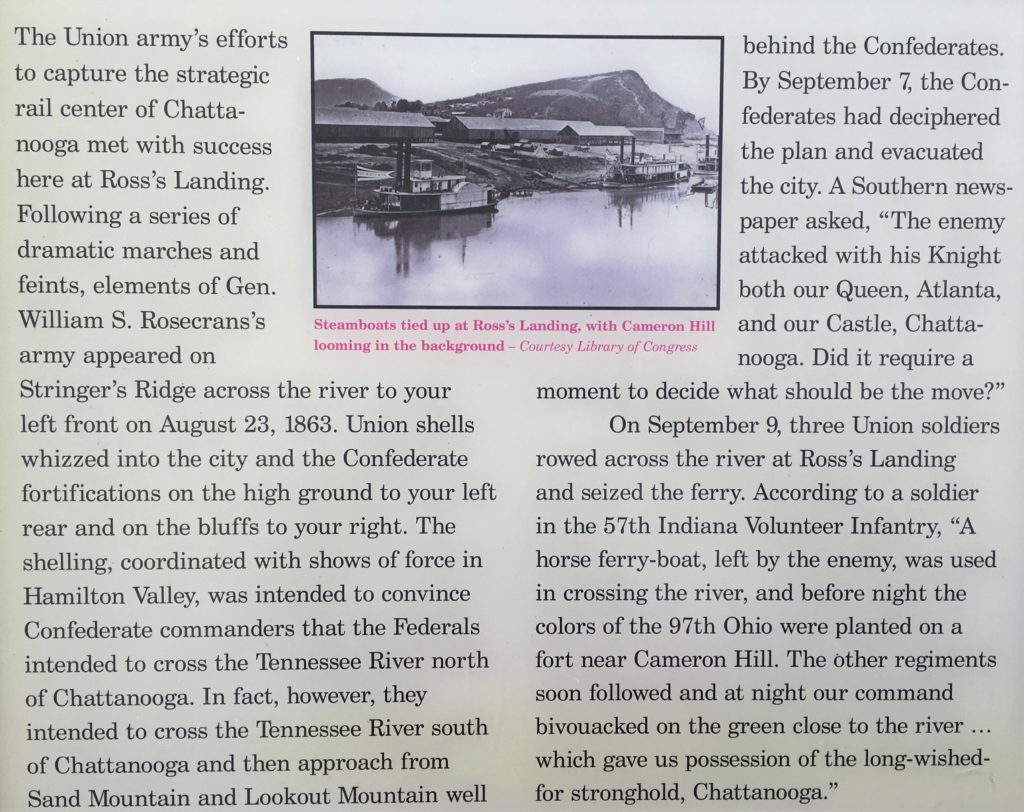
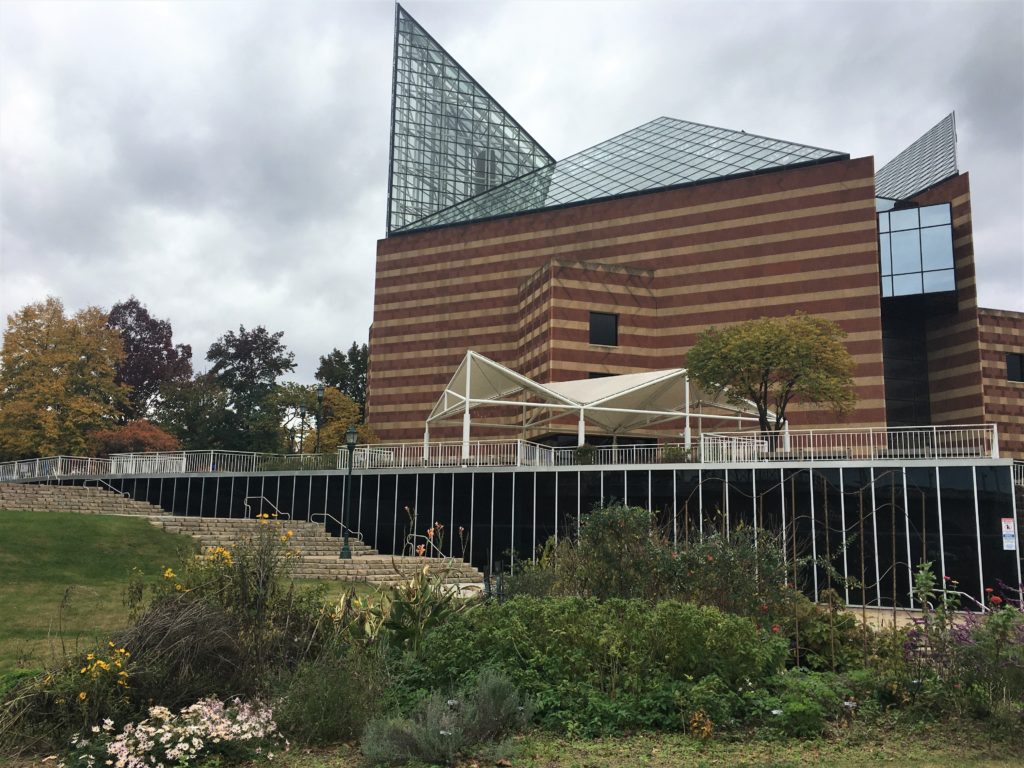
My brother, David, (who used to live here) recommended it,
but we didn’t take the time to go. Maybe next time!
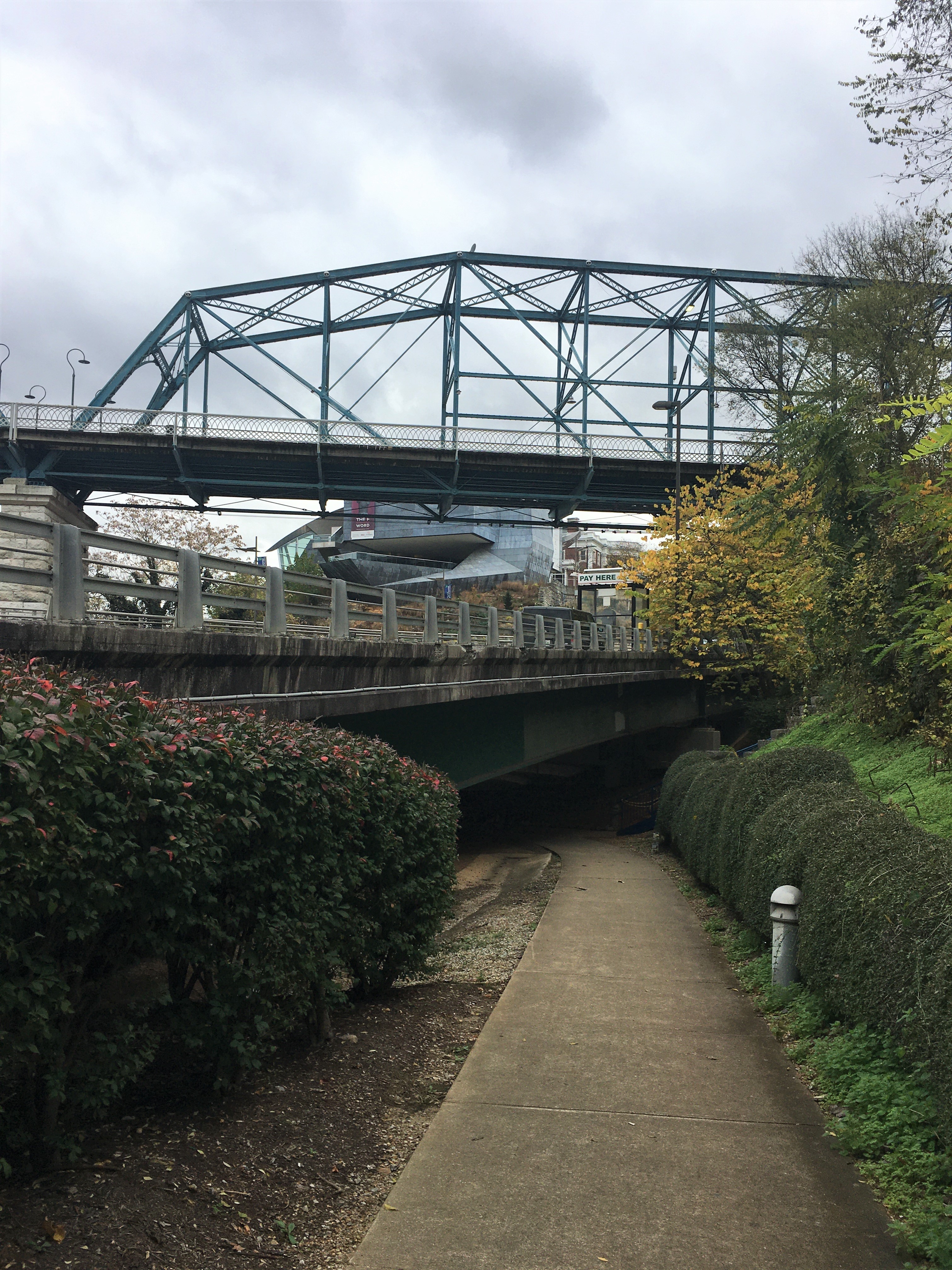
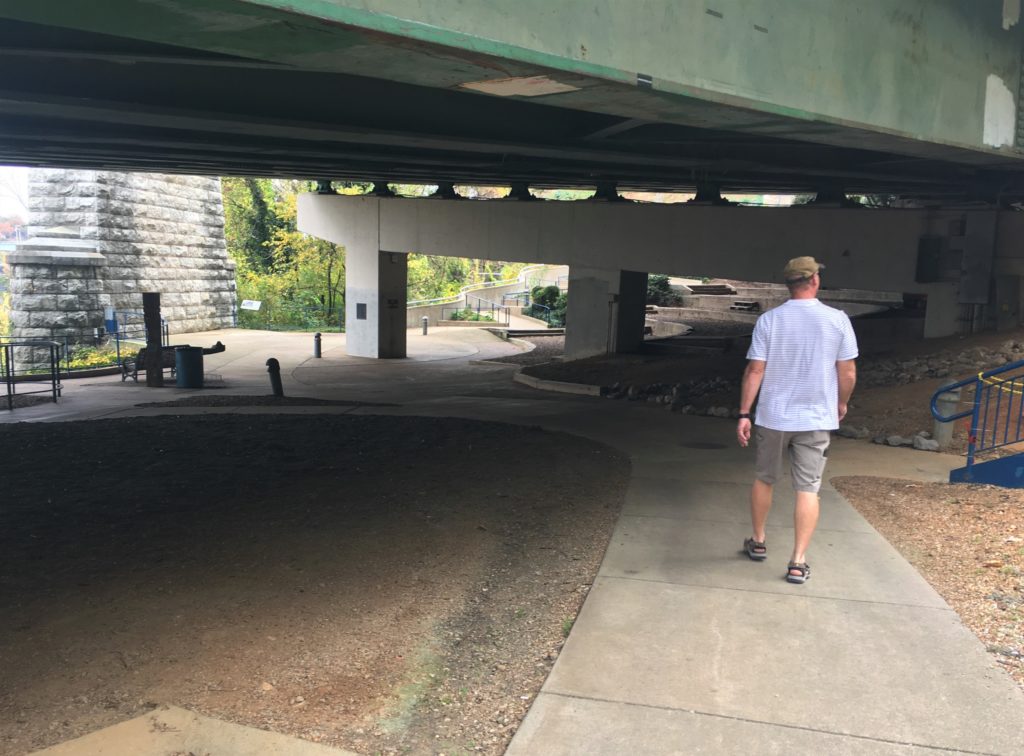
I don’t have a picture, but there was actually a man living in a tent under here on the right.
We were very surprised the city allows him to do that.
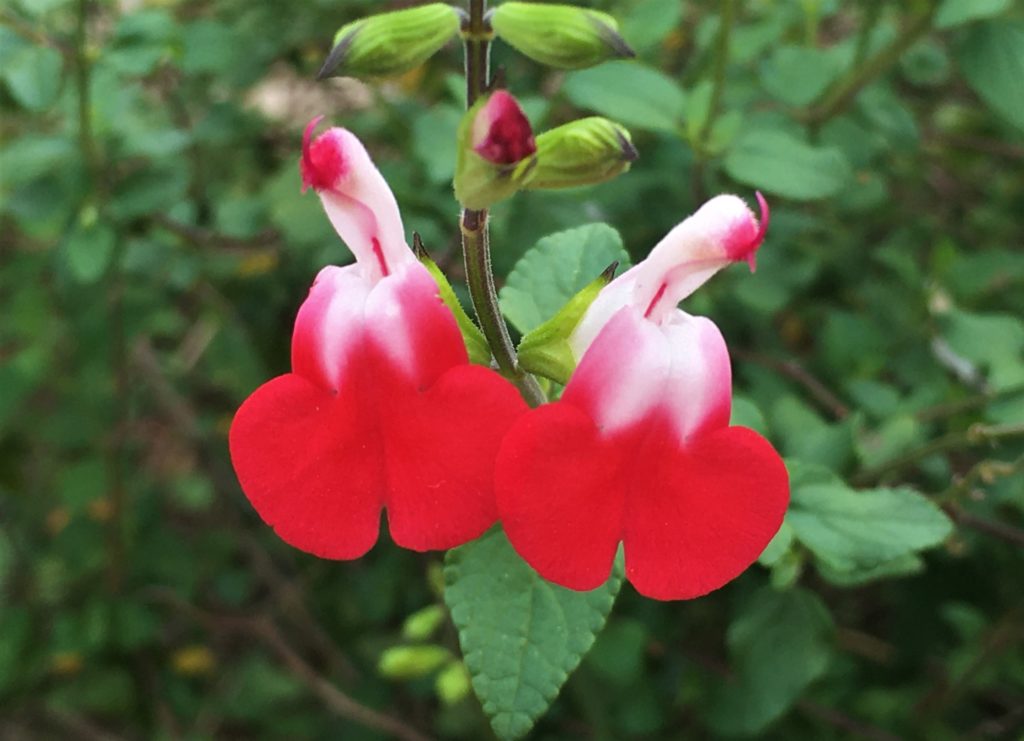
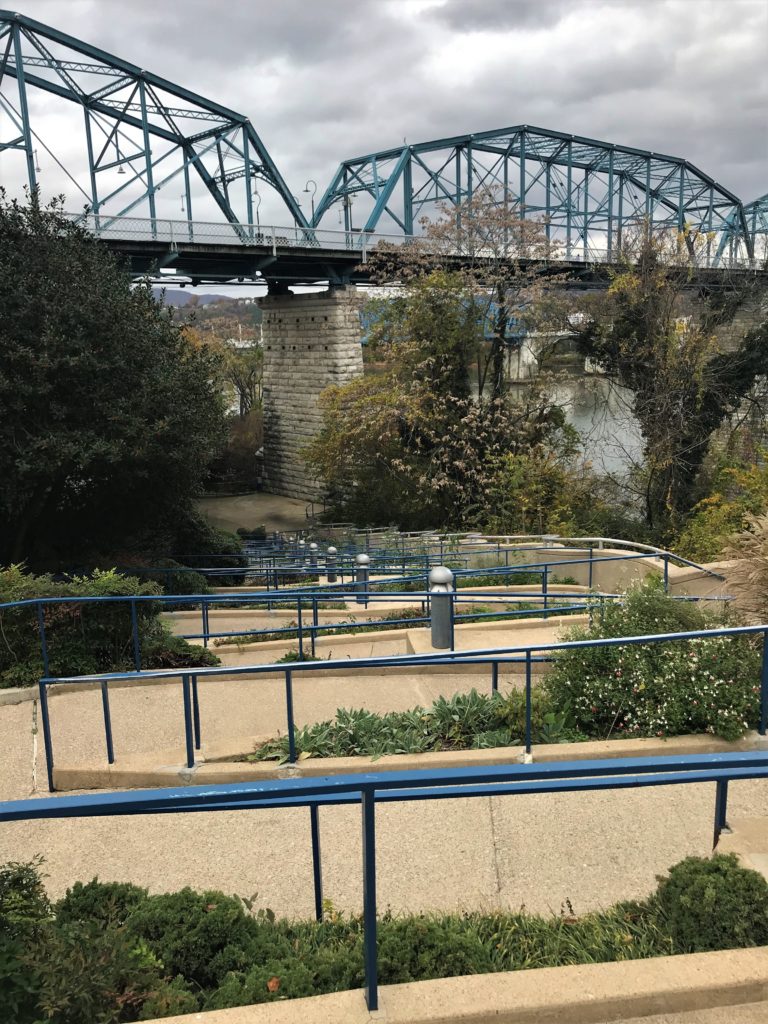
Those are switchbacks you have to take if you want to get to the bridge – – or get back from it.
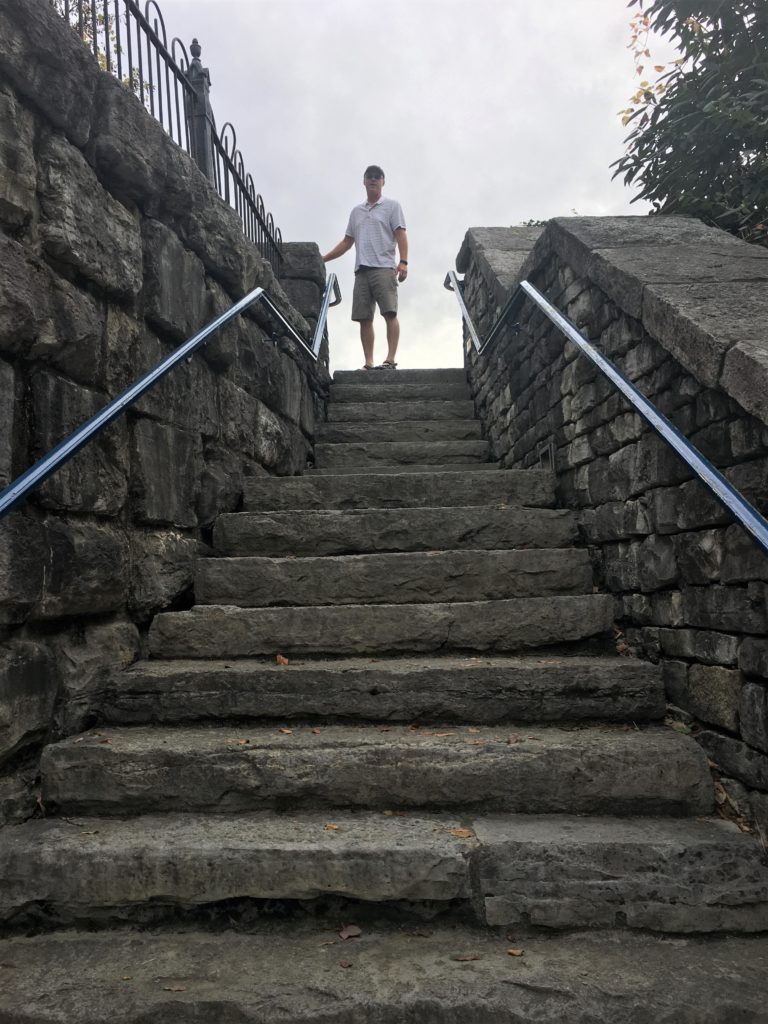
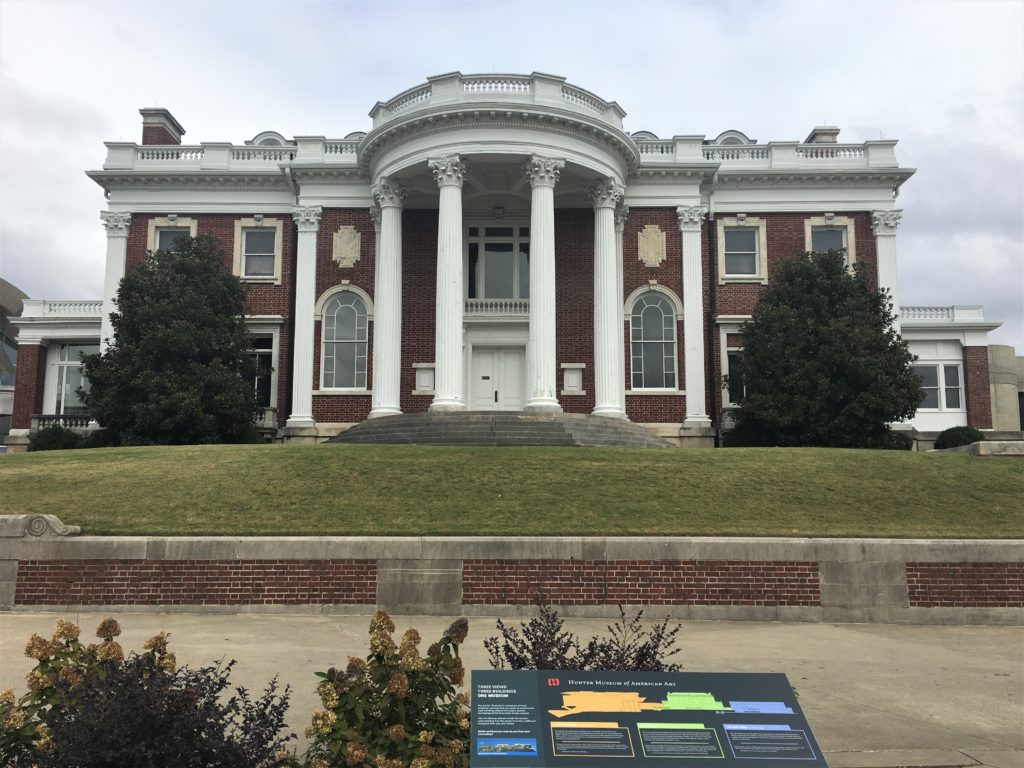
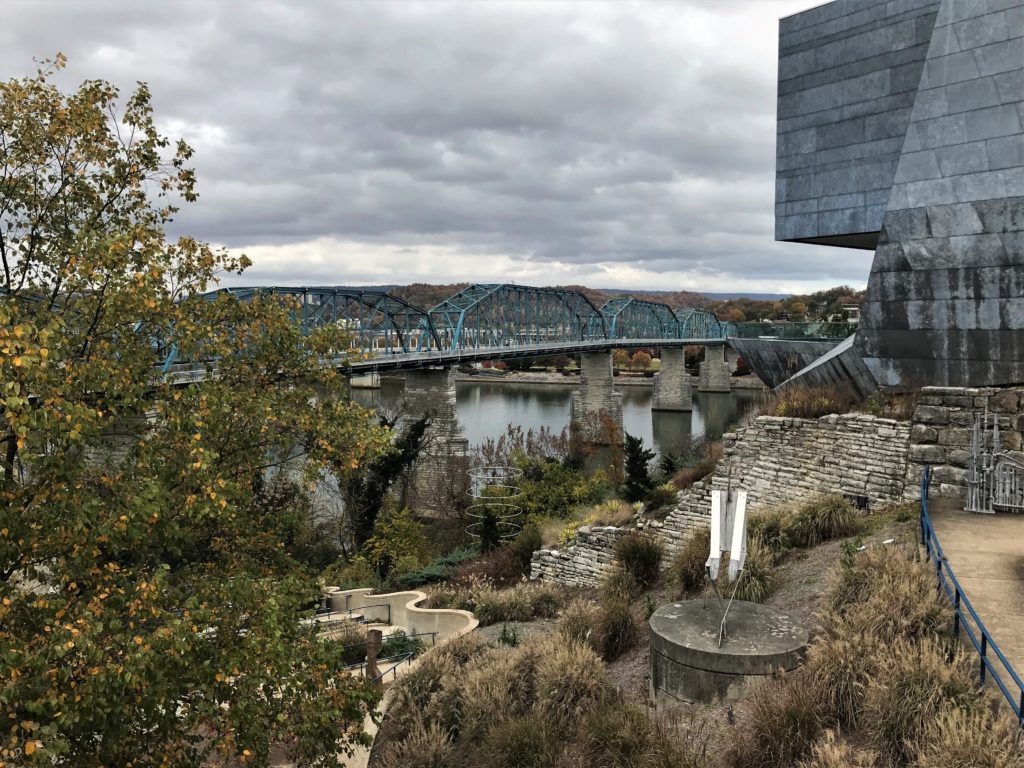
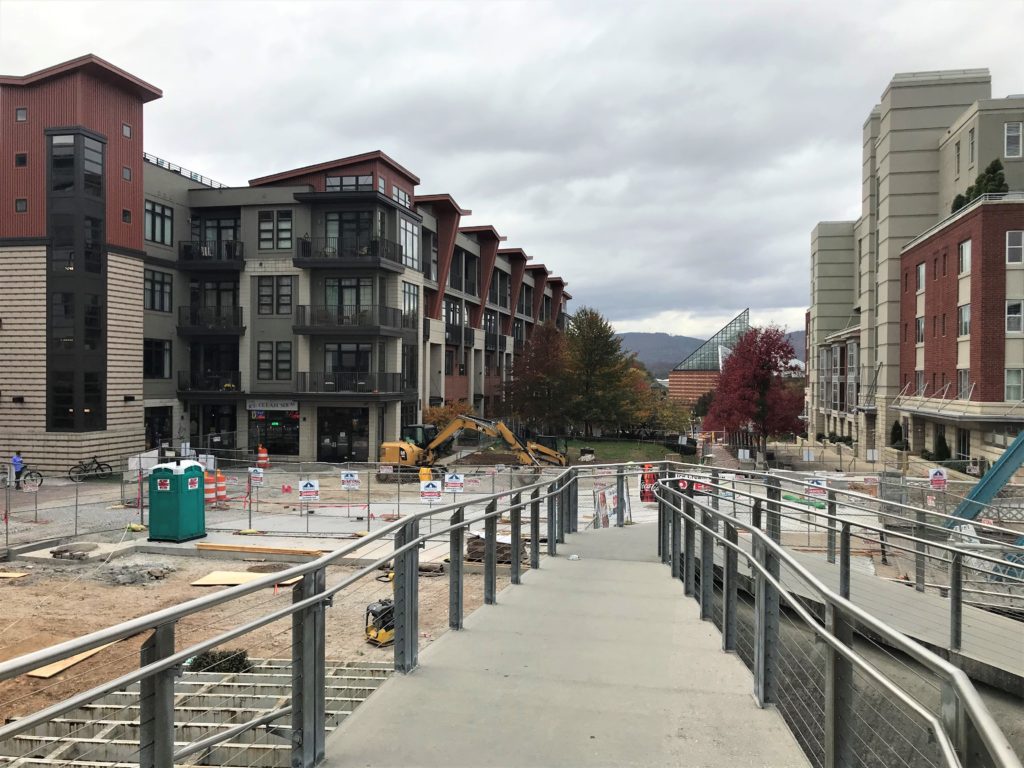
There’s some construction going on here, but they made it passable.
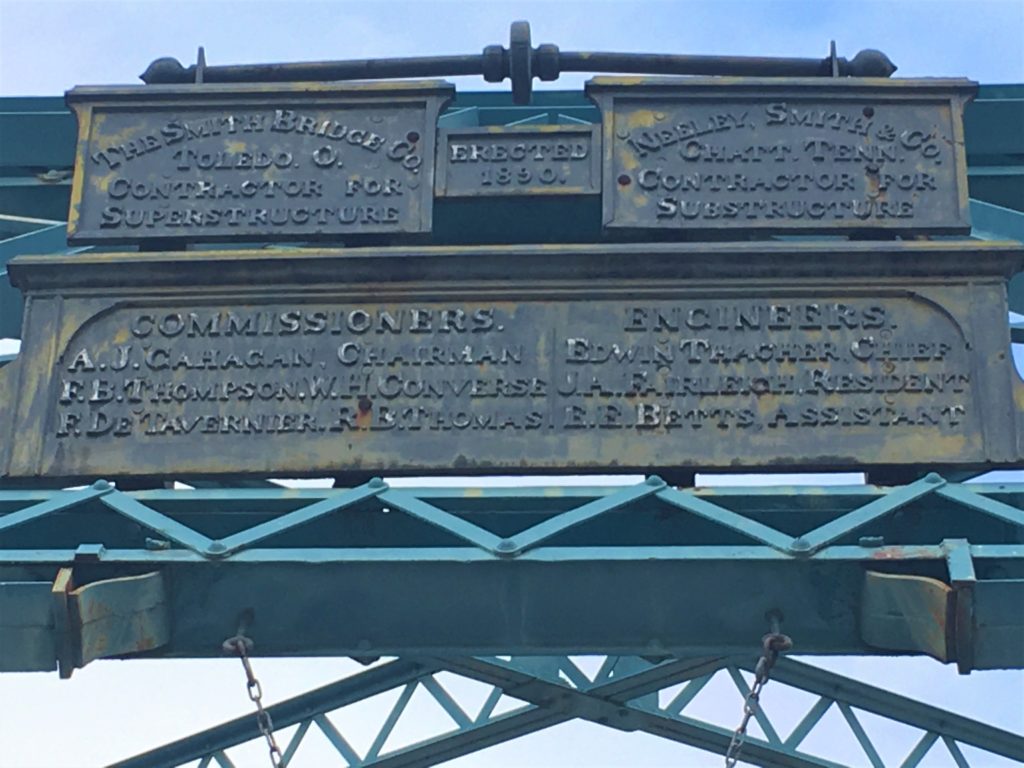
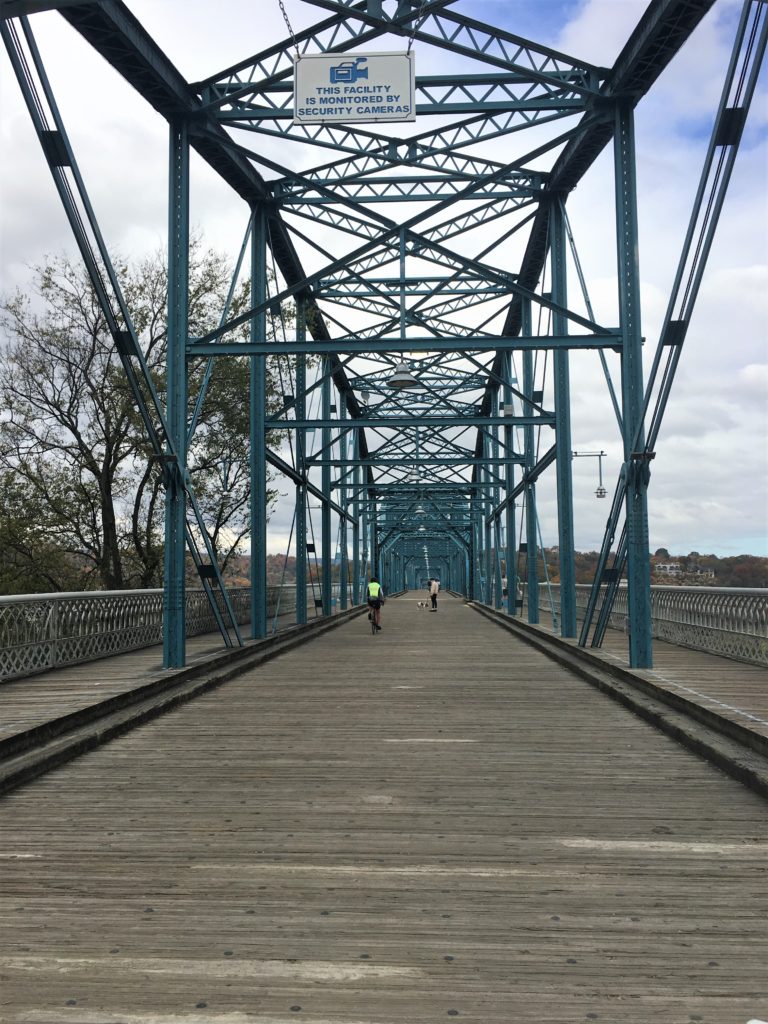
I wish I could tell you how long it is, but I can’t. It’s a fair walk though.
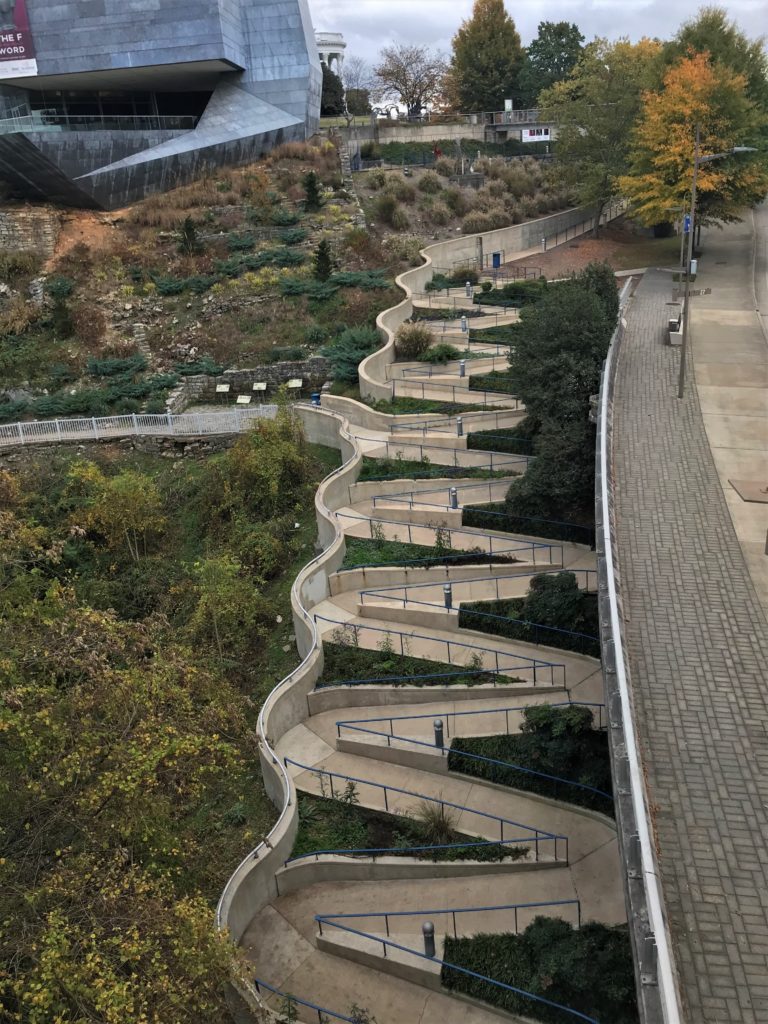
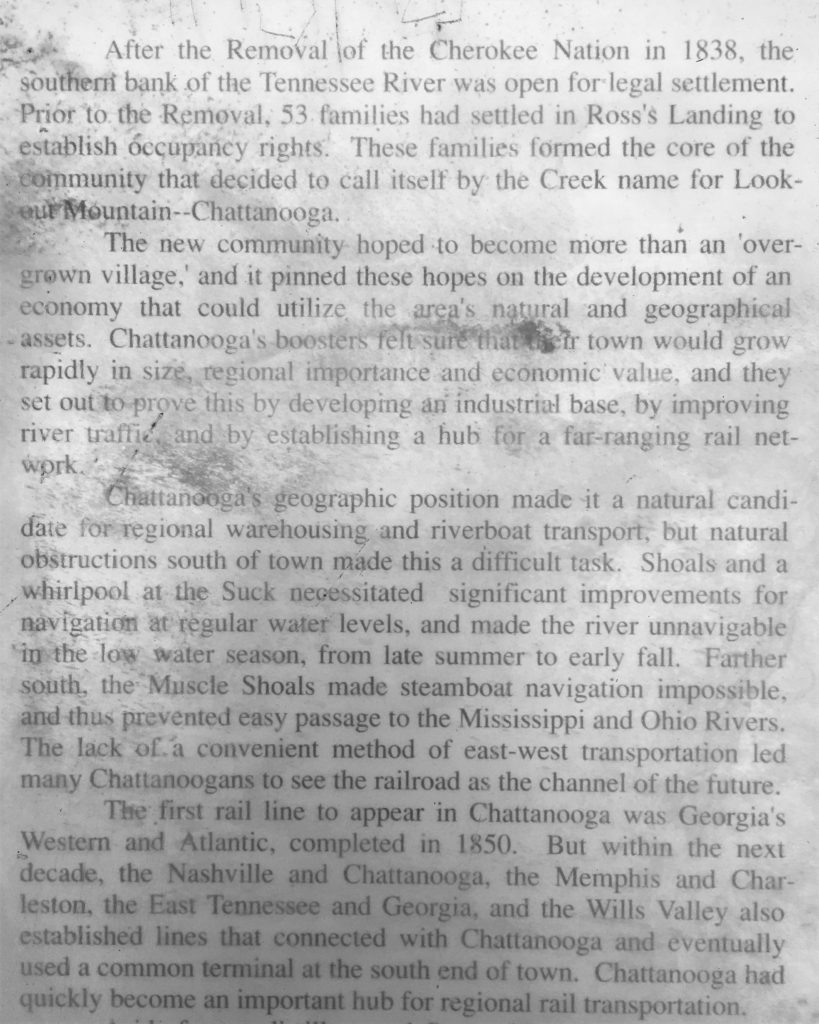
There was more, but a lot of it was really detailed, and I didn’t want to read it all,
so I figure you probably wouldn’t either. : )
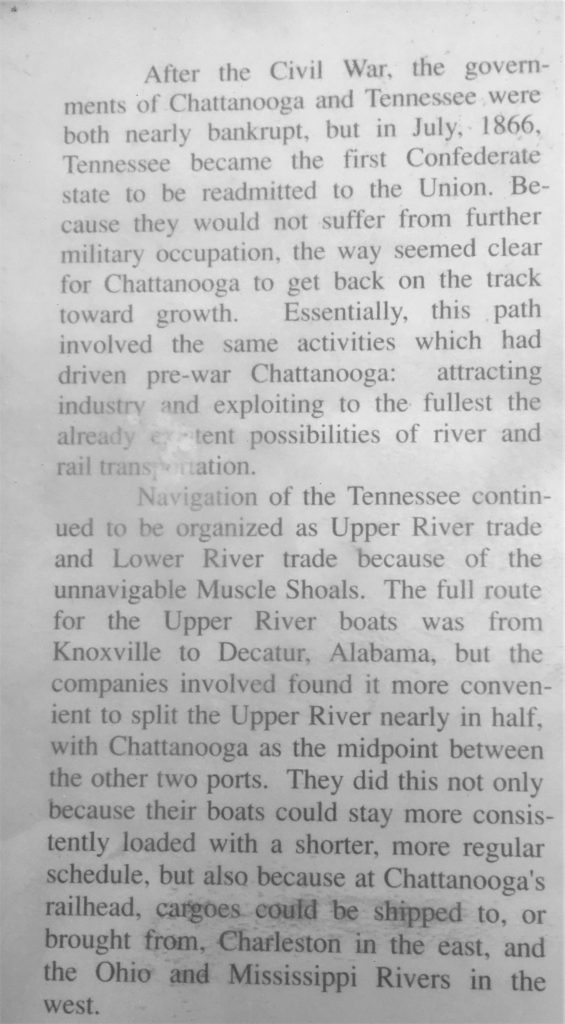
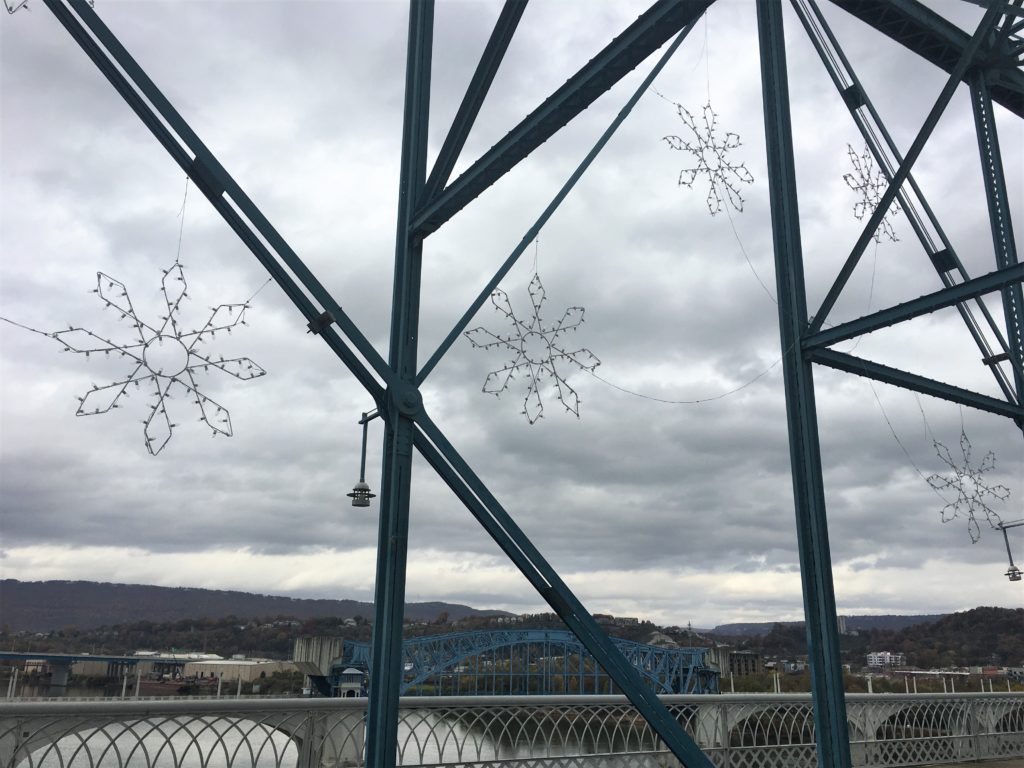
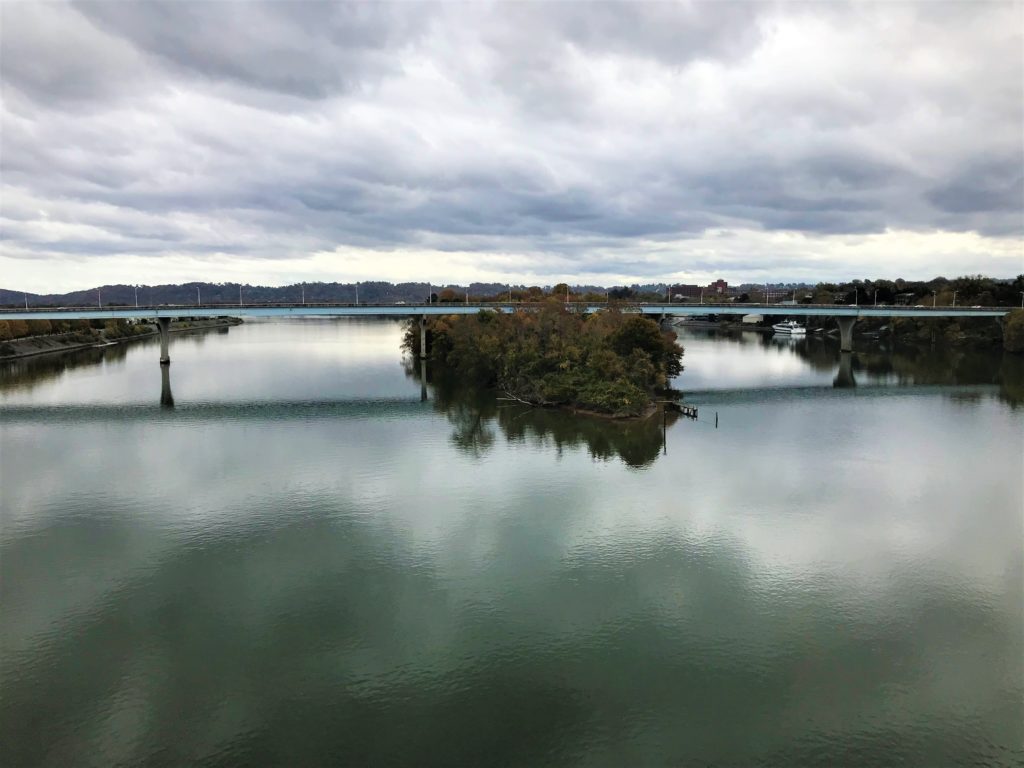
Yeah. I forgot to mention previously what river this is . . .
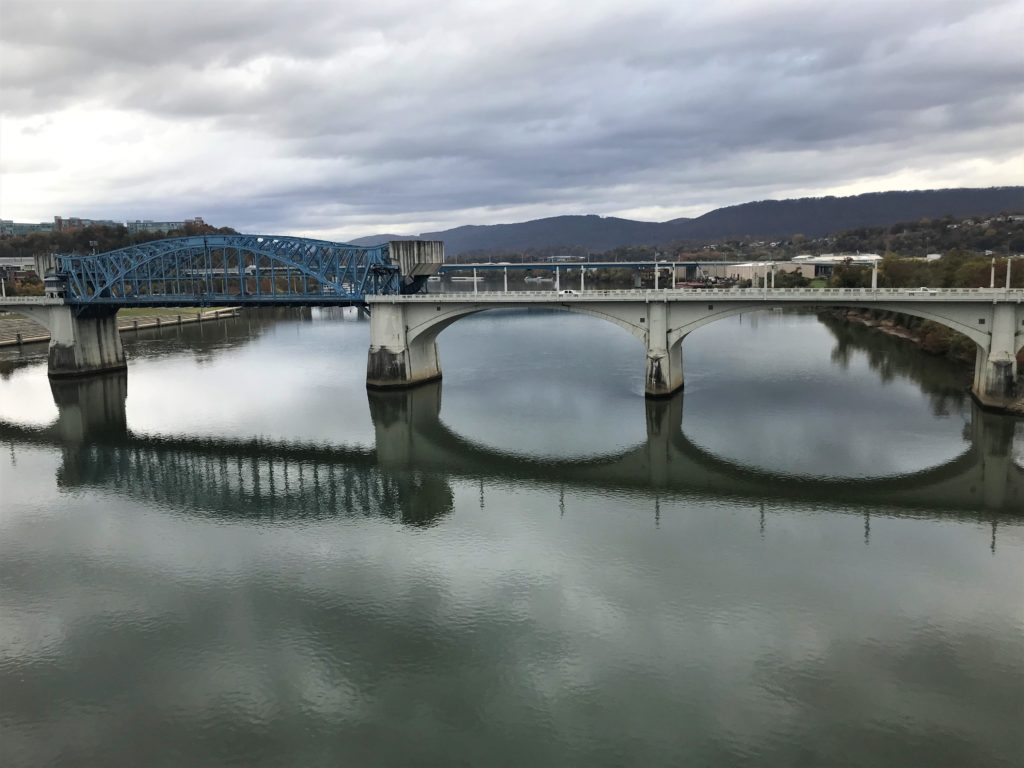
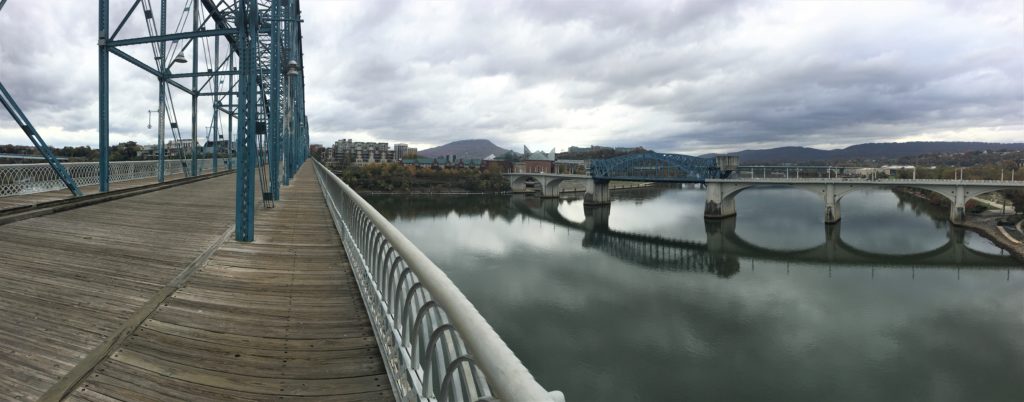
Probably the most humorous thing we saw all day (because there’s nothing humorous when you’re talking about war), was when we returned to the Jeep. There was a Budweiser semi parked across the street, and on the side panel it read . . .
. . . . are you ready???
“My other car is a Clydesdale” LOL!!
Now to the Park! This Park not only has an informative and well-presented Visitor Center (It was actually open!), it also has acres and acres of preserved battlefield grounds. So rich in history and well presented, it reminded us of Gettysburg. There will be numerous pictures of information we took in the museum, but let me give you a very brief rundown before we get started.
The purpose of the battle at Chickamauga was to ultimately capture (North) or retain (South) the railroad at Chattanooga. The Confederates wanted to keep it because it was a lifeline of supplies for them. The Union/Federals wanted it for the same reason. The Union believed, and rightly so, that if supply lines could be captured, the South would surrender due to loss of supplies (including food), and the North would continue to prosper.
For three days in mid-September 1863, they fought a fierce battle where there were nearly 35,000 casualties between the two sides (second only to Gettysburg which had 51,000). When the dust settled, the Confederates had retained control of Chickamauga and were in position to keep control of Chattanooga, and thus the railroad supply line.
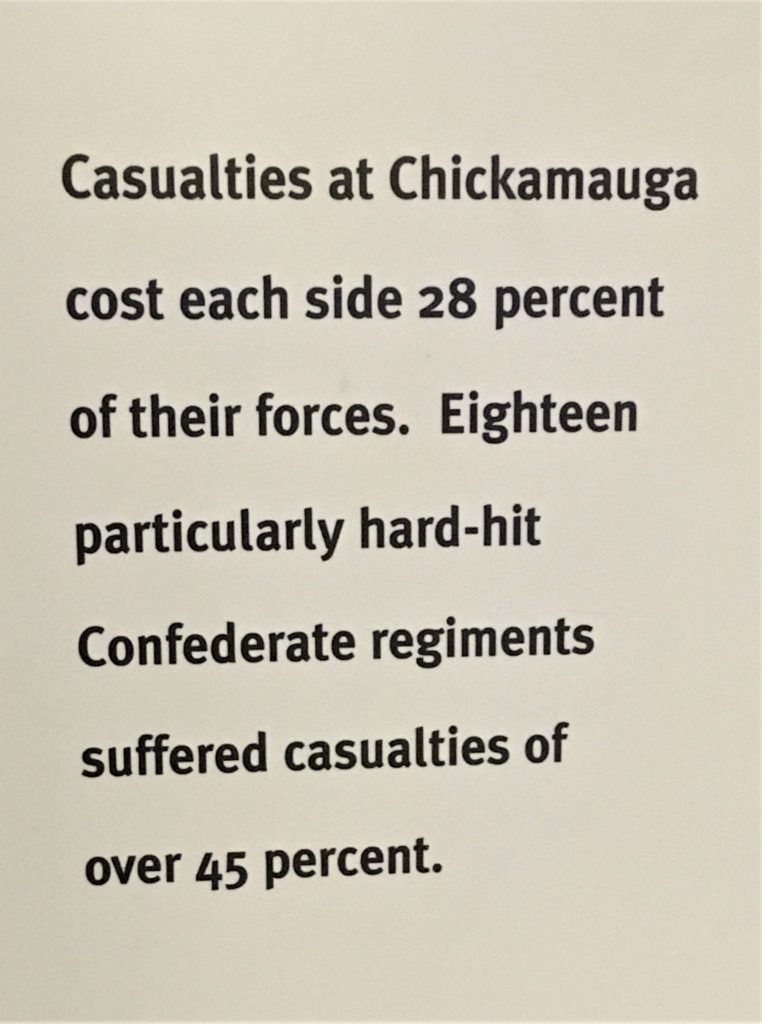
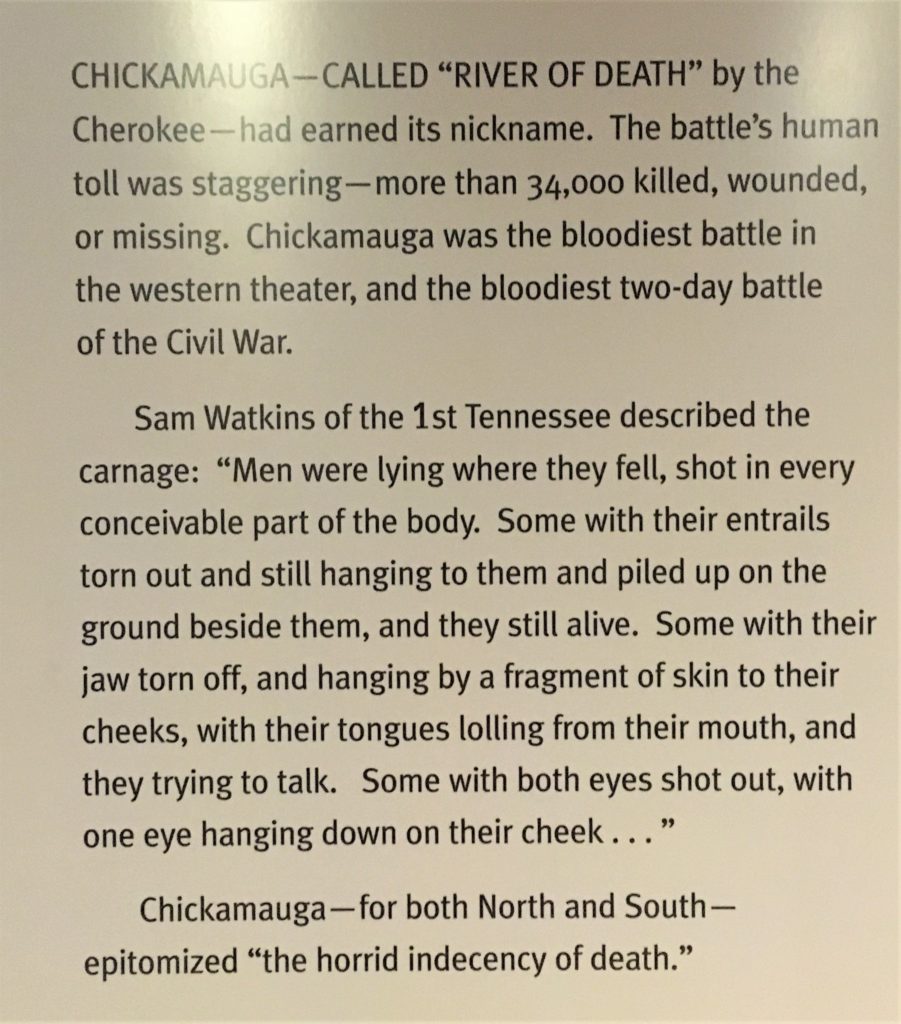
In light of the gruesome and extensive casualties and the exhaustion of his soldiers, the Confederate general (Bragg) made a decision to relax a bit and didn’t pursue the Union army further. In the Battle of Chickamauga, Bragg had lost 20,000 men – more than twenty percent of his force. Ten Confederate generals had been killed or wounded, and the losses among his junior officers had been severe. (State-of-the-art repeating rifles had demonstrated their fatal efficiency at the Battle of Chickamauga. Col. John T. Wilder’s famous “Lightning Brigade” of mounted infantry was the first brigade in the Federal army to be armed with Spencer rifles, which enabled the shooter to get off 14 rounds per minute, as opposed to the 2-3 shots per minute of an average Civil War rifle.) But even with the advent of the repeating rifle and the depth of casualties, the Confederates had retained control of Chickamauga.
Two months later, in November, 1863, three more days of fighting in three separate battles (known as the Battles of Chattanooga) took place.
In the intervening months, the Confederates had control of the supply line, and the Union troops were starving to death. Many of their mules and horses died. Rations were provided only every three days and consisted of but four cakes of hard bread and a quarter pound of pork.
And then, in mid-October, General Ulysses S. Grant was given command of the area. The first thing he did was to remove the previous Union commander (Rosecrans), who had retreated at Chickamauga, and replaced him with a man who’d proved his mettle in the Chickamauga battle (Thomas). Next, Grant opened up a supply line to feed his troops.
By November, things were in place to fight. Had Grant’s plan been carried out properly, the fighting would’ve been finished in a day. In the end, of the 121,400 men engaged, there were 13,824 casualties. But the victory was Grant’s.
Here are some pictures we took, so you can read for yourselves:
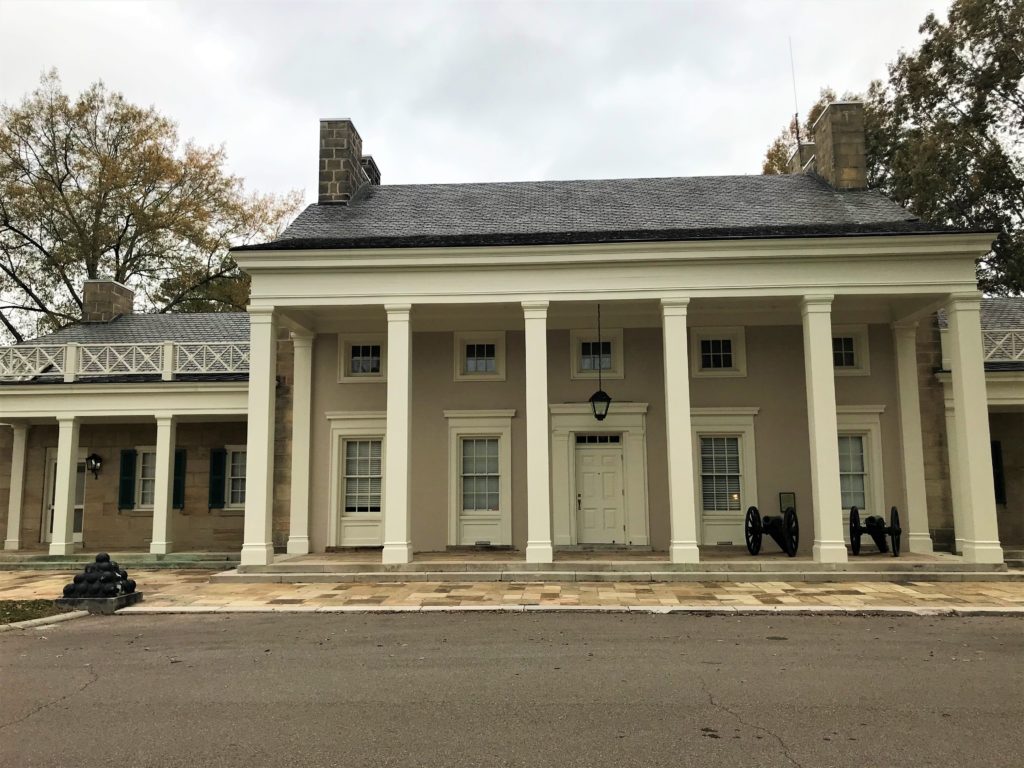
This portion was built in the 1950s.
We went in on the left side into an addition.
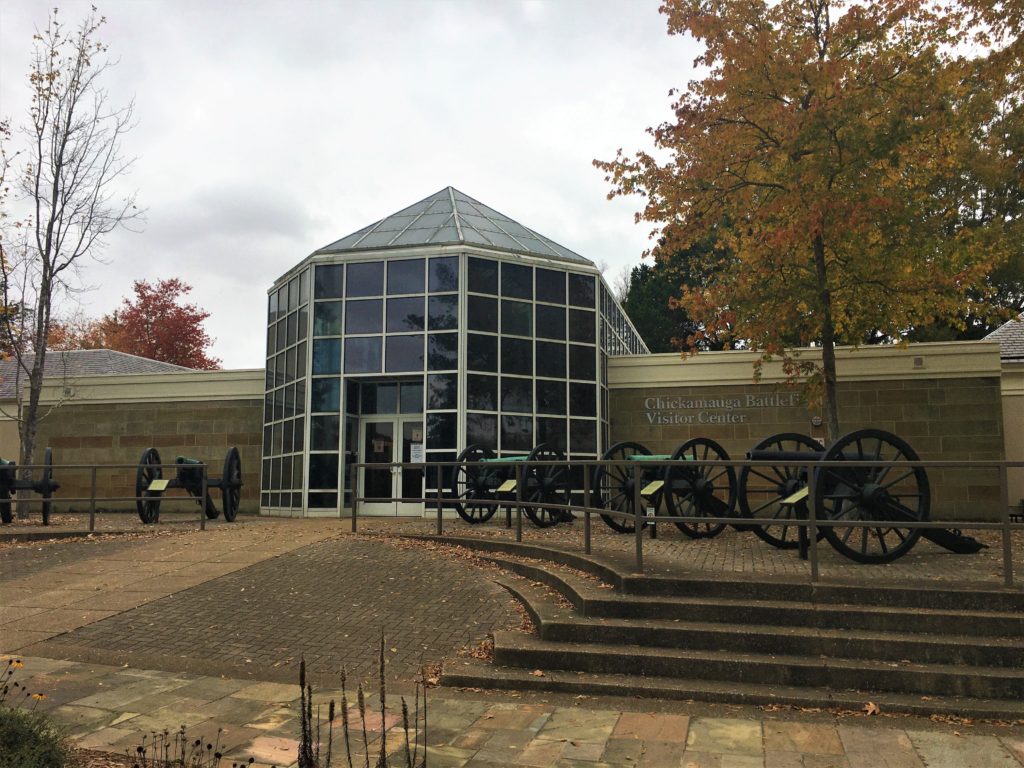
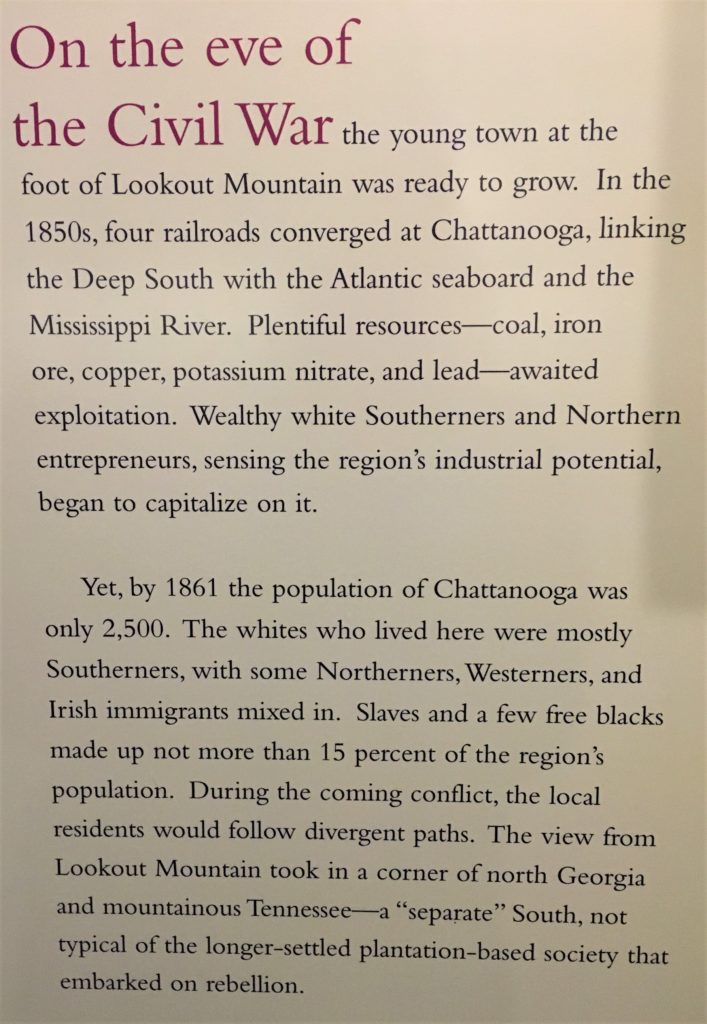
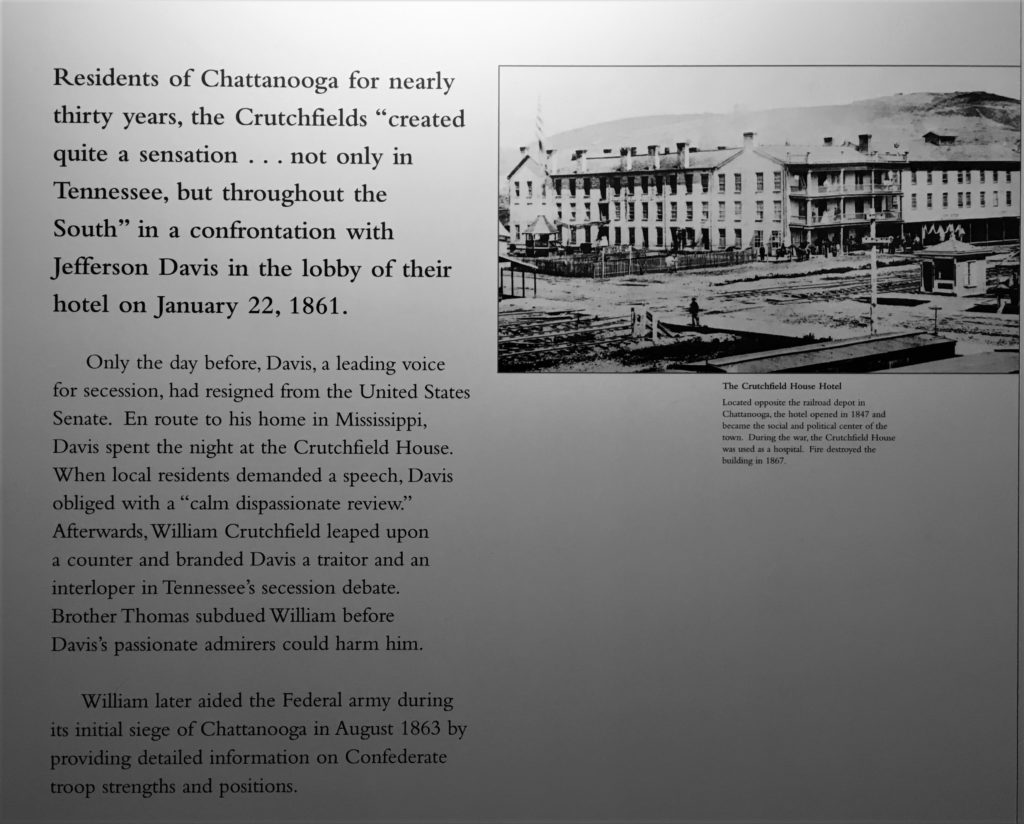
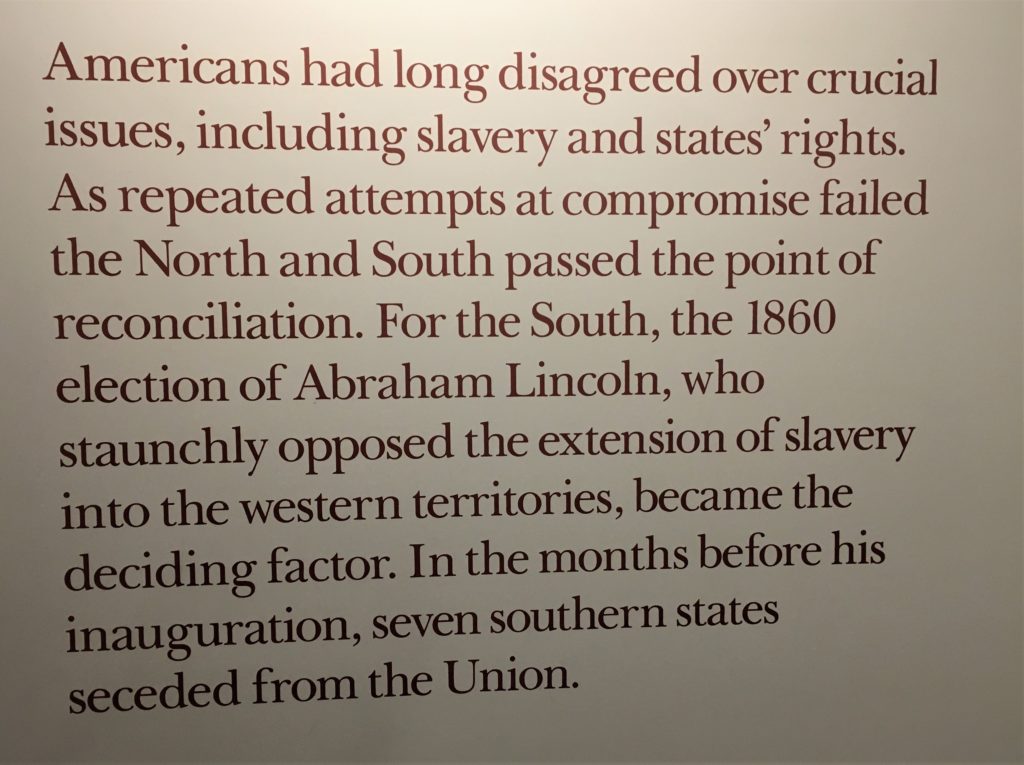
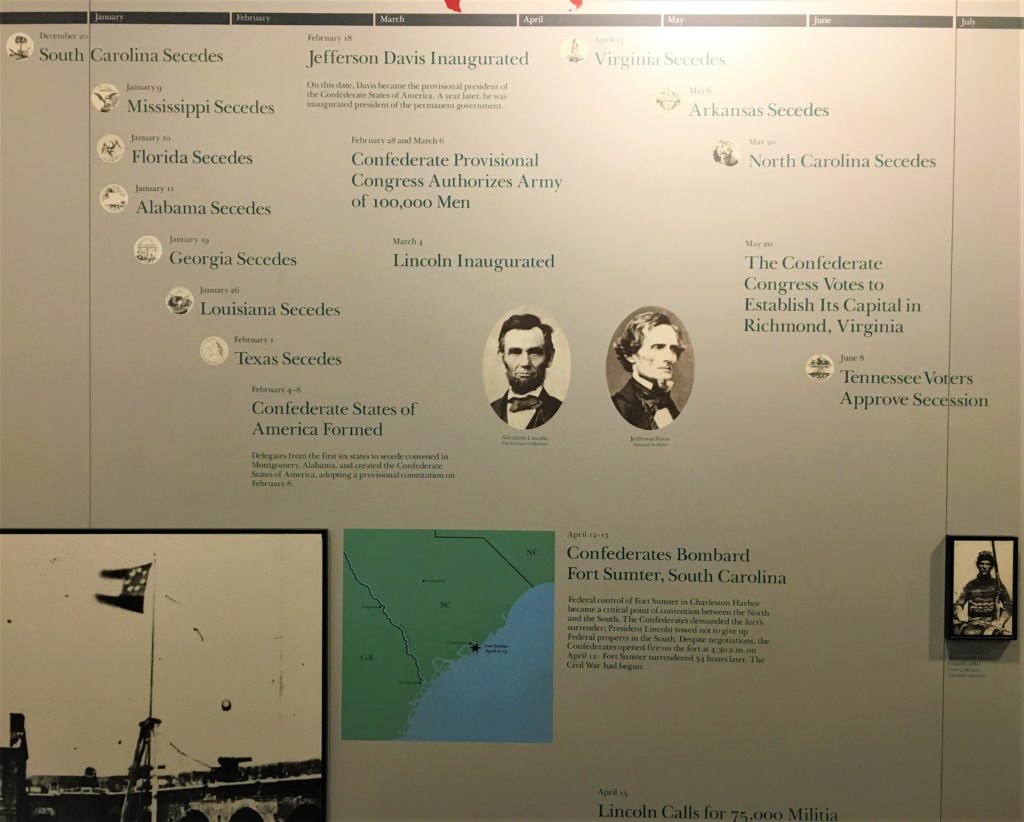
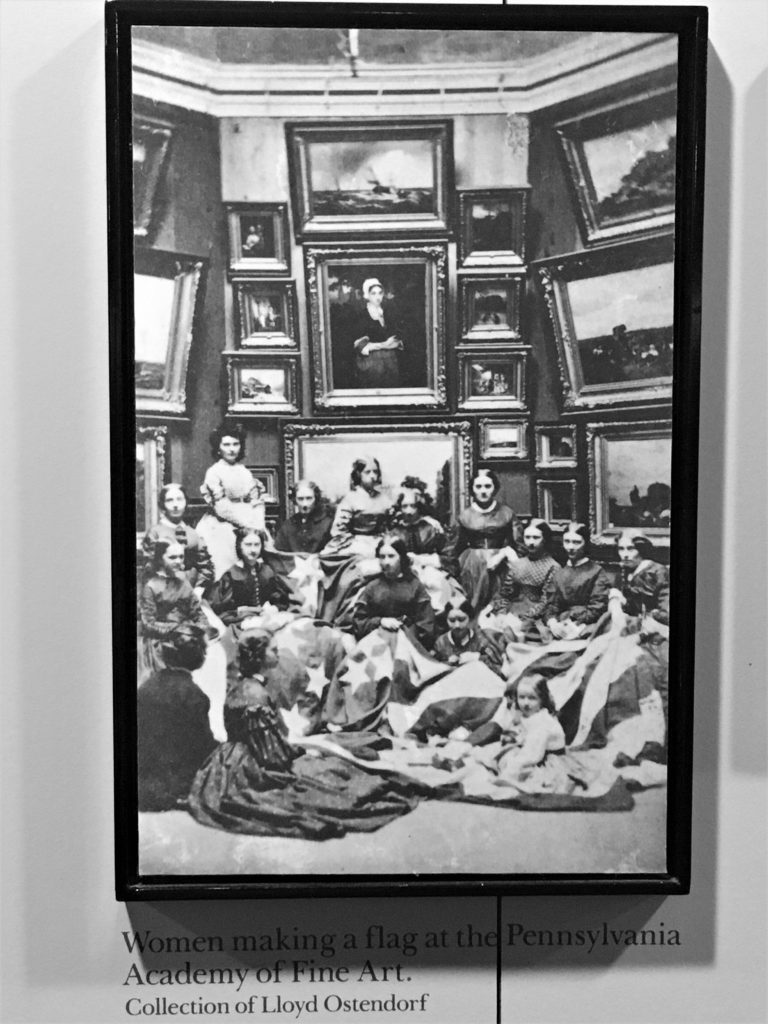
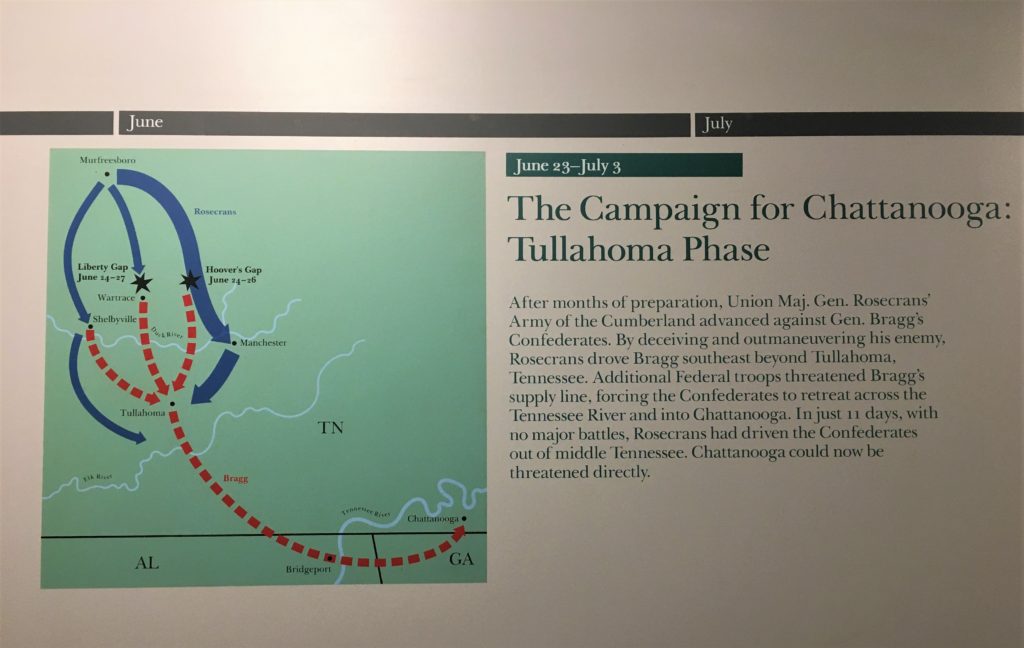
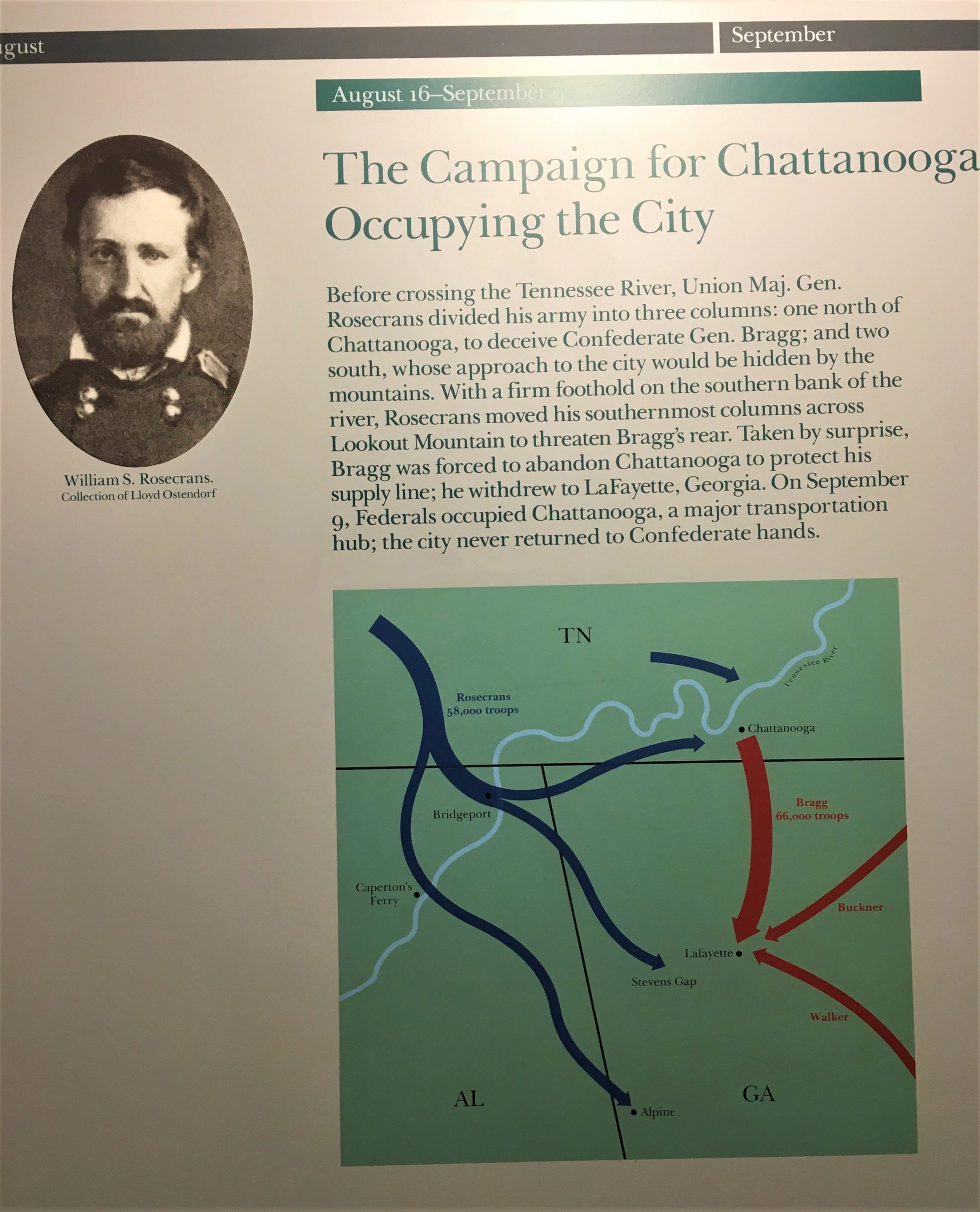
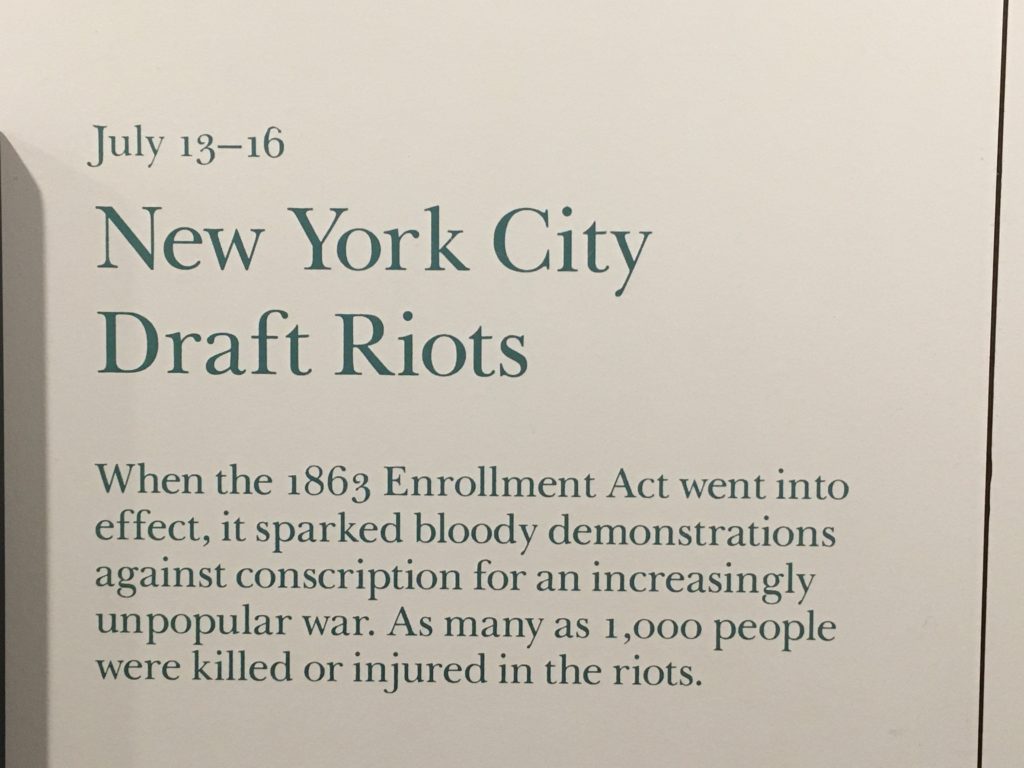
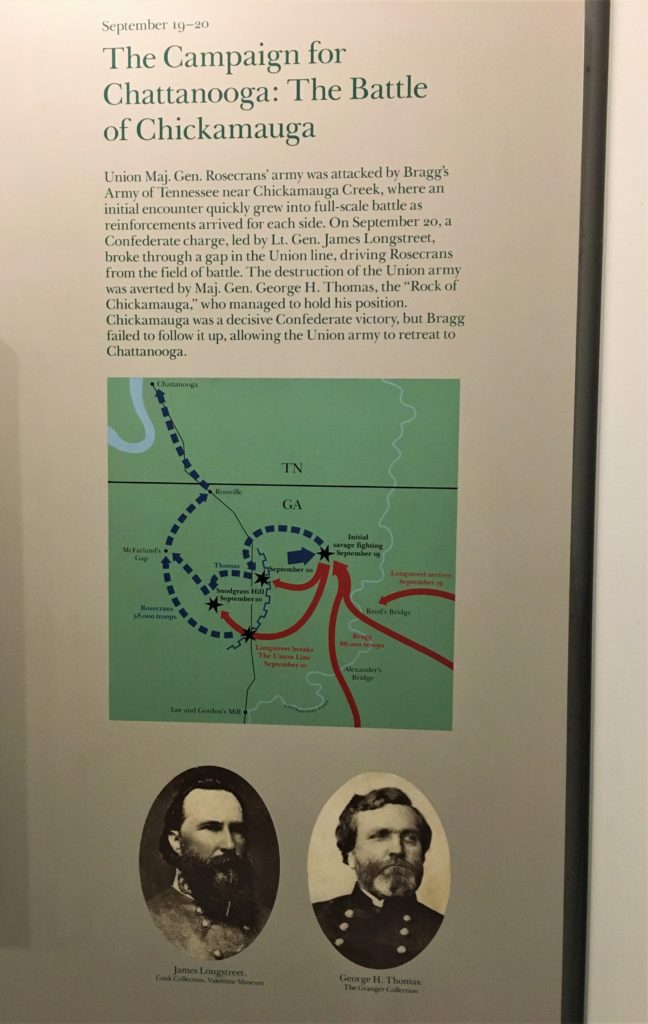
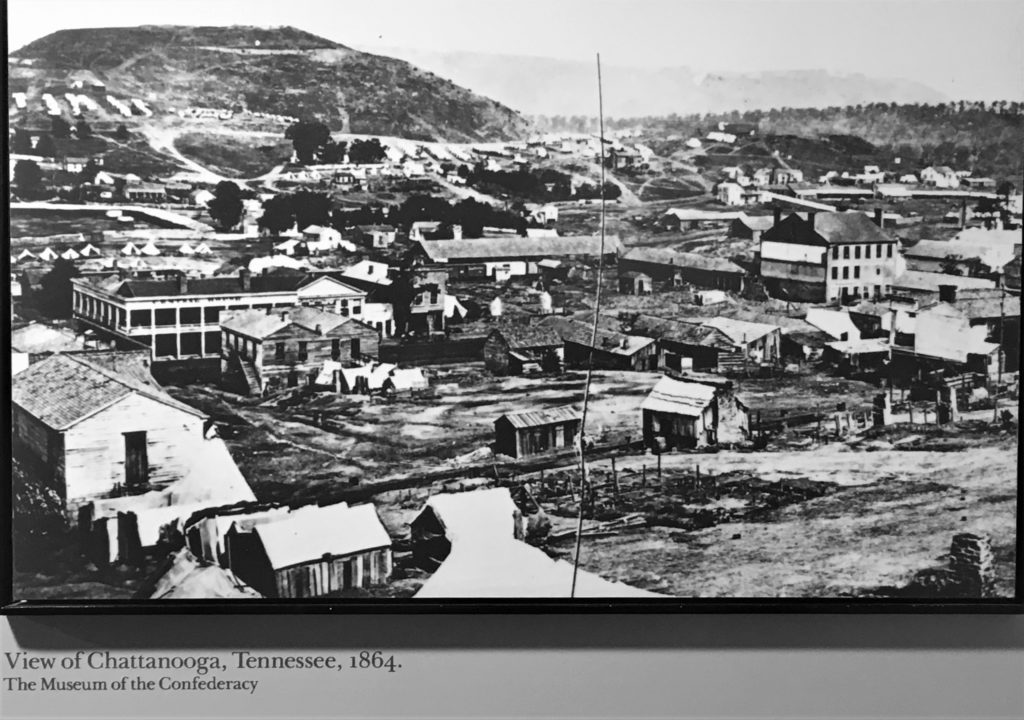
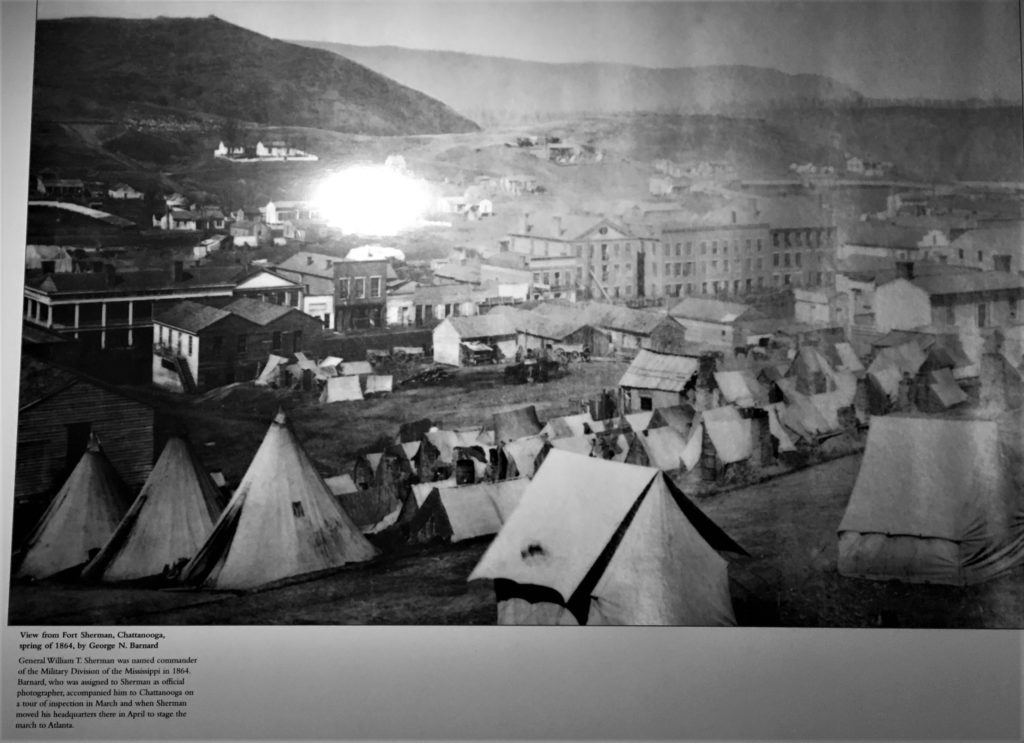
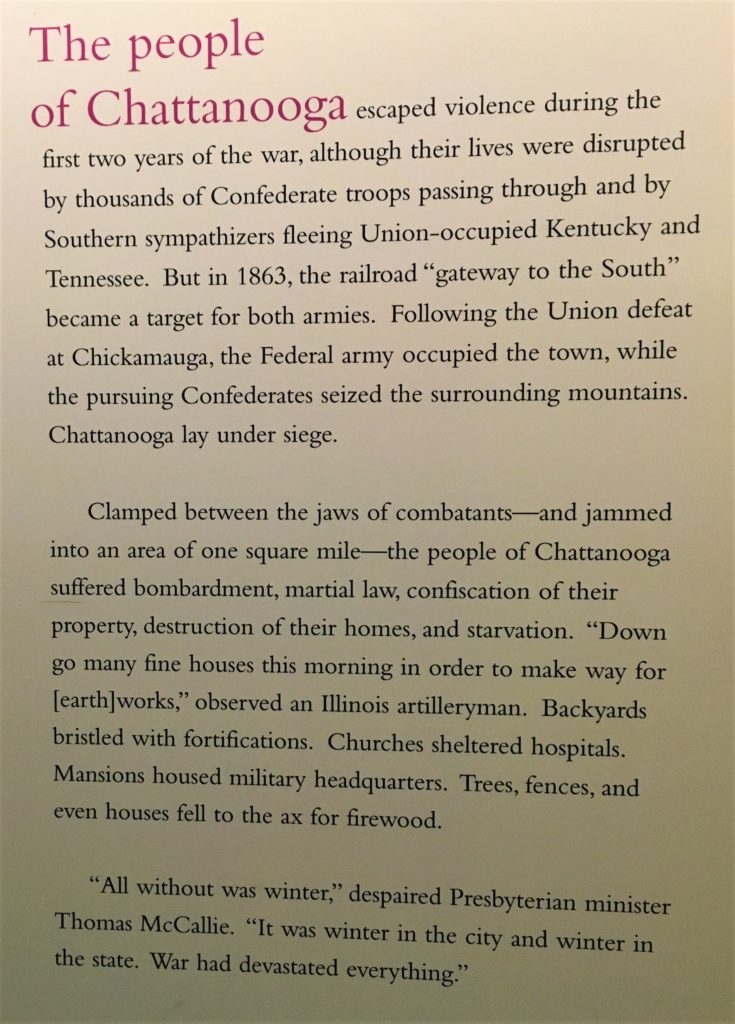
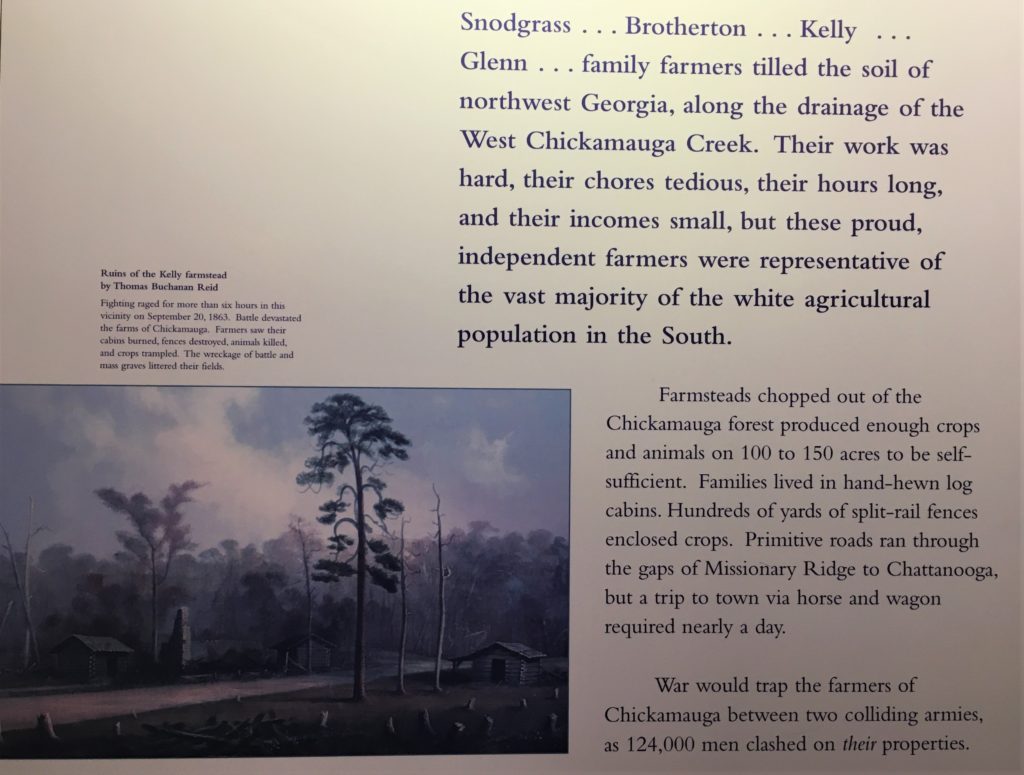
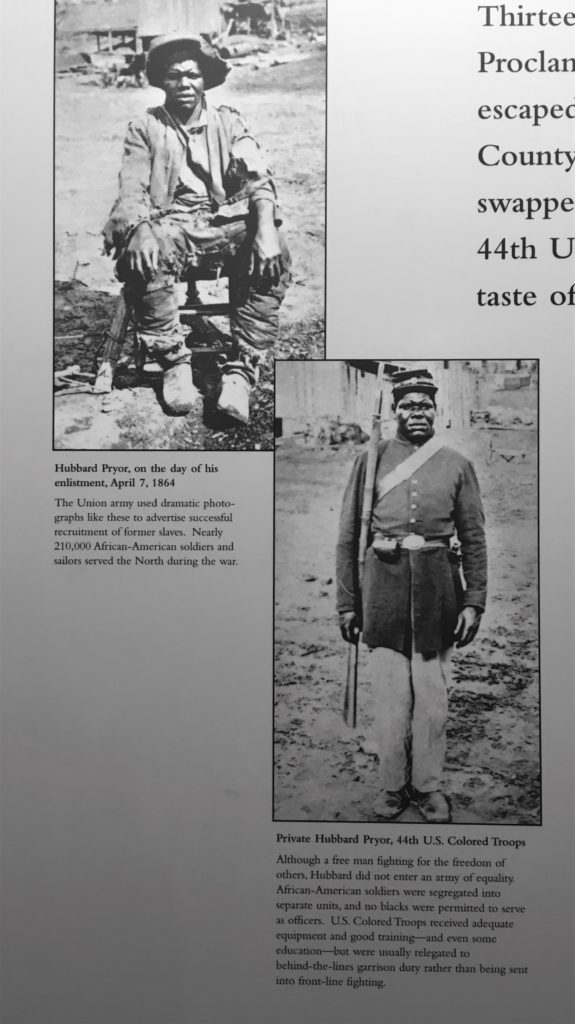
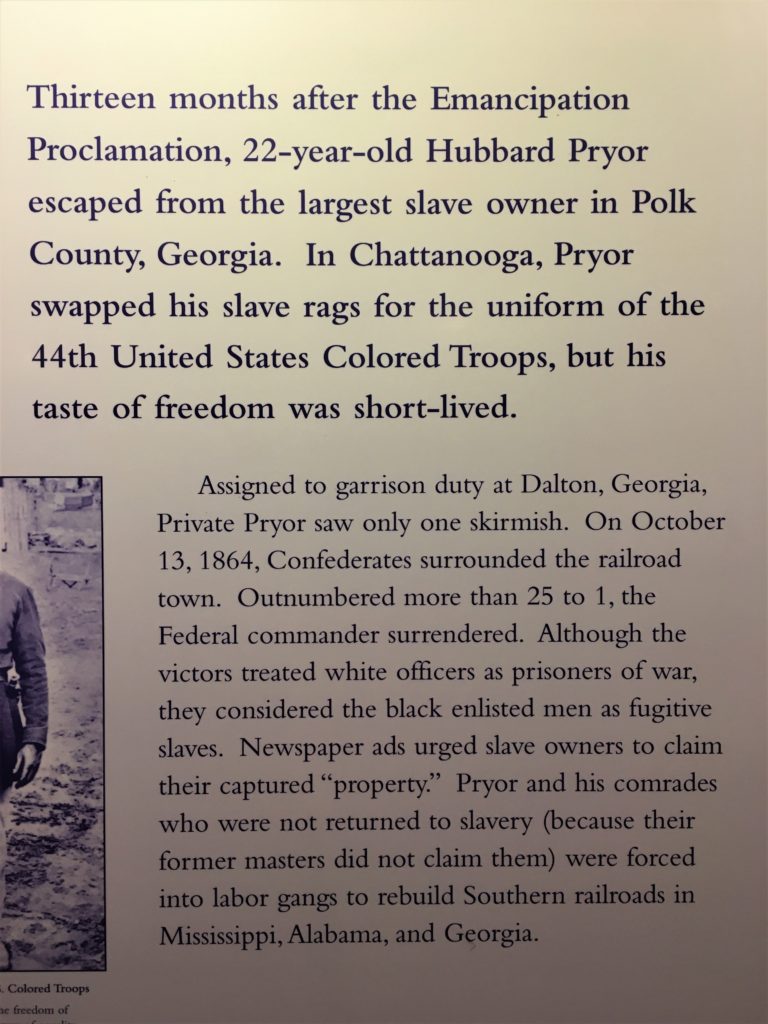
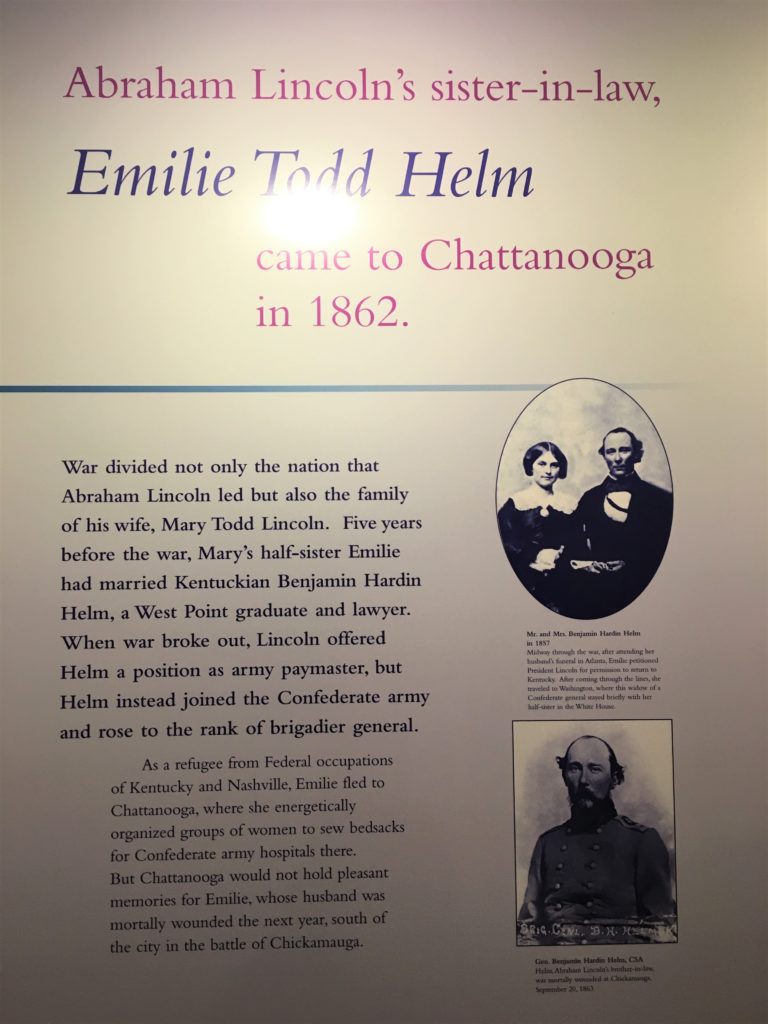
But then, we often don’t consider that President Lincoln
had other family besides his wife and children . . .
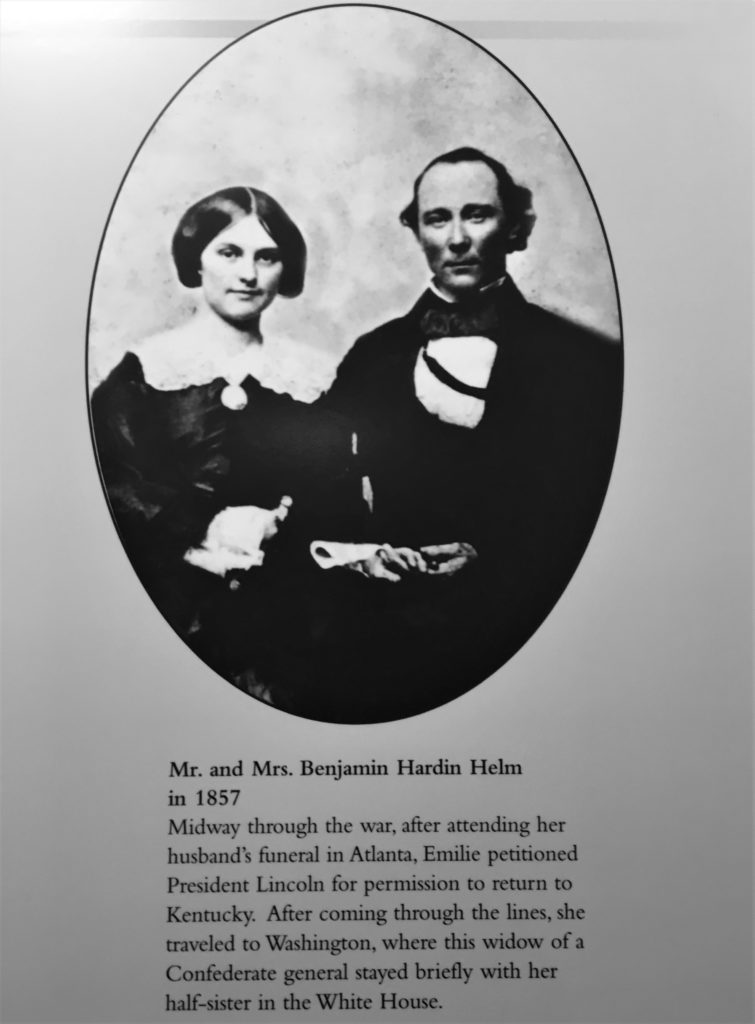
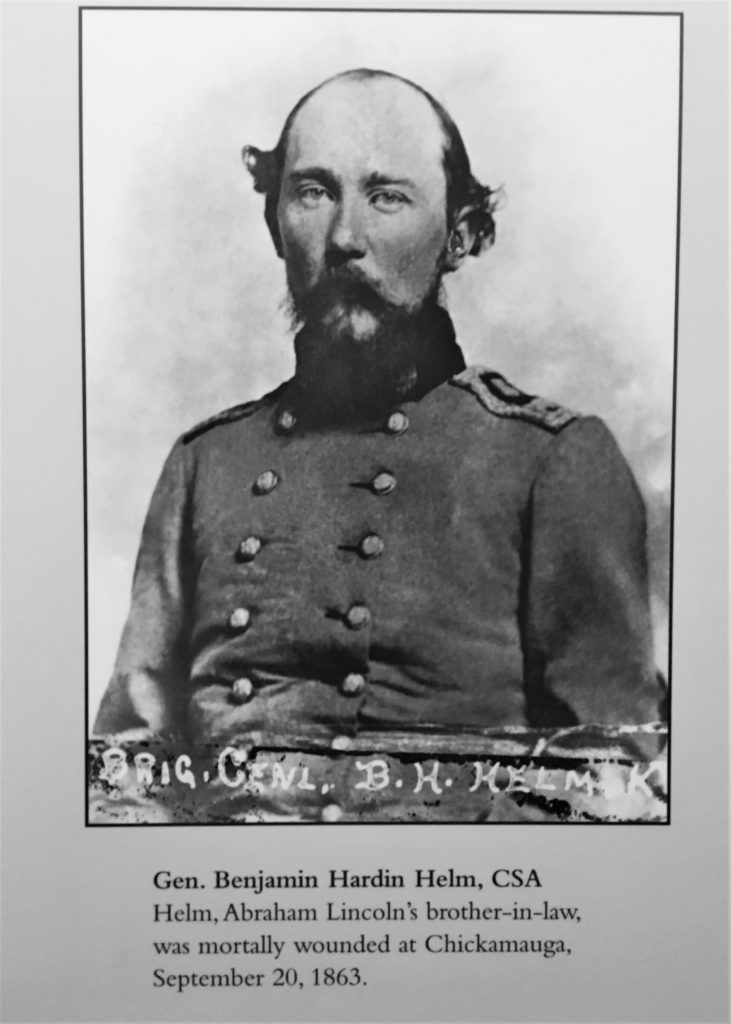
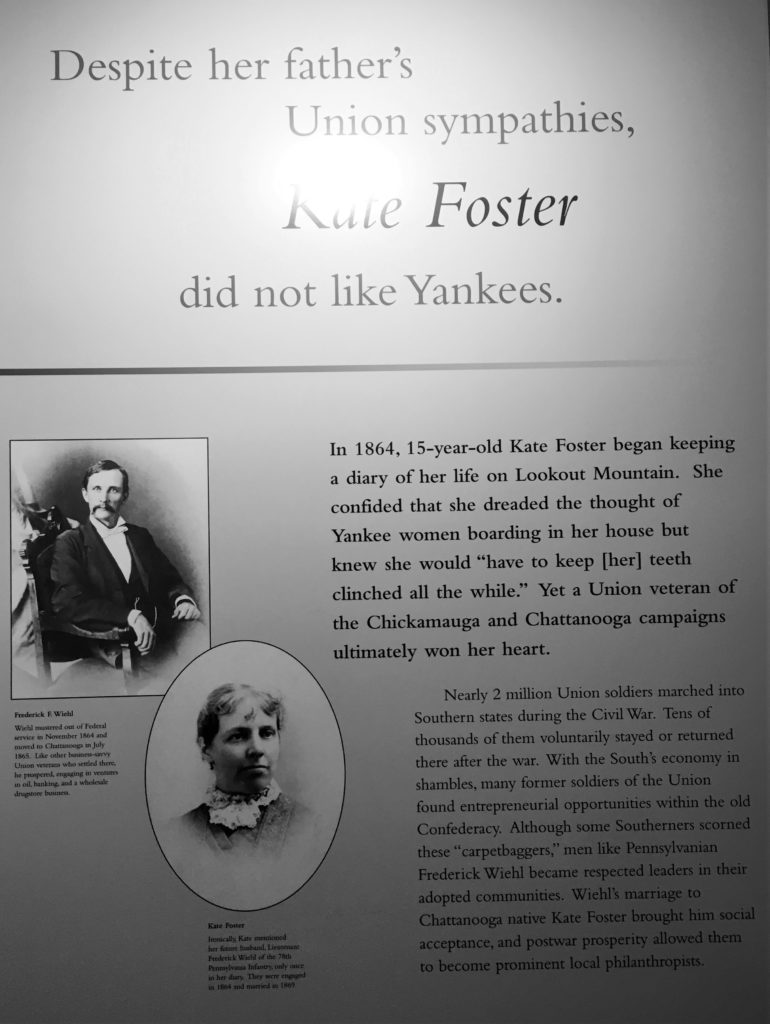
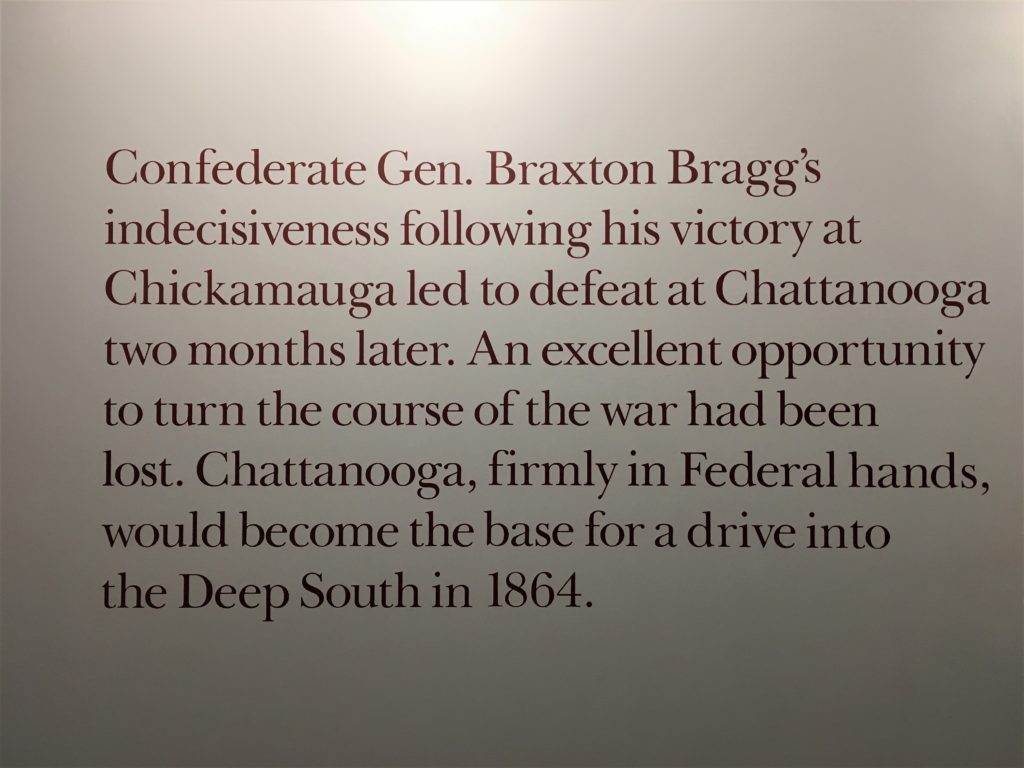
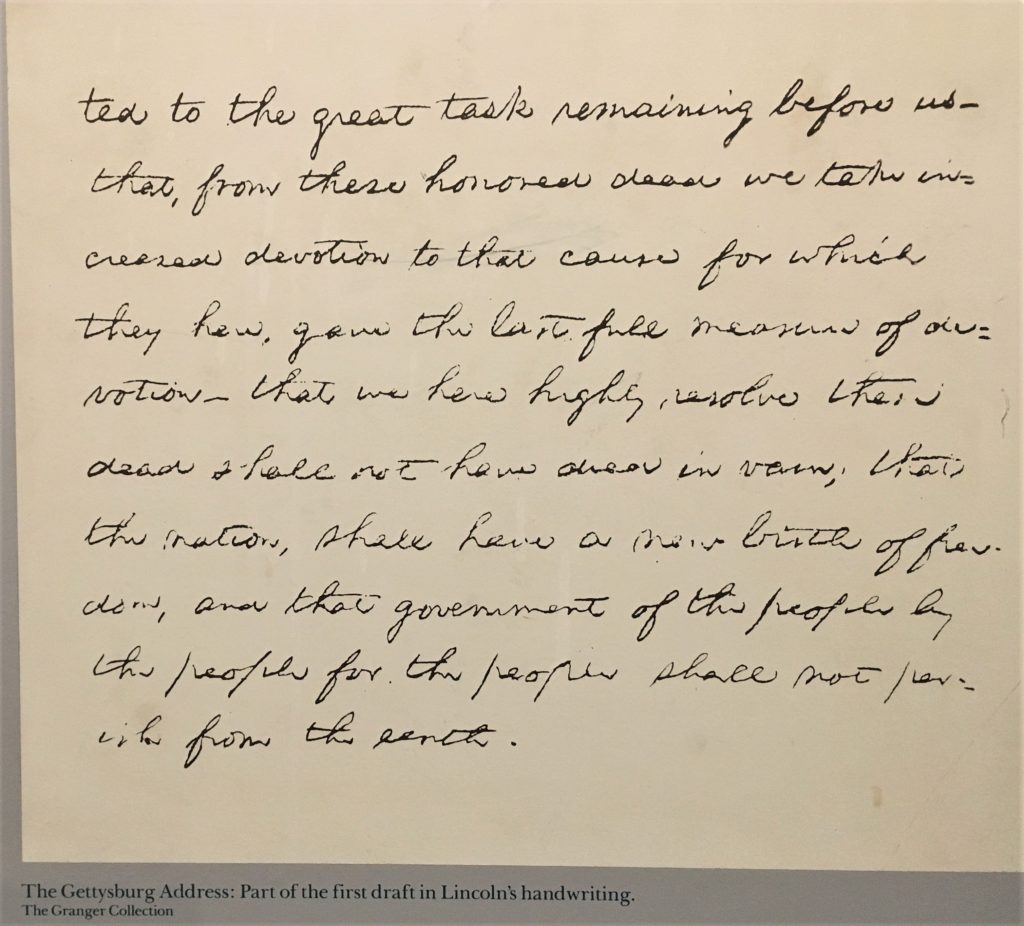
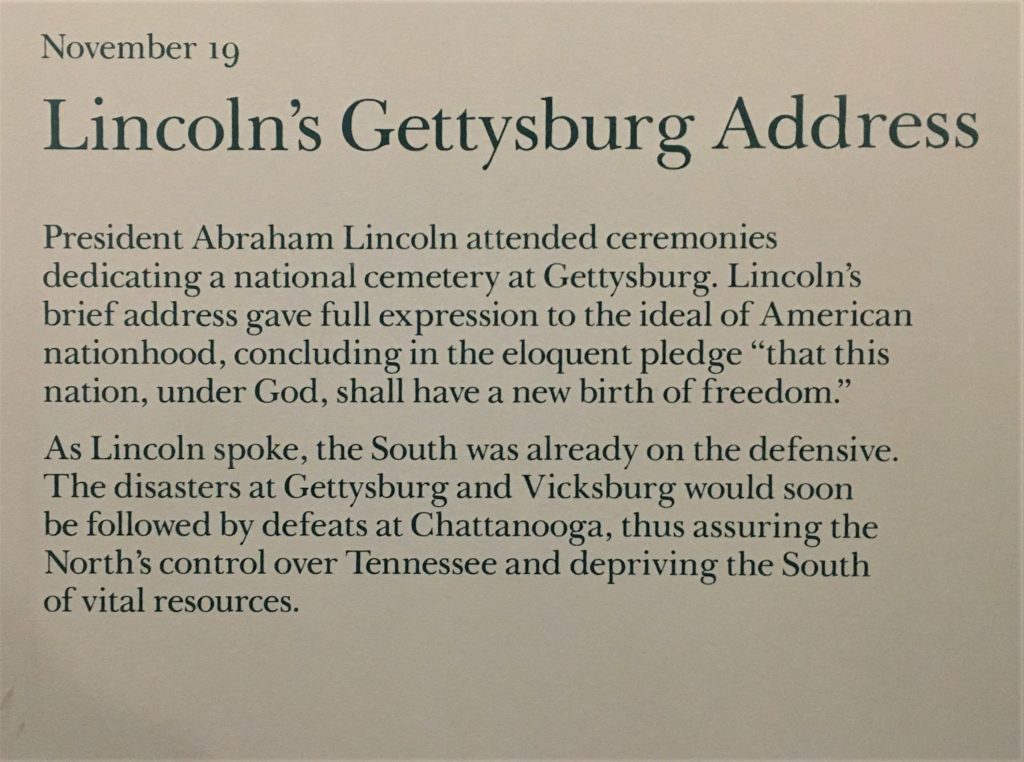
then Gettysburg, then the Battles for Chattanooga
(and I’m sure a lot of other battles thrown in there somewhere.
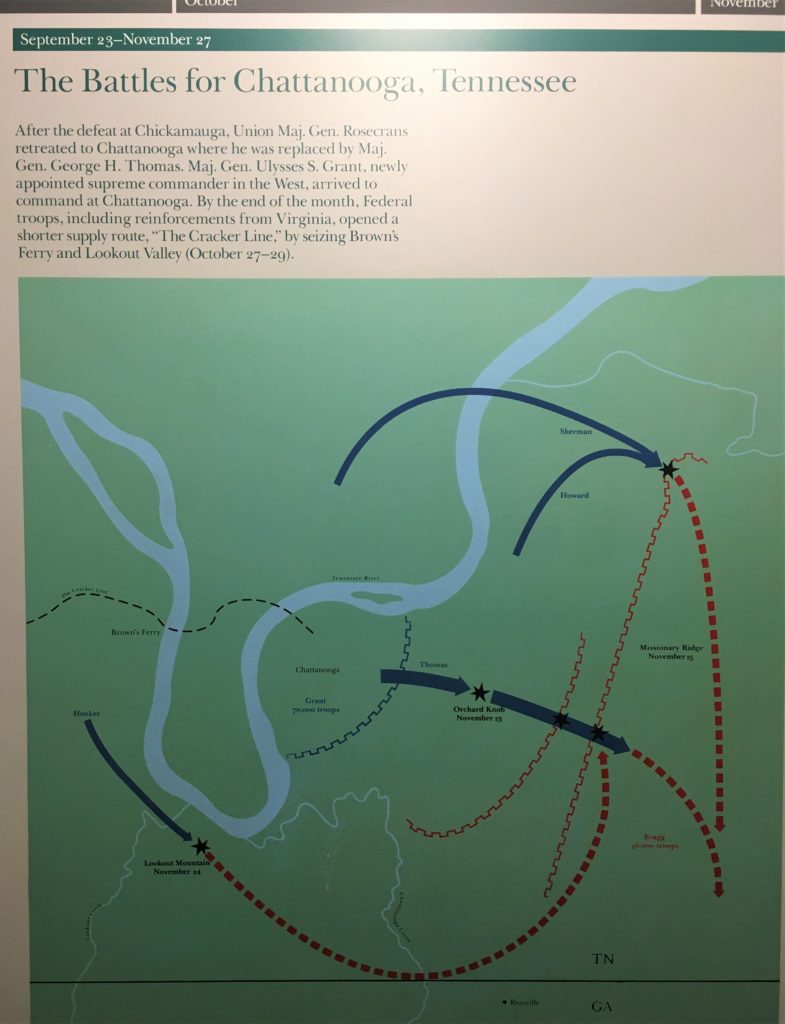
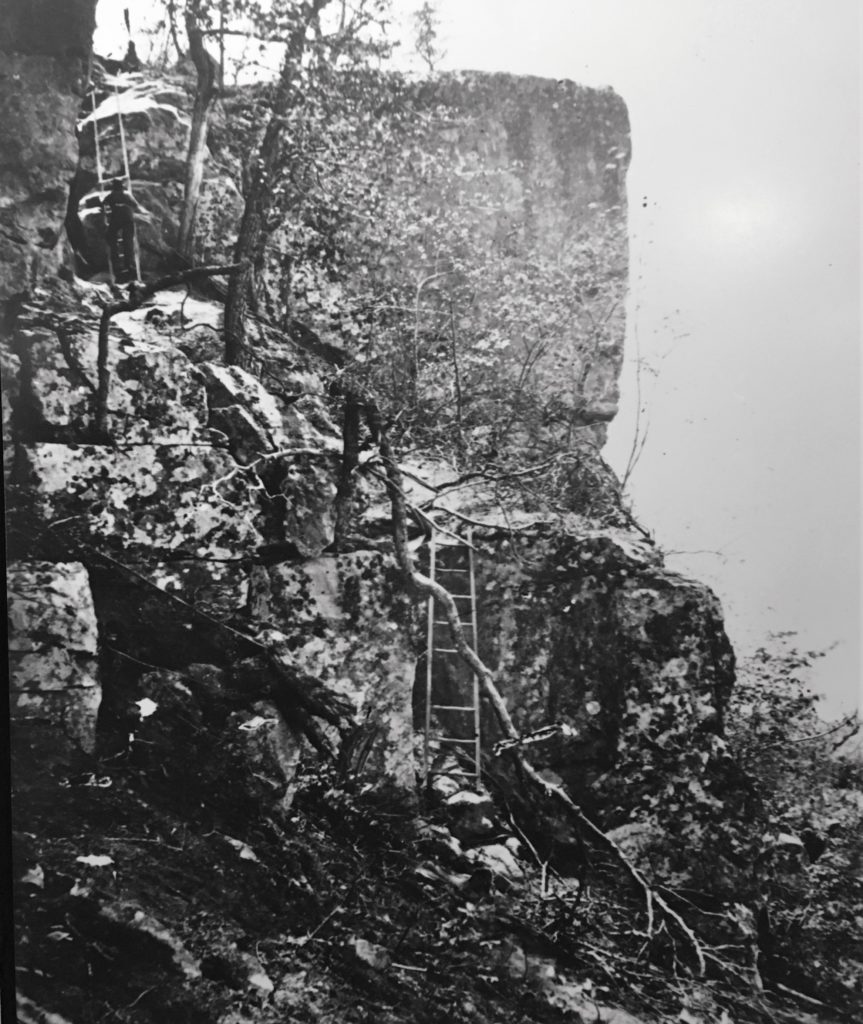
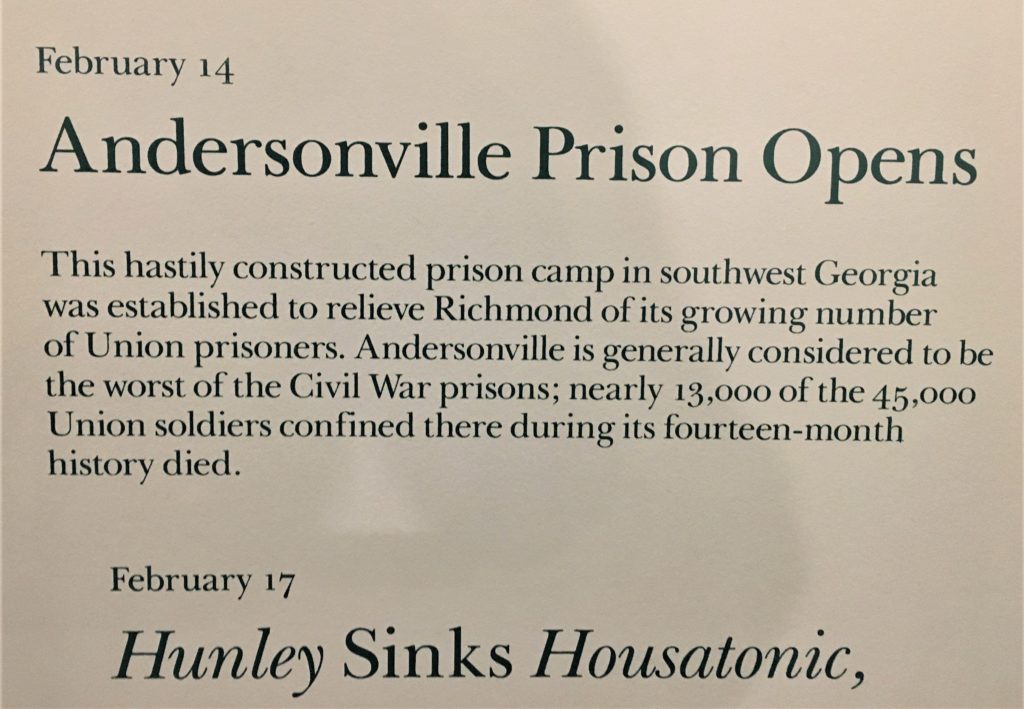
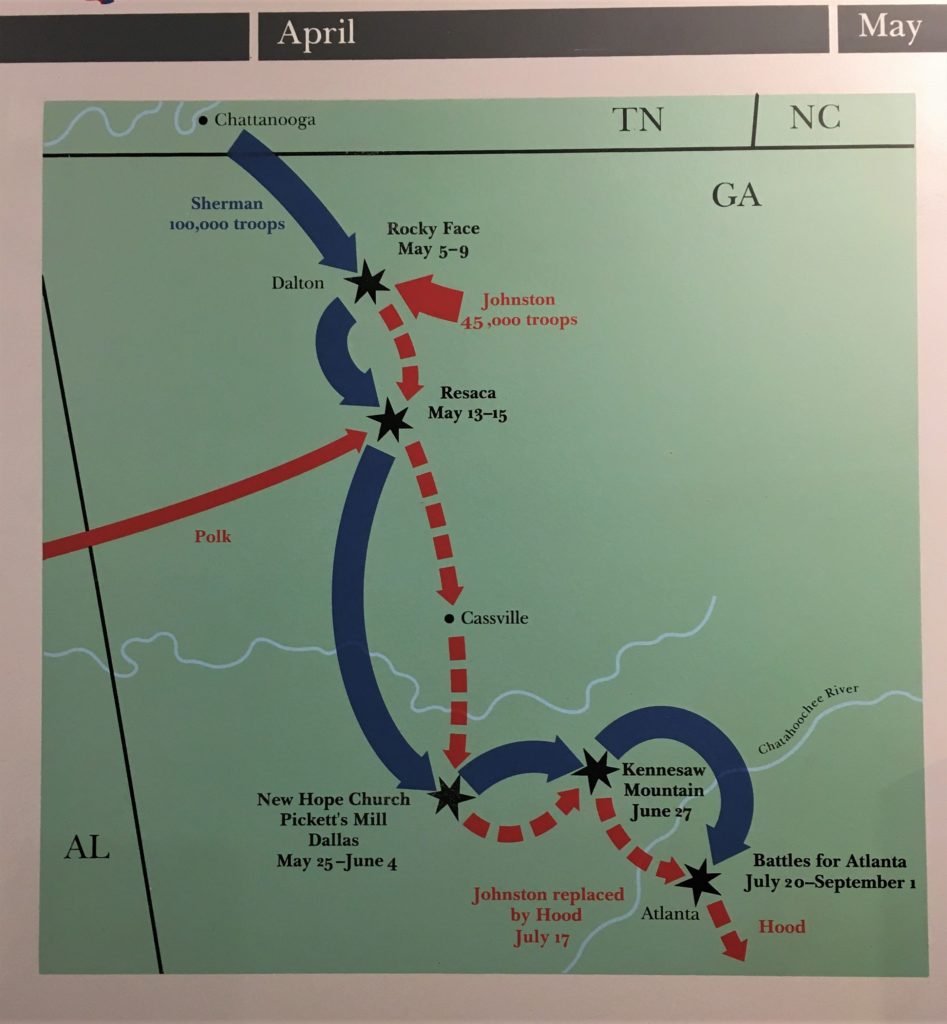
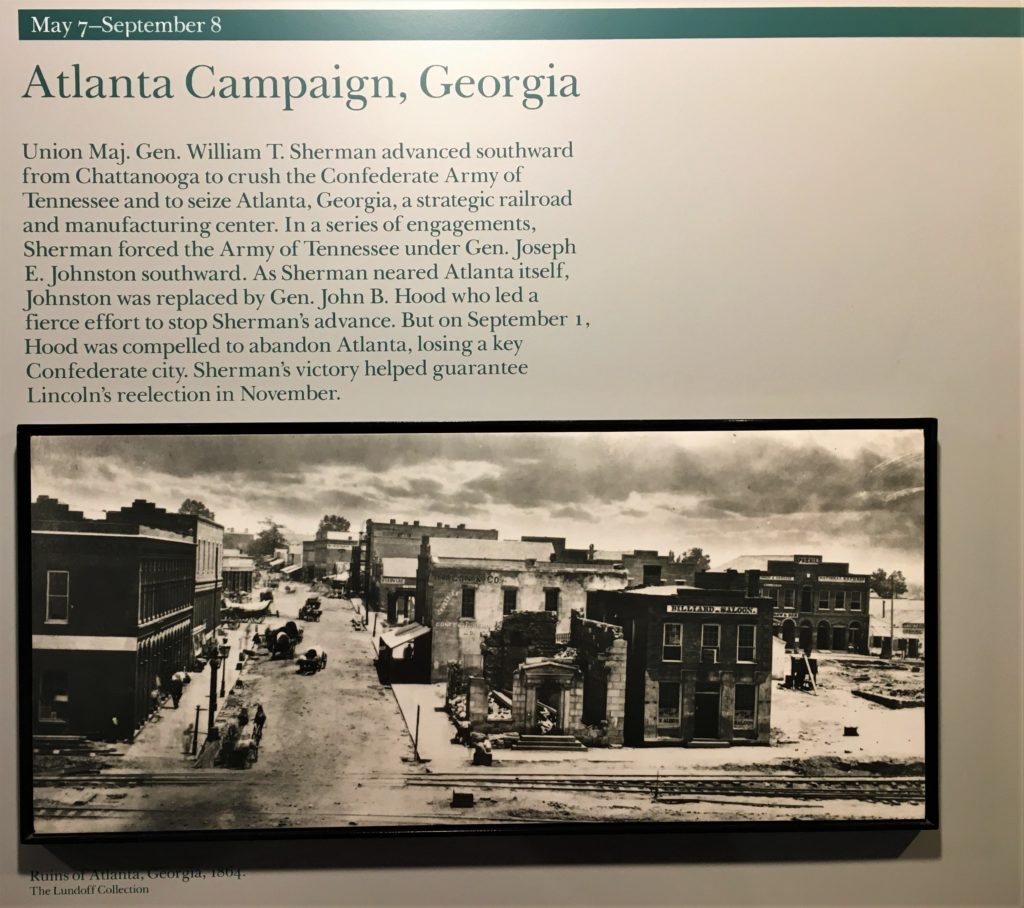
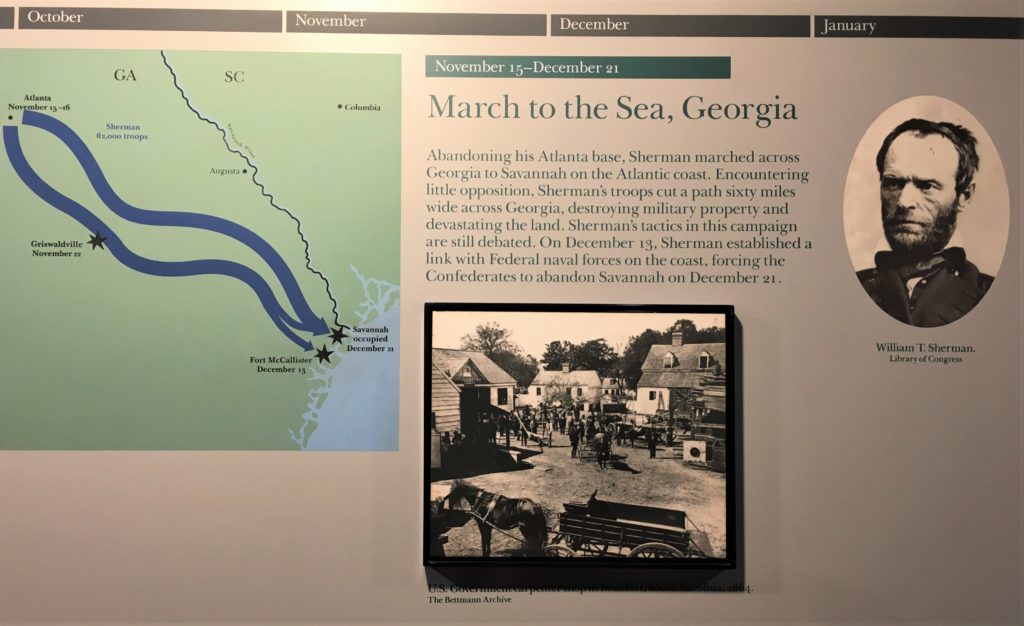
Moving on to some additional information about other things.
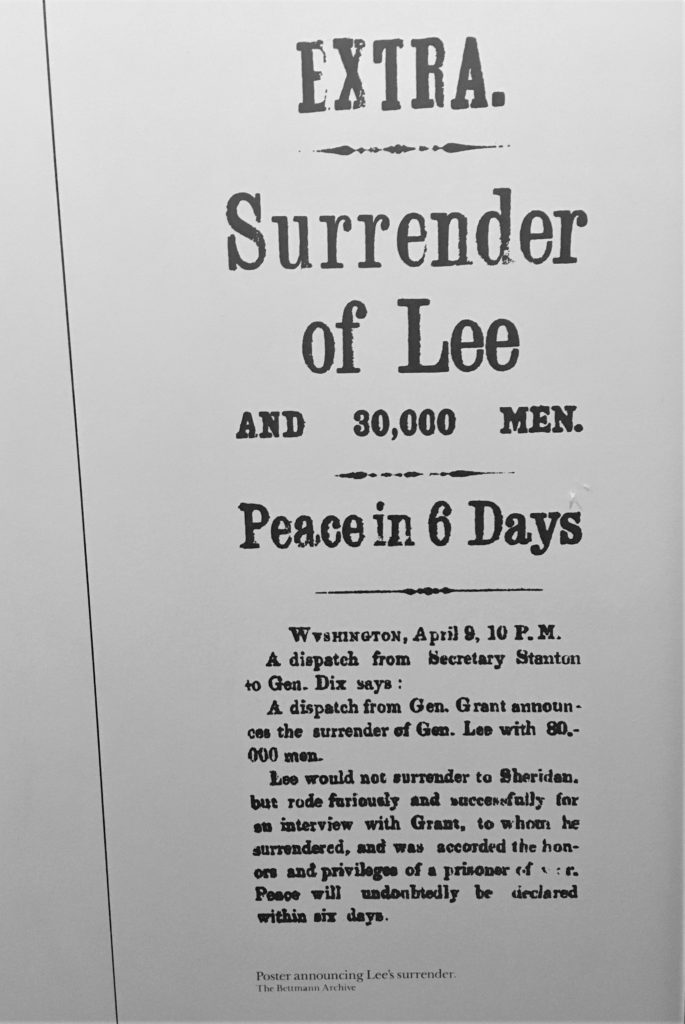
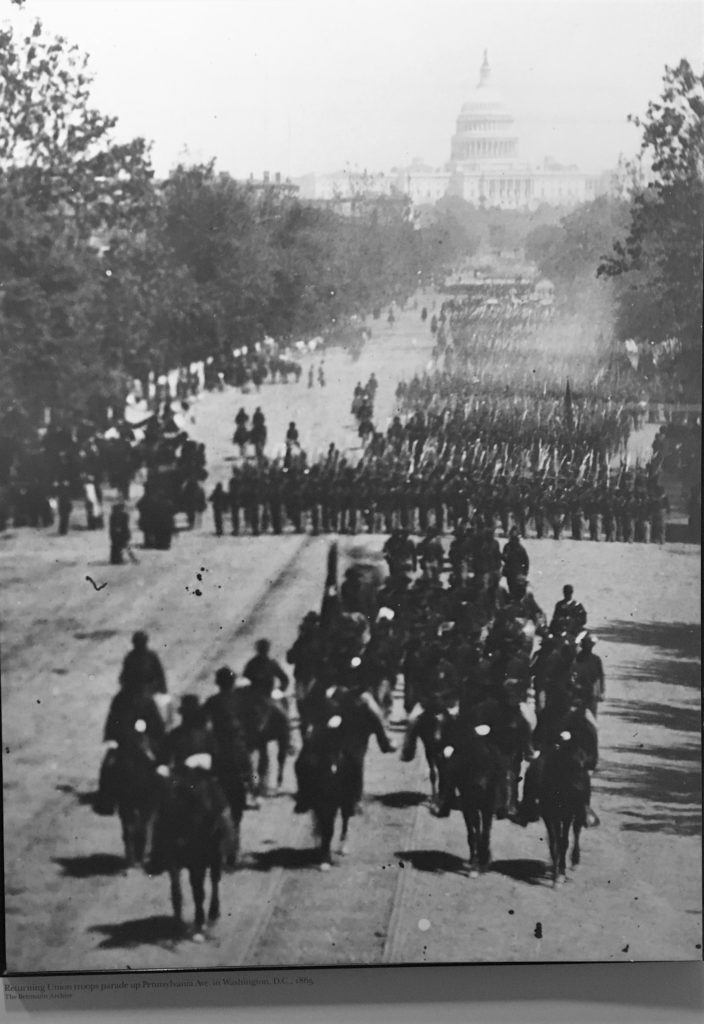
Returning Union troops parade up Pennsylvania Ave. in Washington, DC – 1865

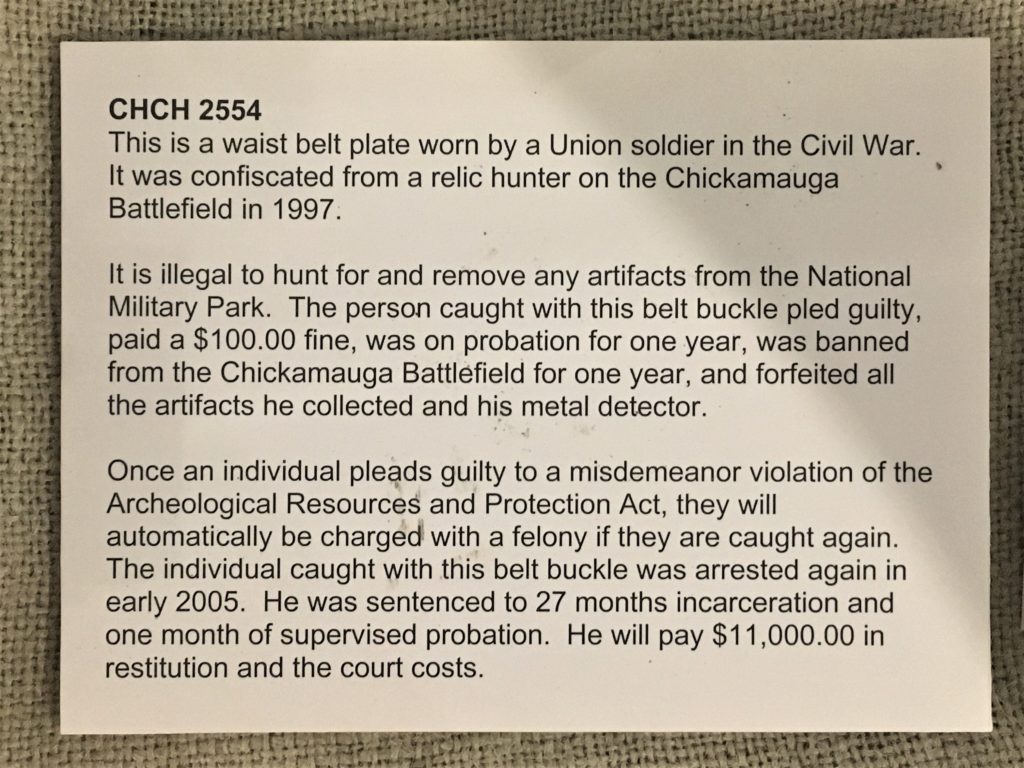
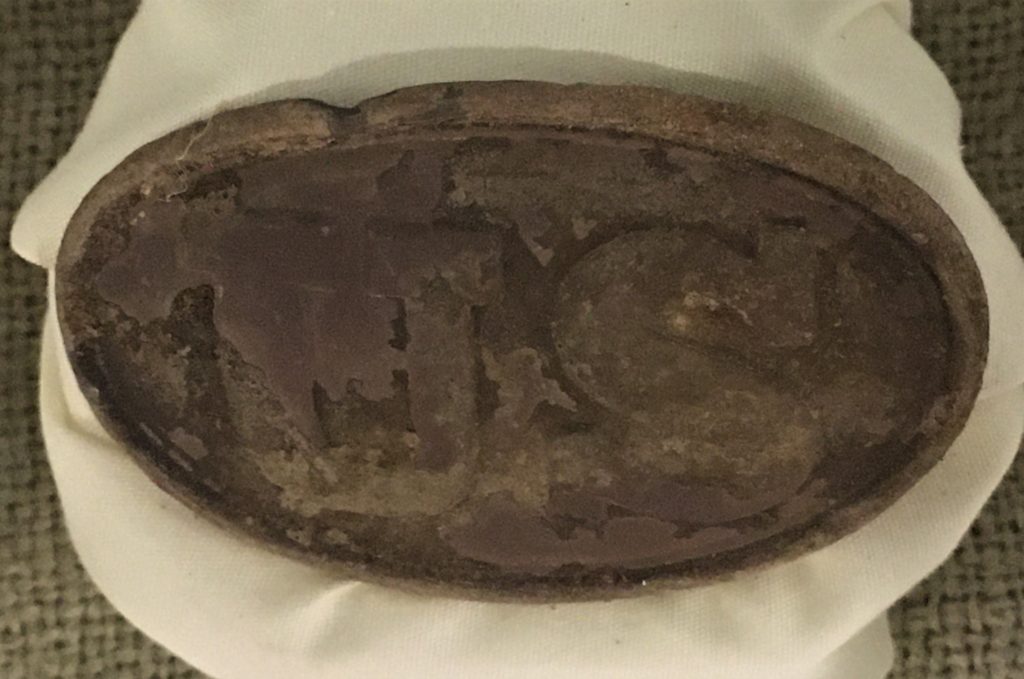
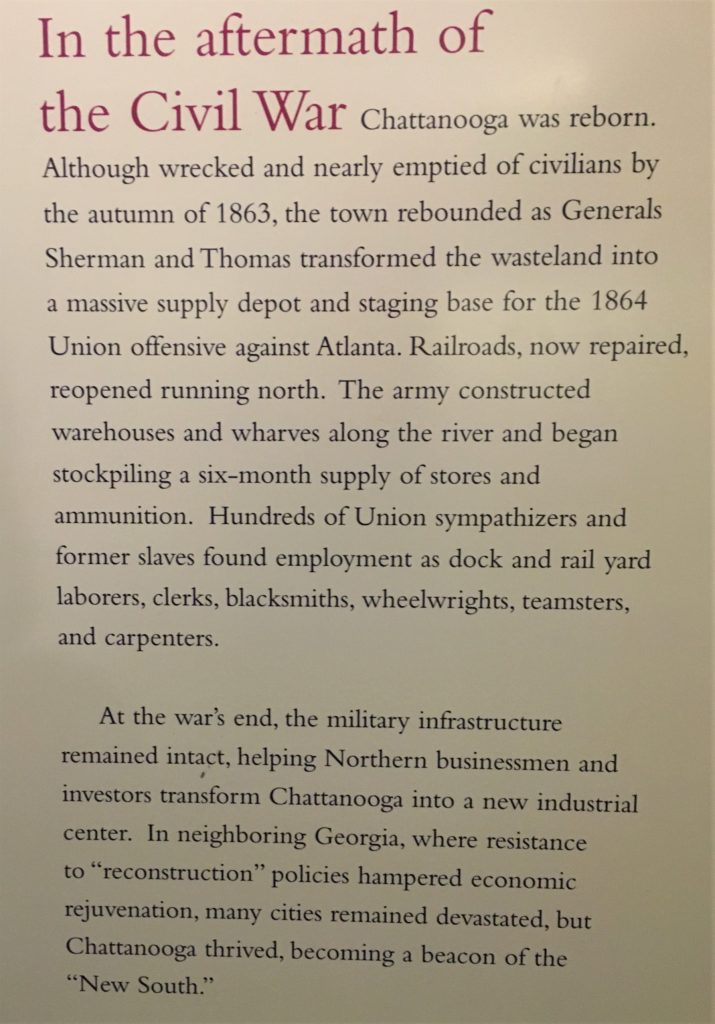
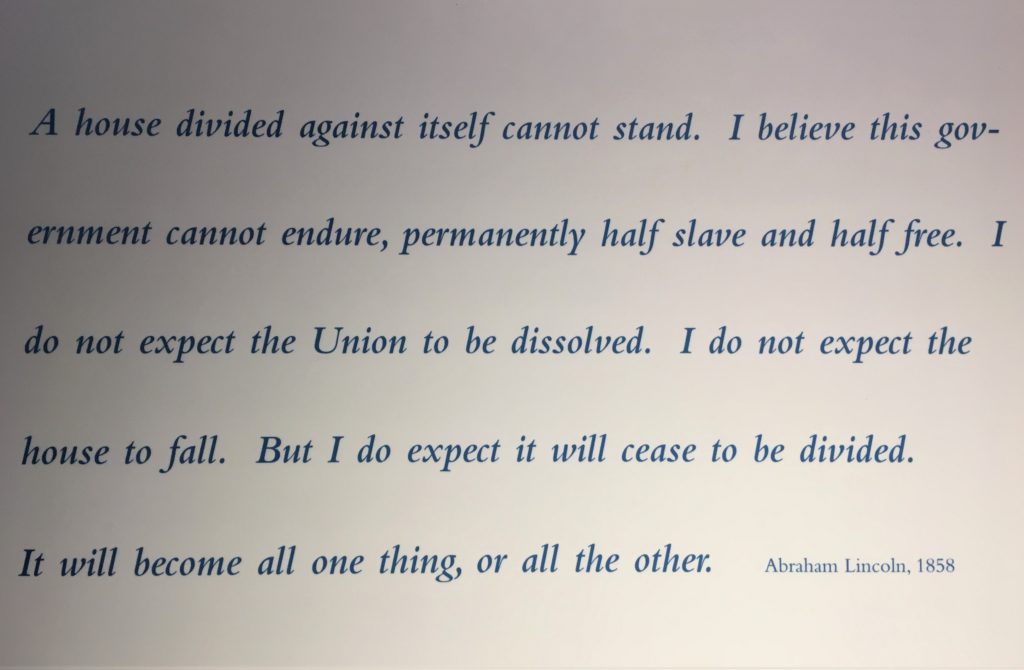
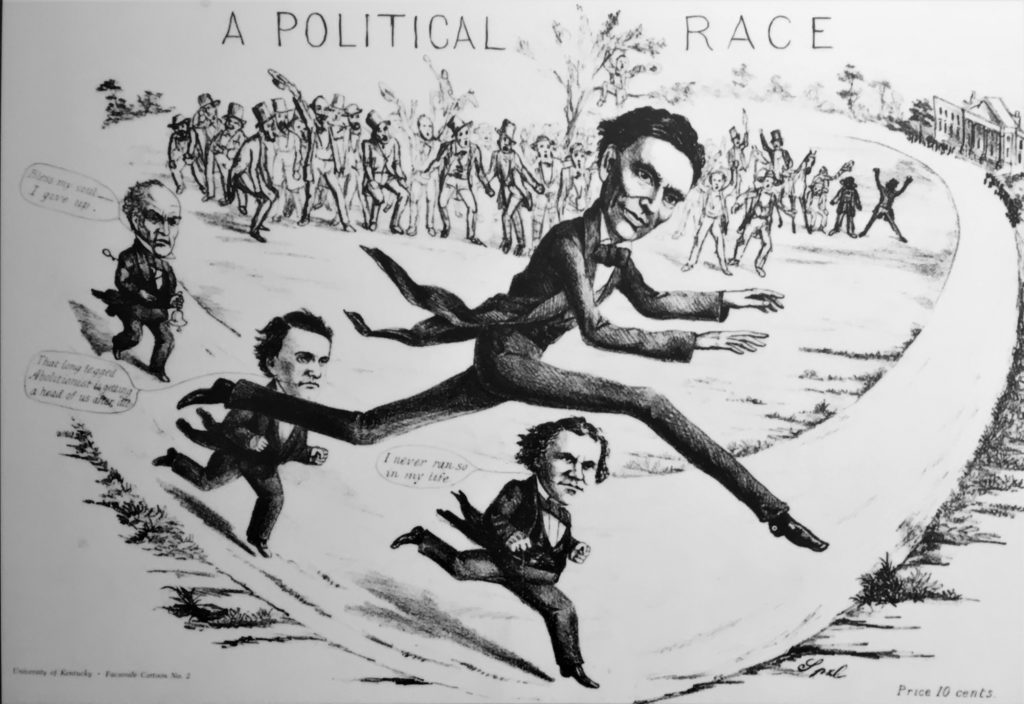
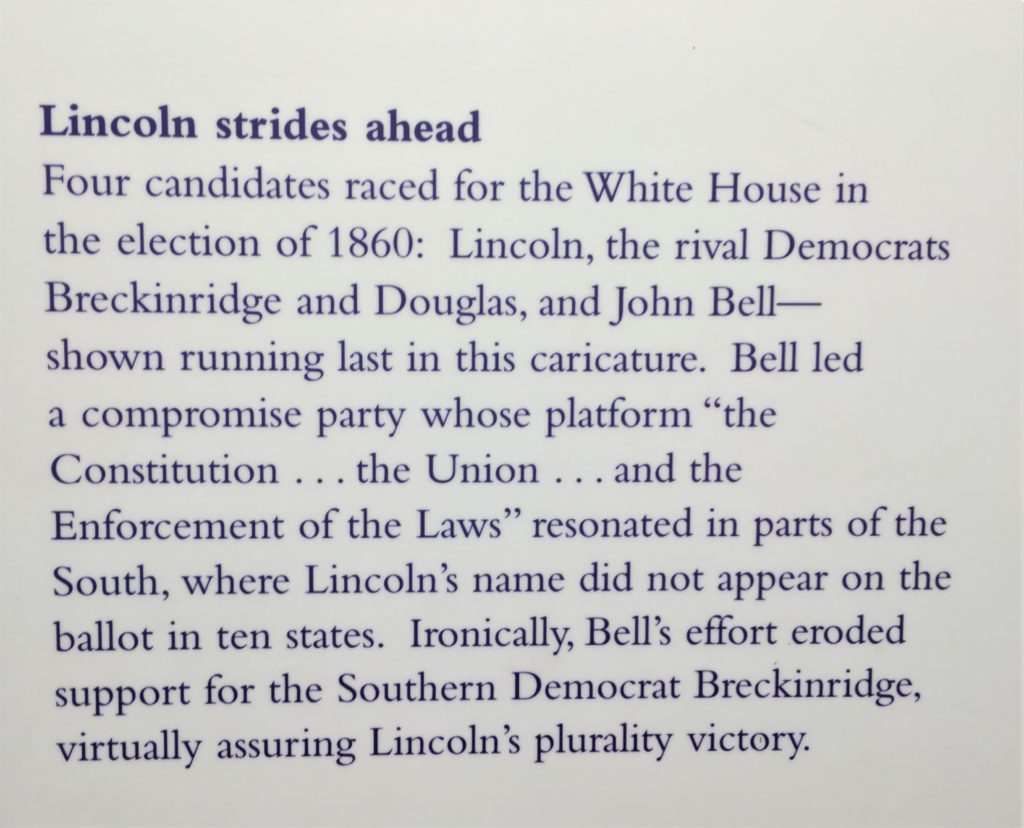
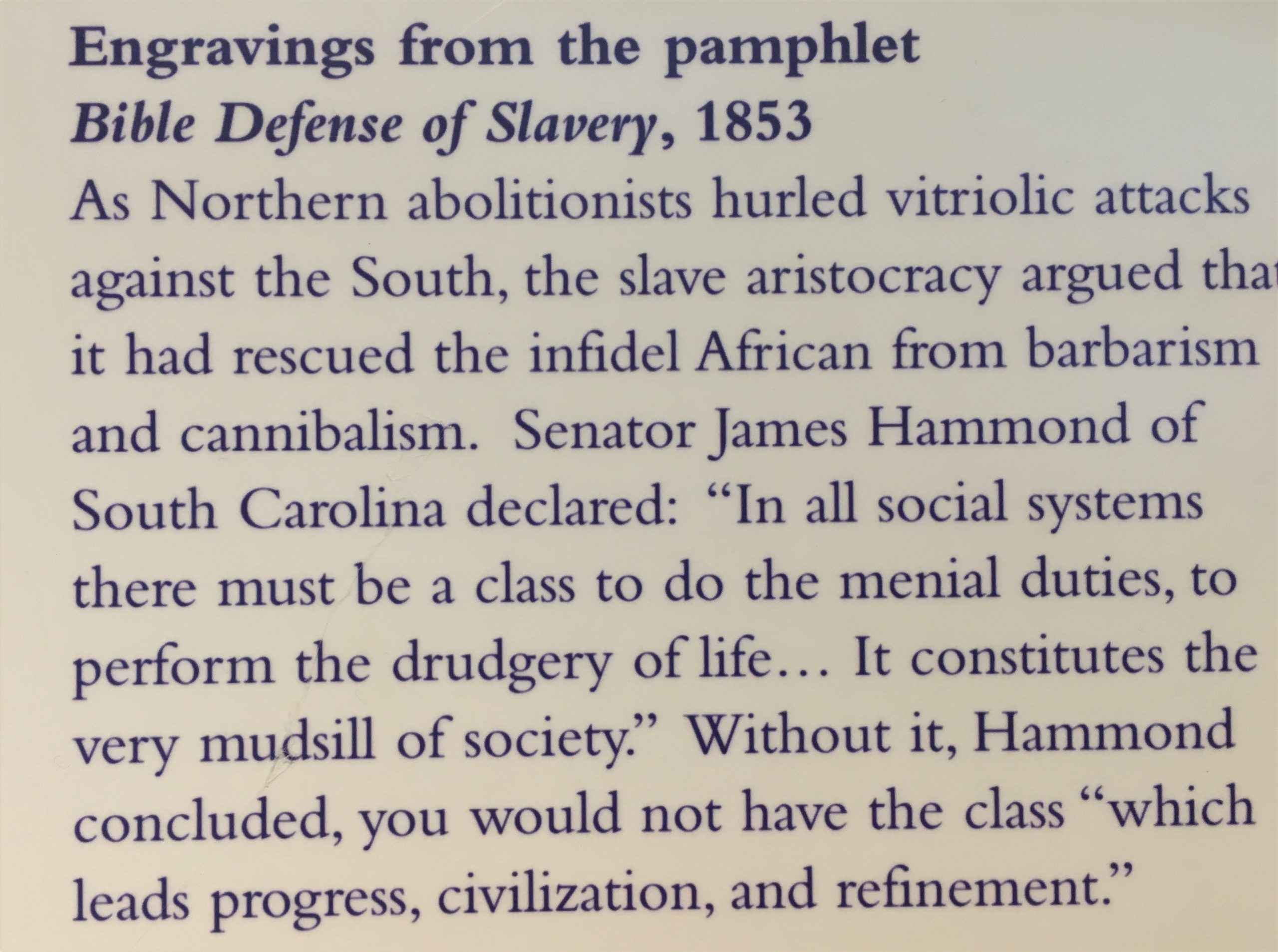
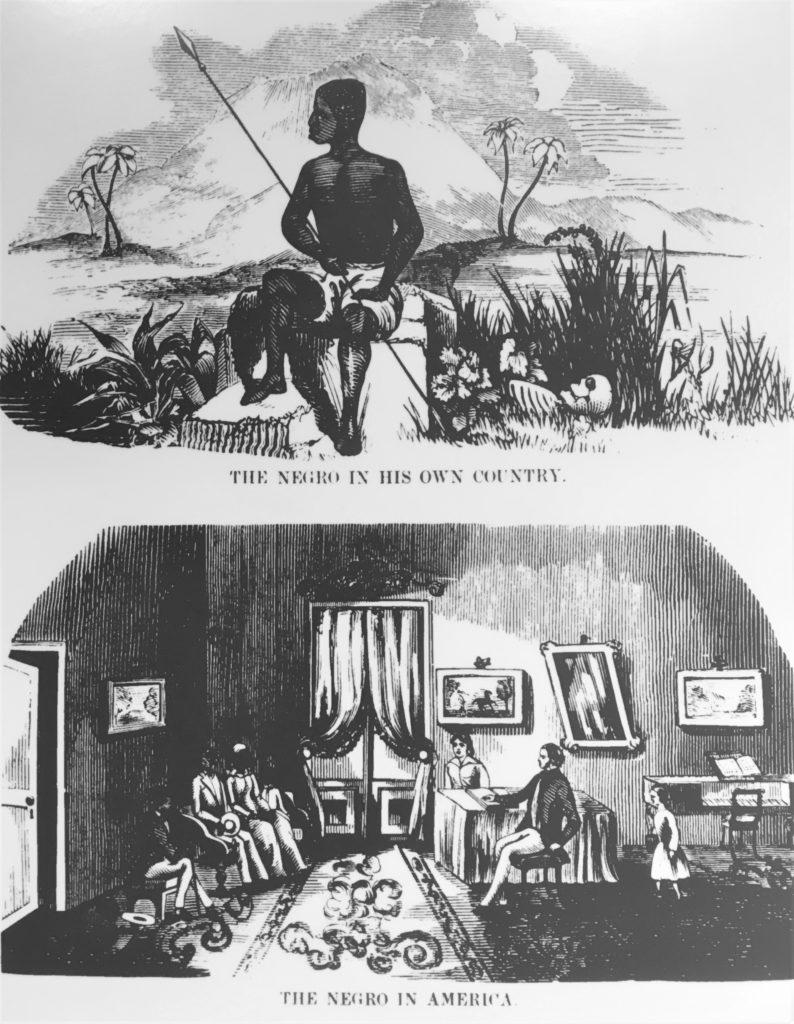
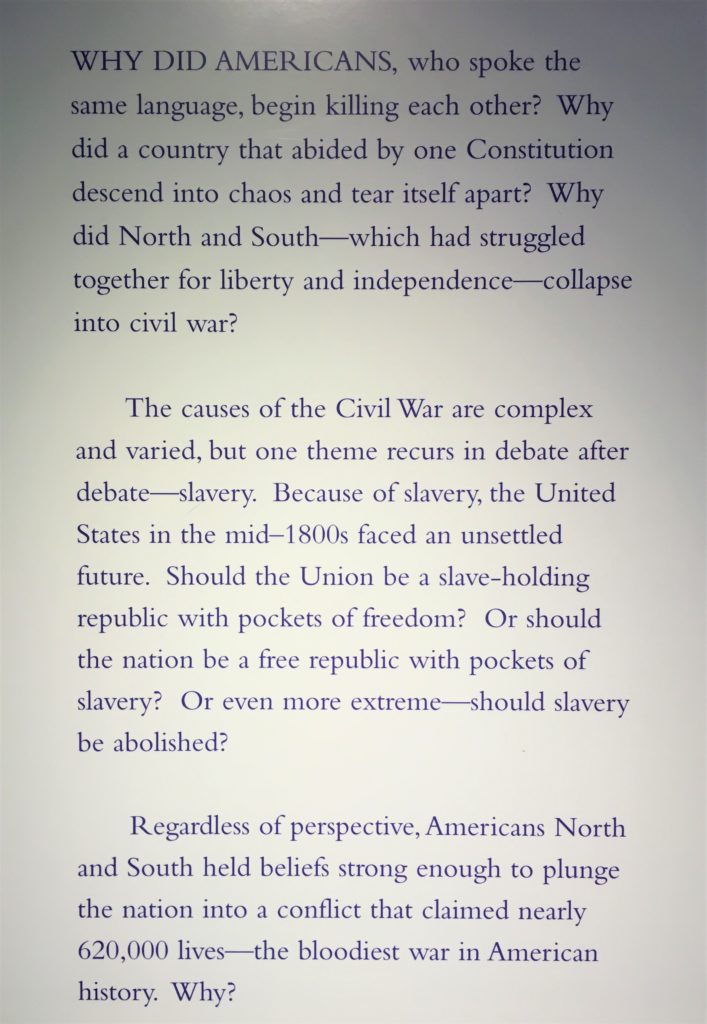
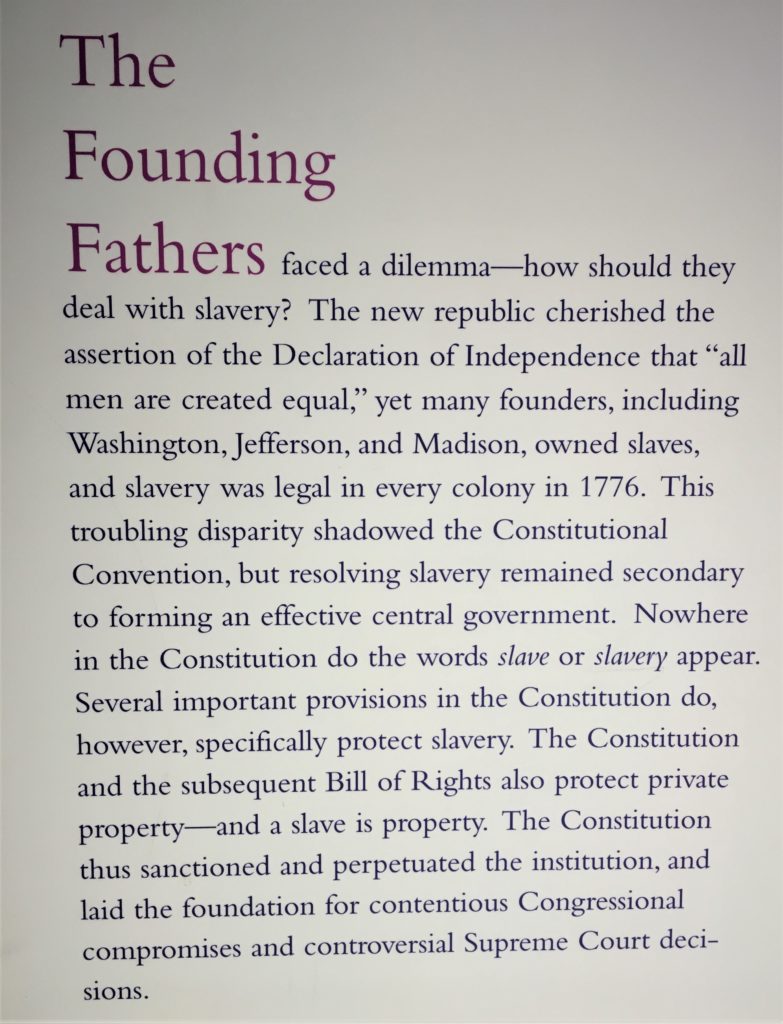
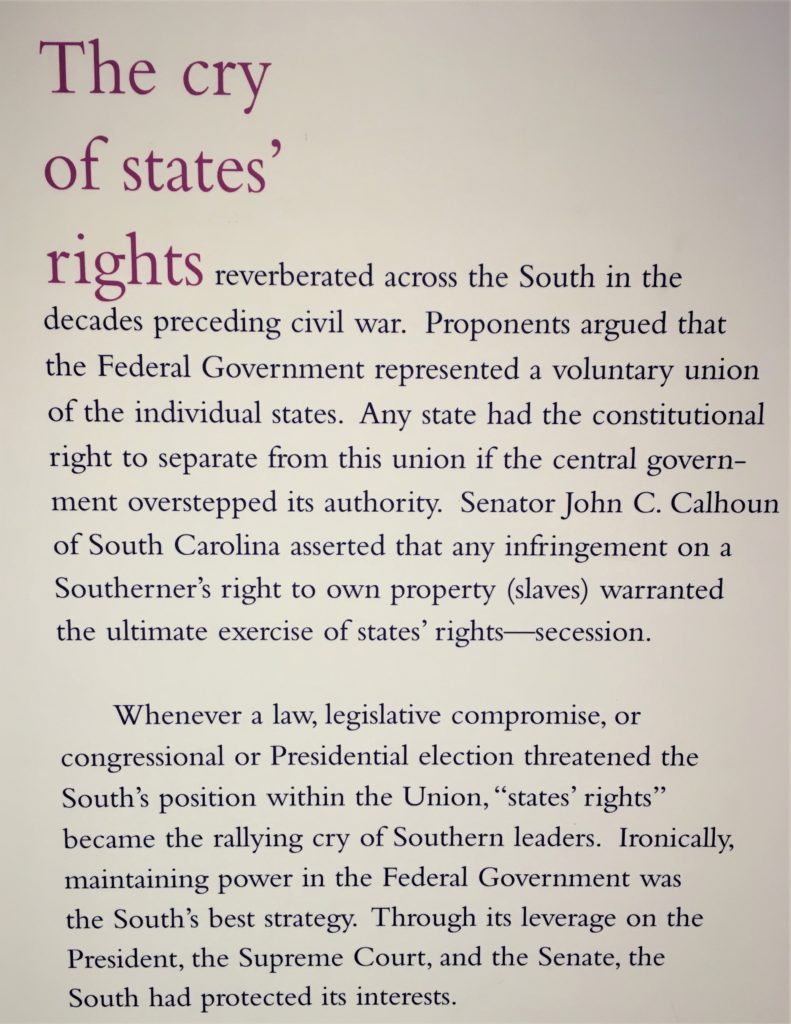
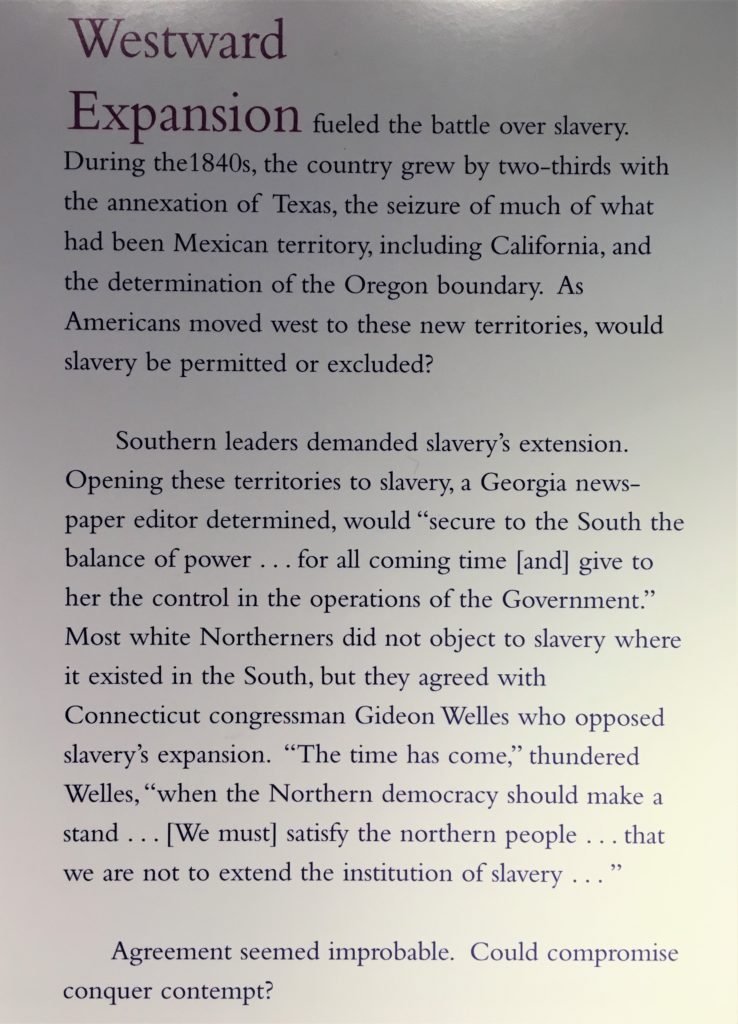
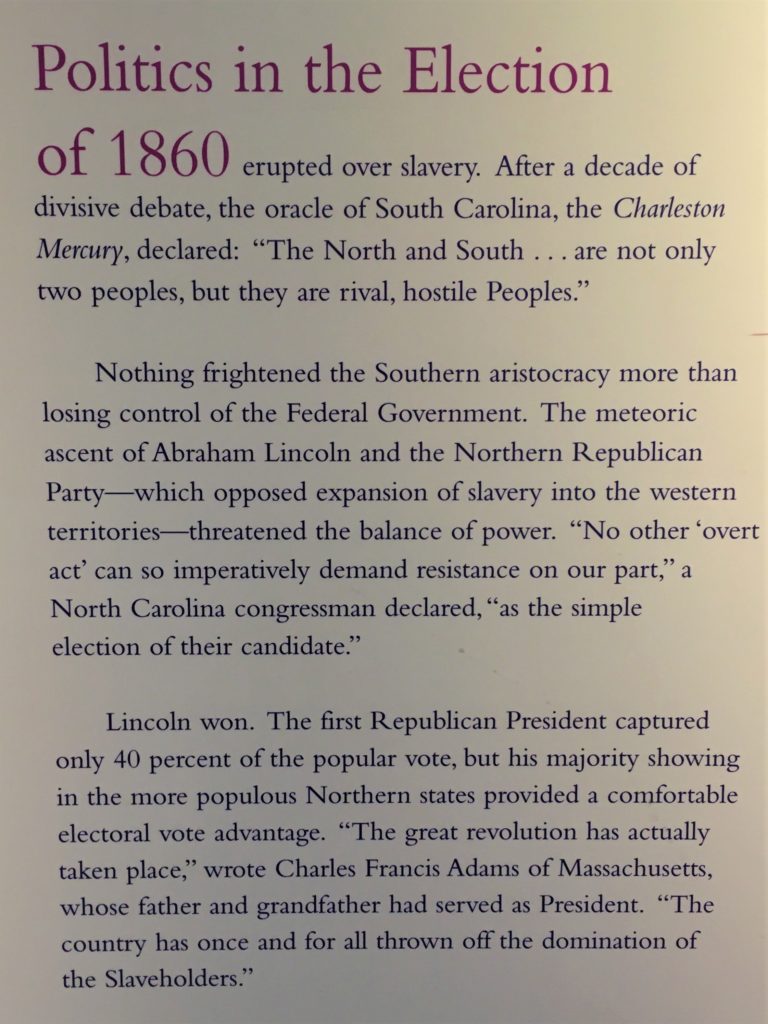
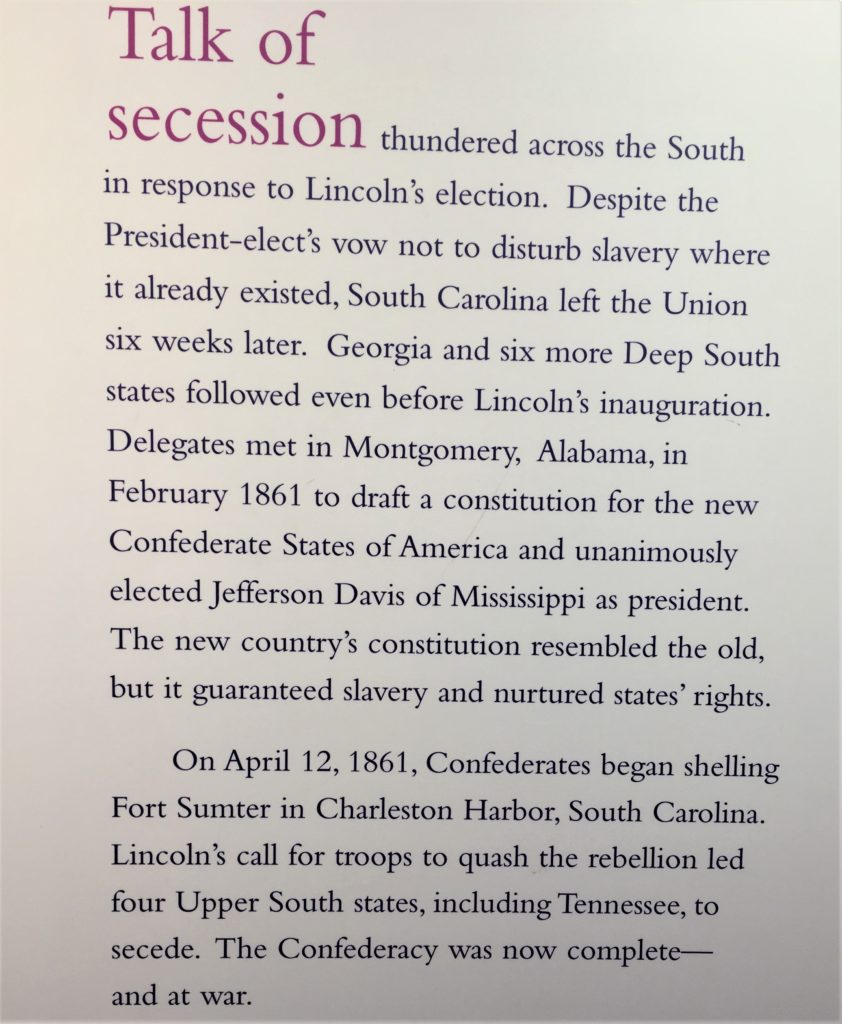
Toward the end of the 19th century, Civil War veterans including the Society of the Army of the Cumberland and the Chickamauga Memorial Association rallied support for creating a national park to preserve the battlefield at Chickamauga as well as nearby sites at Lookout Mountain and Missionary Ridge. Congressman Charles H. Grosvenor (who commanded the 18th Ohio at Chickamauga) introduced the bill in Congress in 1890; it was signed by President, and fellow Civil War veteran for the Union, Benjamin Harrison in August of that year. Dedicated on the Battle of Chickamauga’s 32nd anniversary in 1895, the Chickamauga and Chattanooga National Military Park became the first such park established by the Federal government, followed by Shiloh, Gettysburg, Vicksburg, and Antietam.
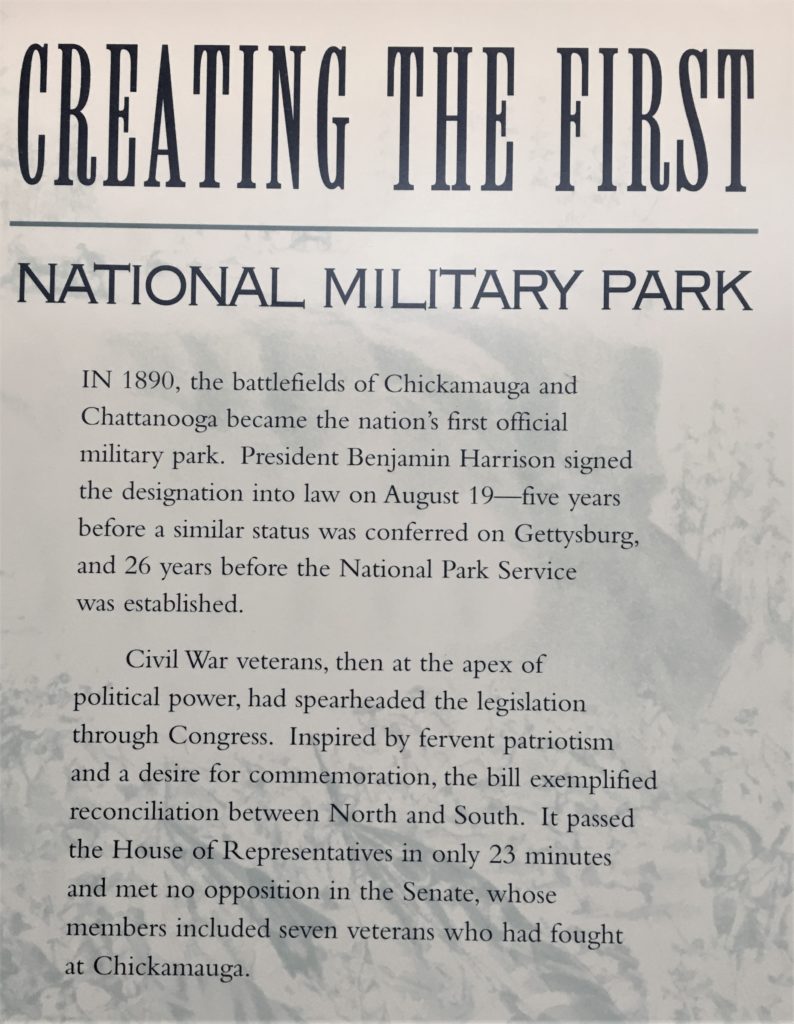
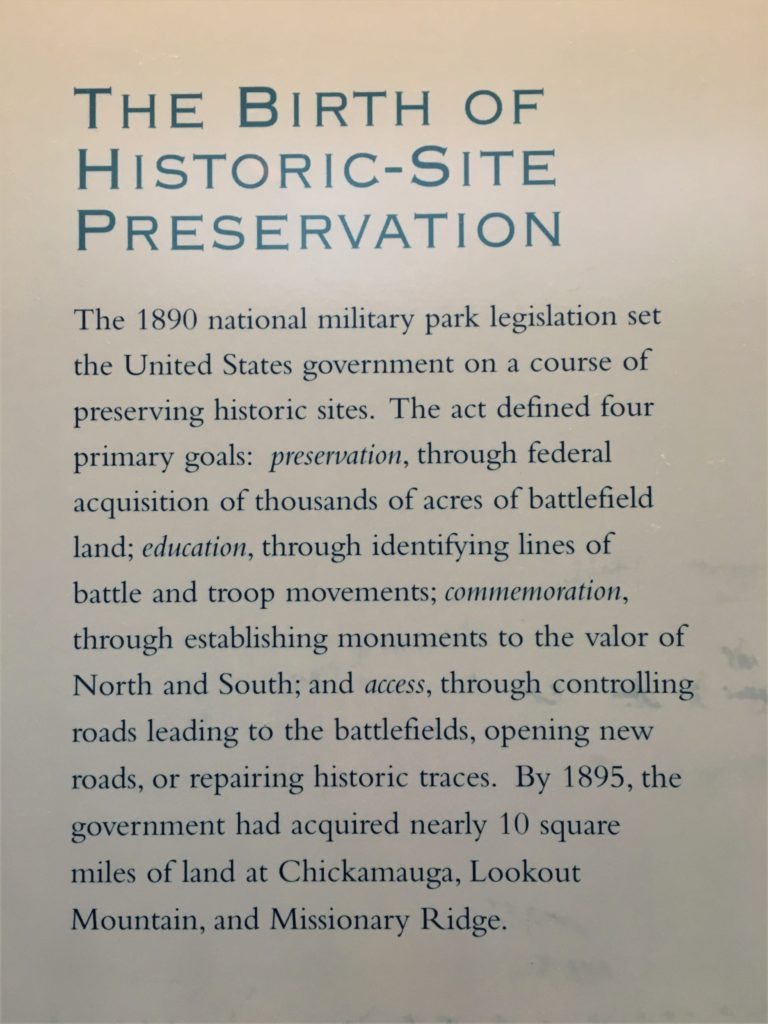
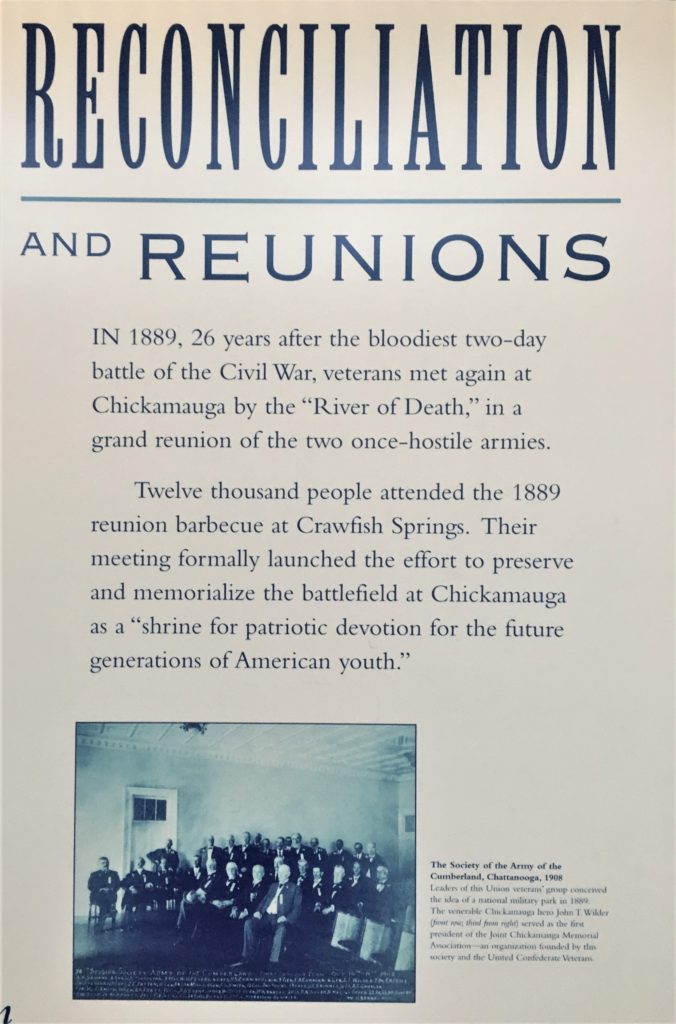
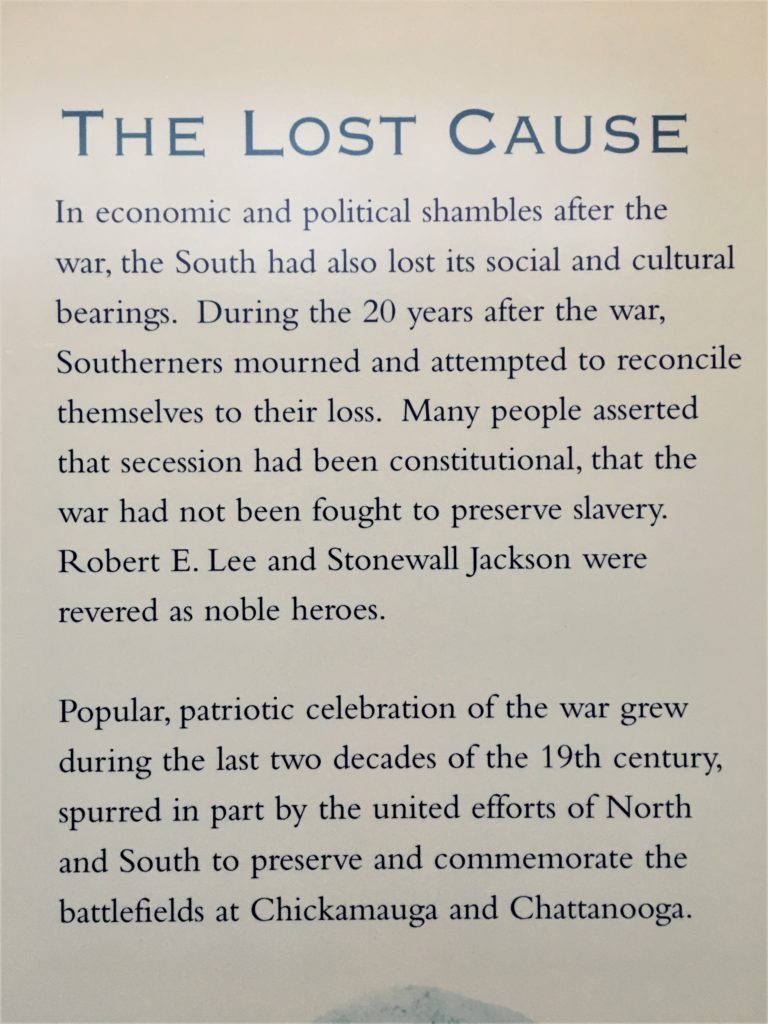
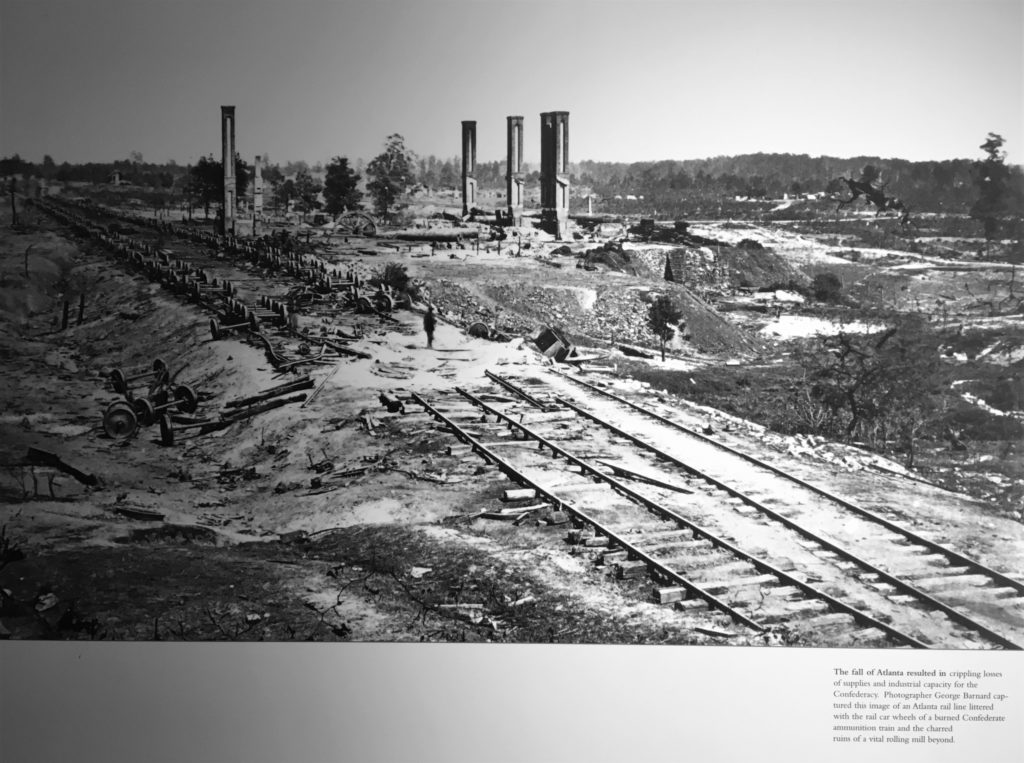
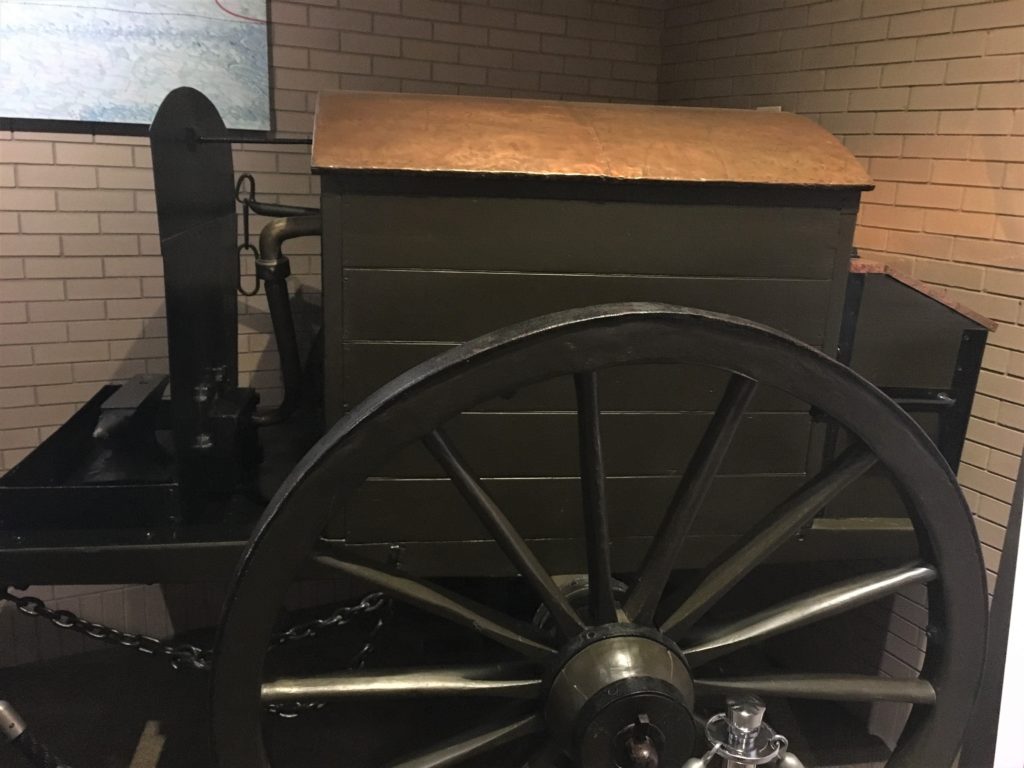
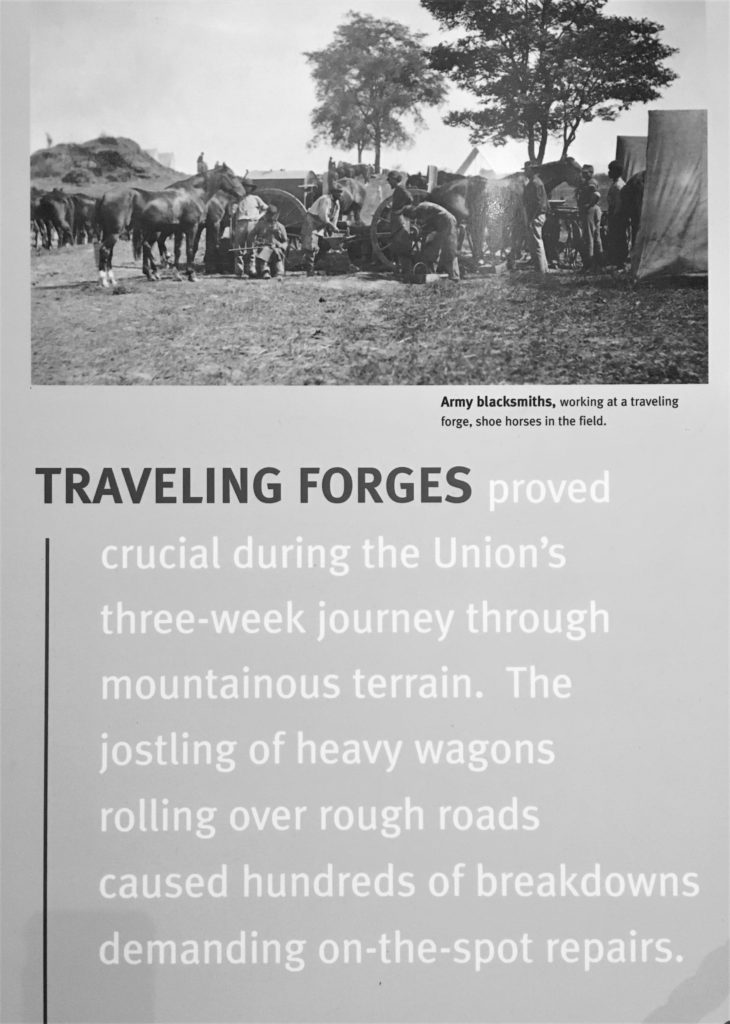
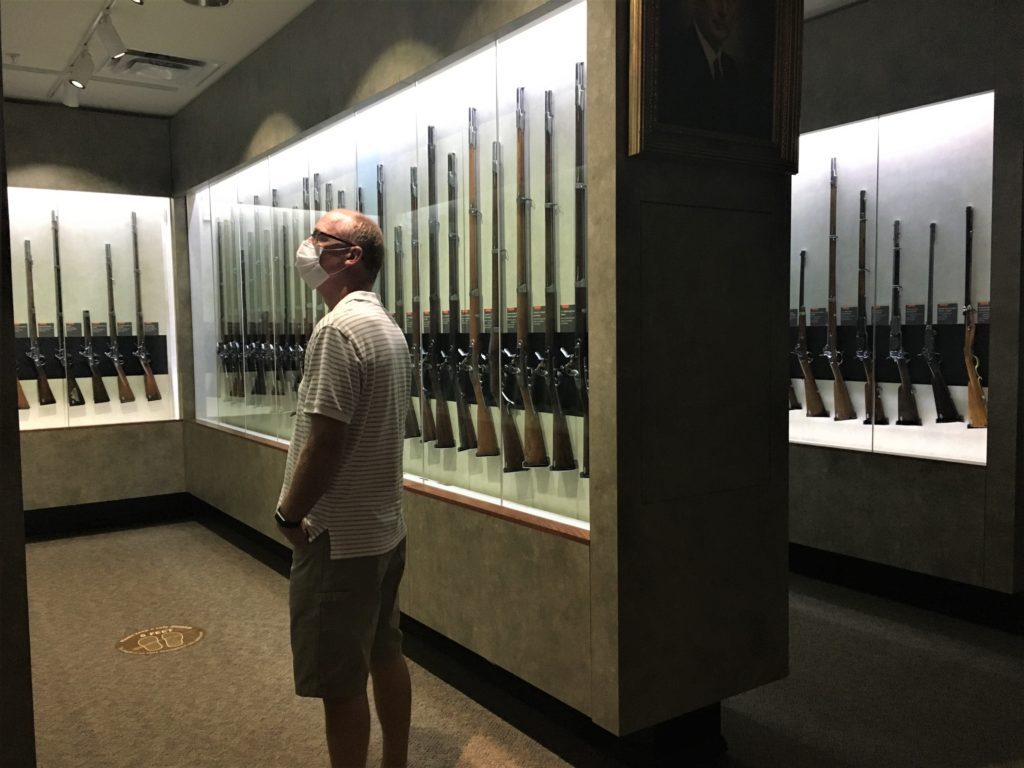
The following is taken from the NPS website and gives a glimpse at the magnitude of what it takes to bring a National Military Park into existence. Things we don’t even consider nowadays! And this isn’t even all of it!
Following the acquisition of a significant portion of the Chickamauga Battlefield they were authorized to acquire for the NMP, the Park Commission set out to return the battlefield to its 1863 appearance and create a commemorative and educational landscape. Changes to the park landscape included the improvement of historic roads, removal of roads that were not there at the time of the battle, the construction of new roads to enhance access to important areas of the battlefield, and the construction of administration and maintenance buildings, as well as bridges, culverts, and drainage ditches. In addition to these infrastructure improvements that were generally made to accommodate visitors, the Park Commission also made changes to restore the landscape to its 1863 conditions to help visitors interpret and commemorate the battle. These actions involved the restoration of historic forest and field patterns, planting and clearing trees where necessary, as well as the removal of buildings and structures located within the NMP that were not there at the time of the battle. Beginning in 1893, the Park Commission, and later the War Department, added more than 680 commemorative monuments, markers, cannons, and memorials. Some of these monuments have been erected by individual states that provided troops to the battle to honor those soldiers who fought at Chickamauga; others were designed and erected by individual regimental veteran associations under the auspices of the authorized state monument commission. In order to help visitors understand the flow of the battle, some markers are placed to locate senior officer headquarters. In some cases, memorials mark the location where brigade commanders were killed or mortally wounded. Approximately 458 bronze and iron tablets contain text to interpret the battle action.
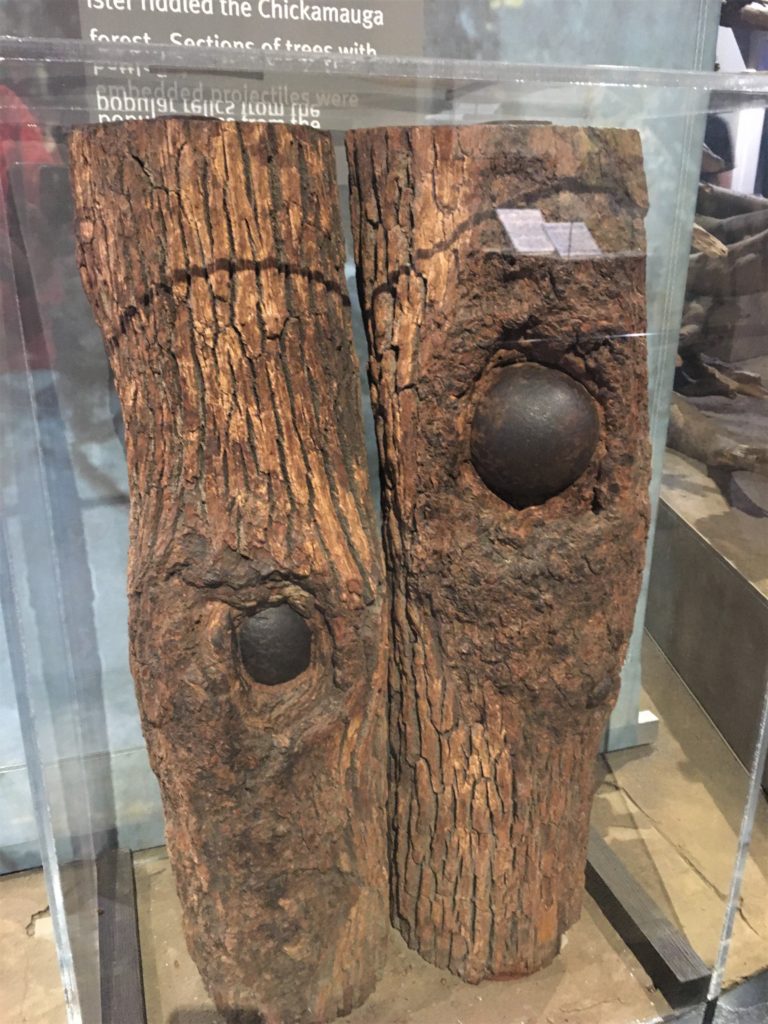
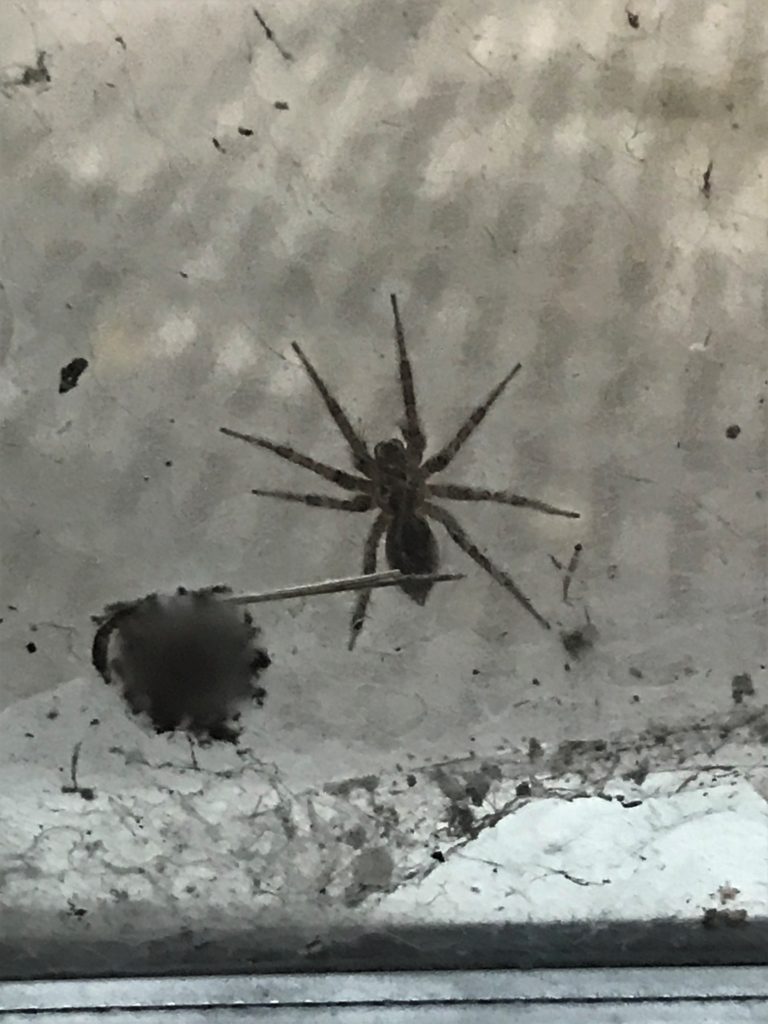
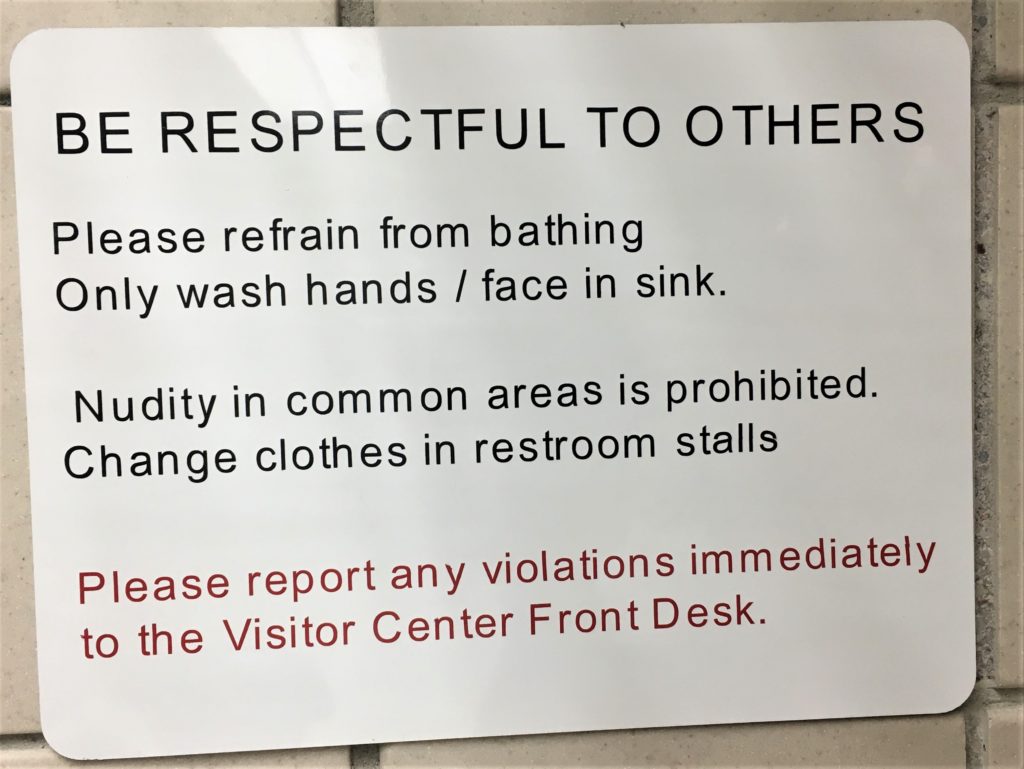
We’ve completed the Visitor Center, now we drive around the battlefields. There were tons of monuments, everywhere we looked! And many signs that tell of the regiment’s details during the battles.
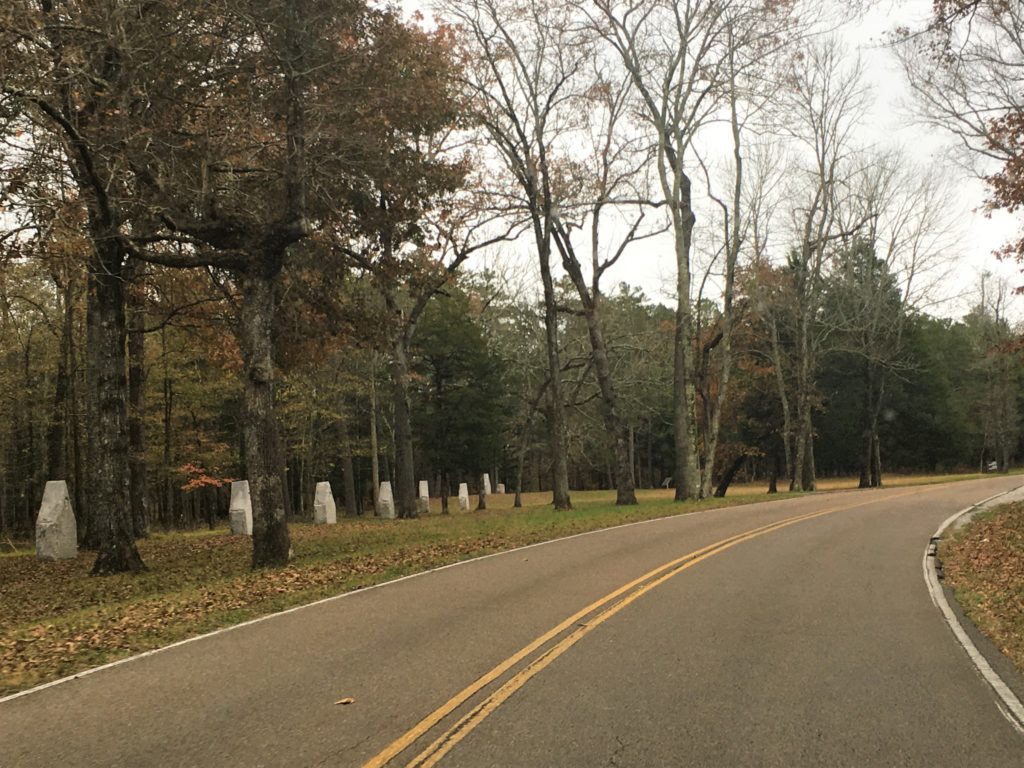

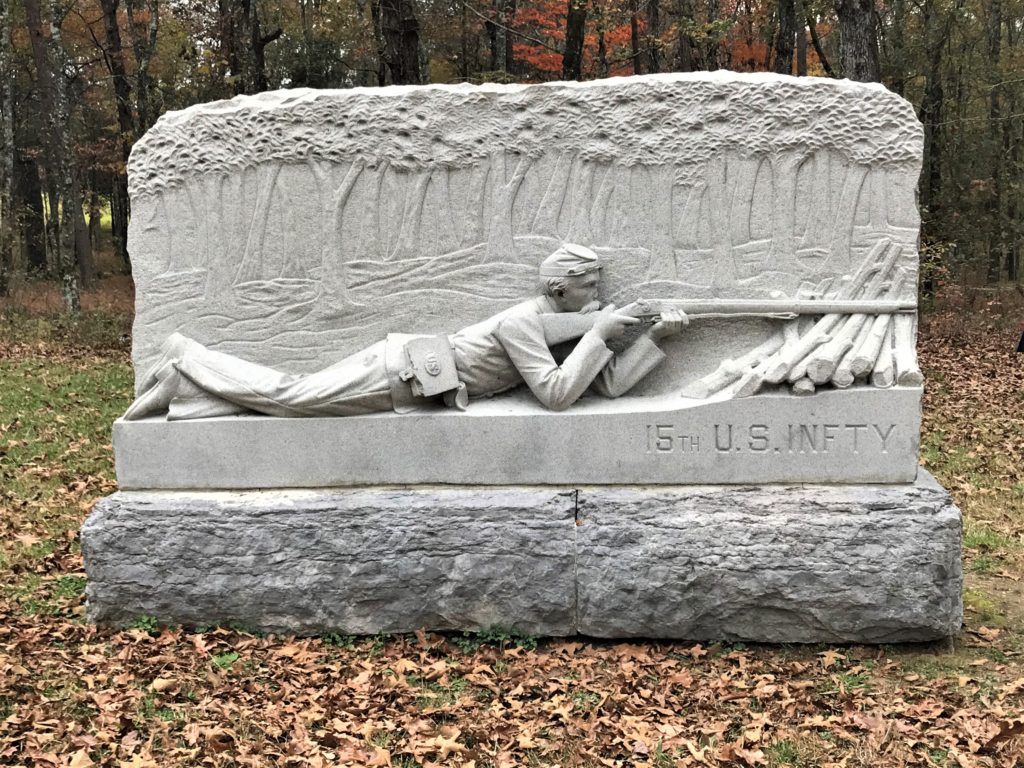
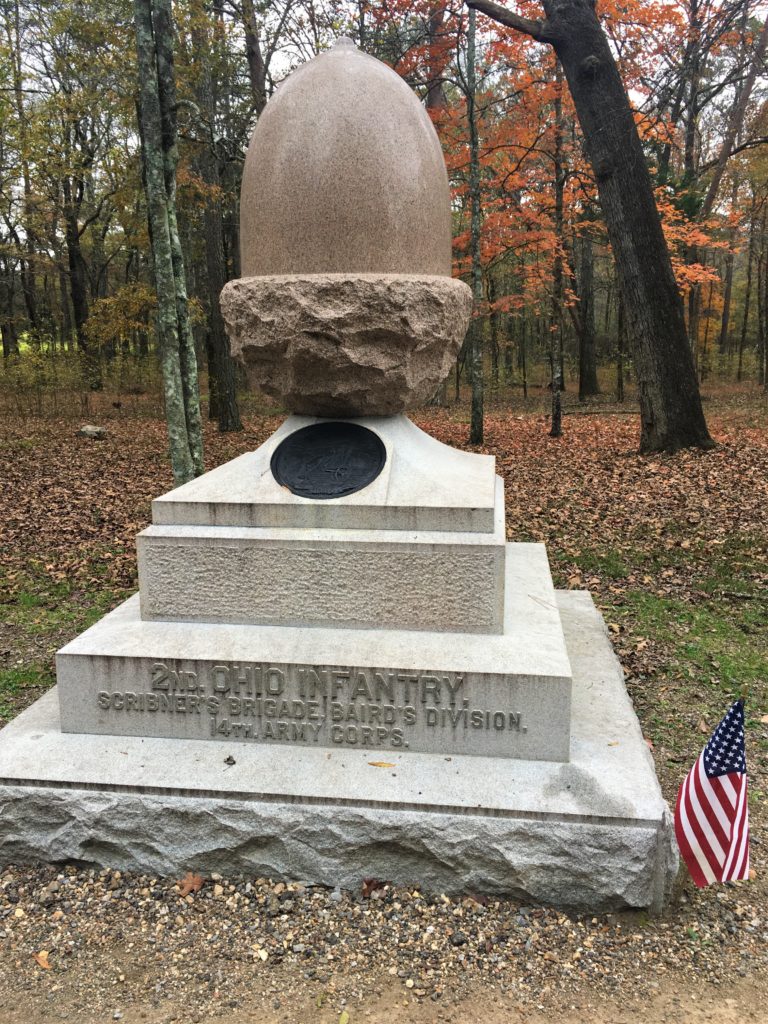
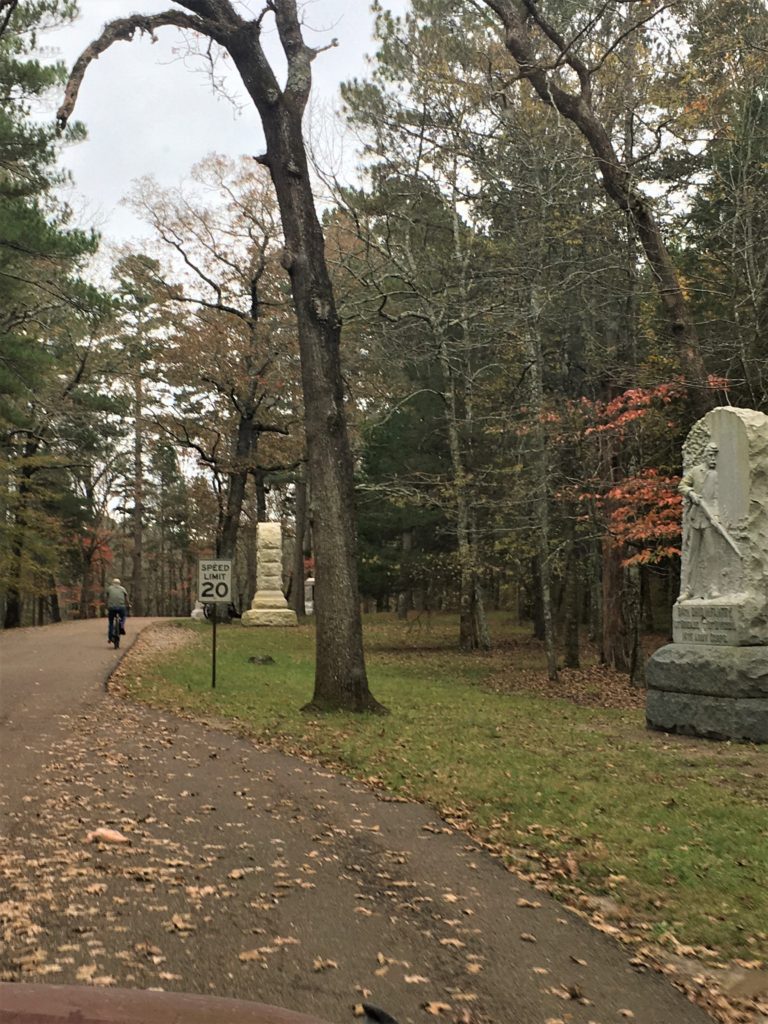
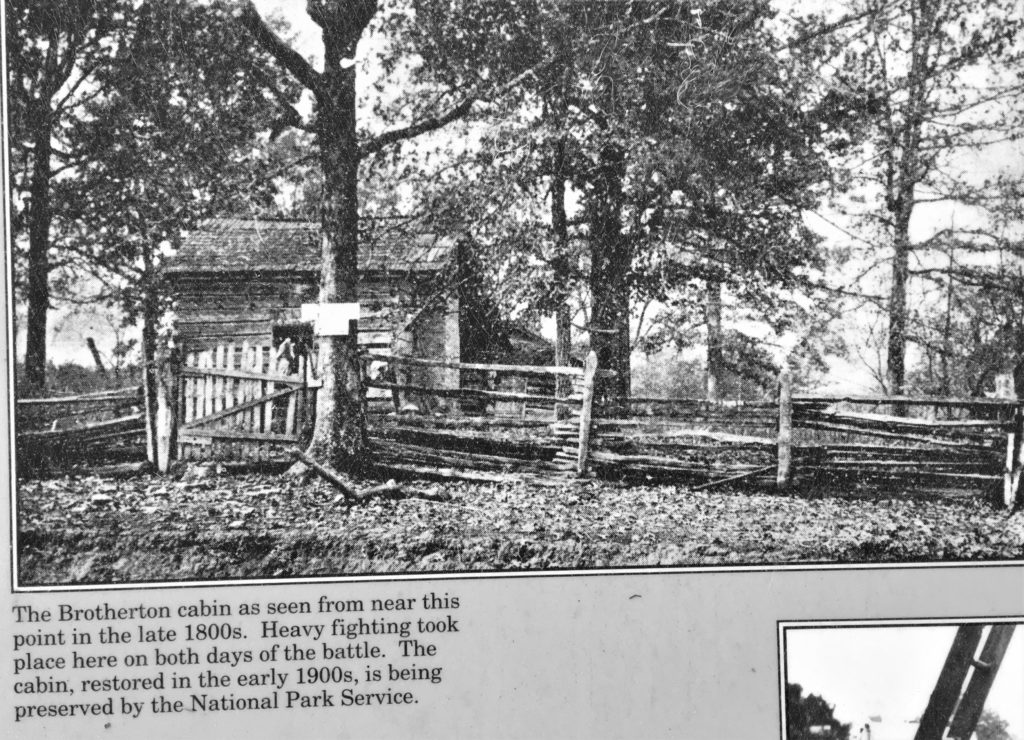
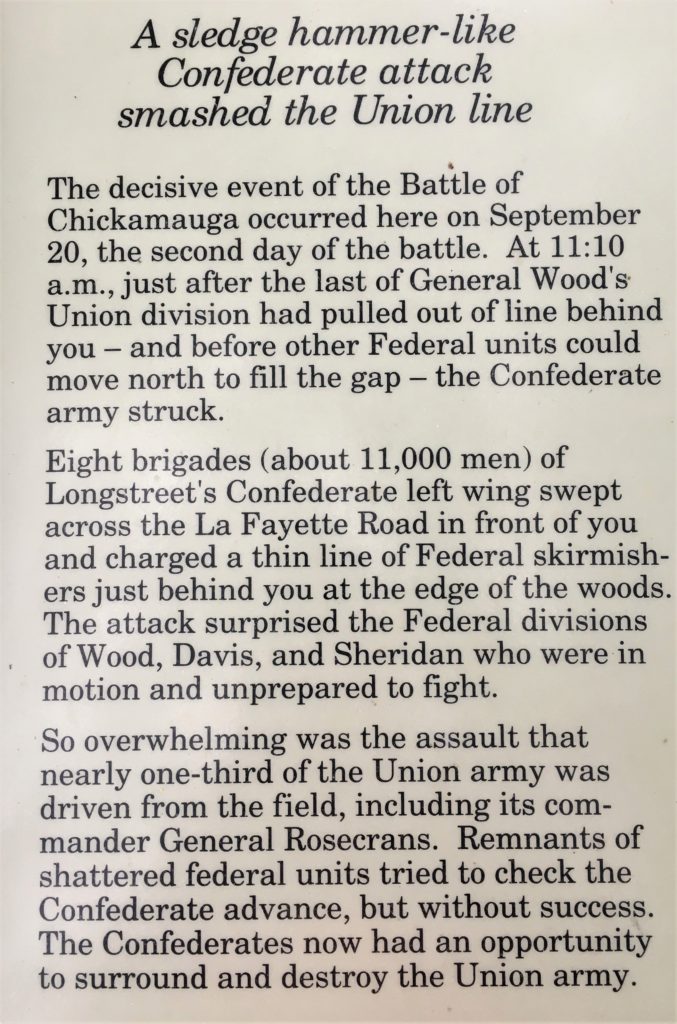
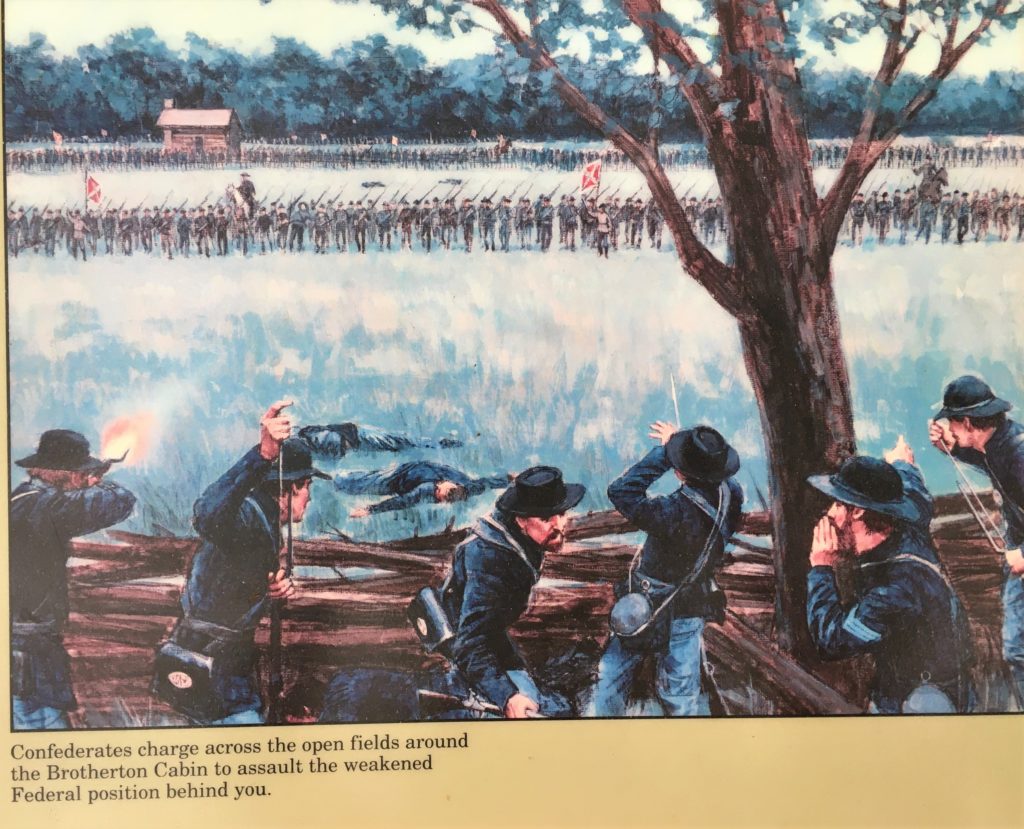
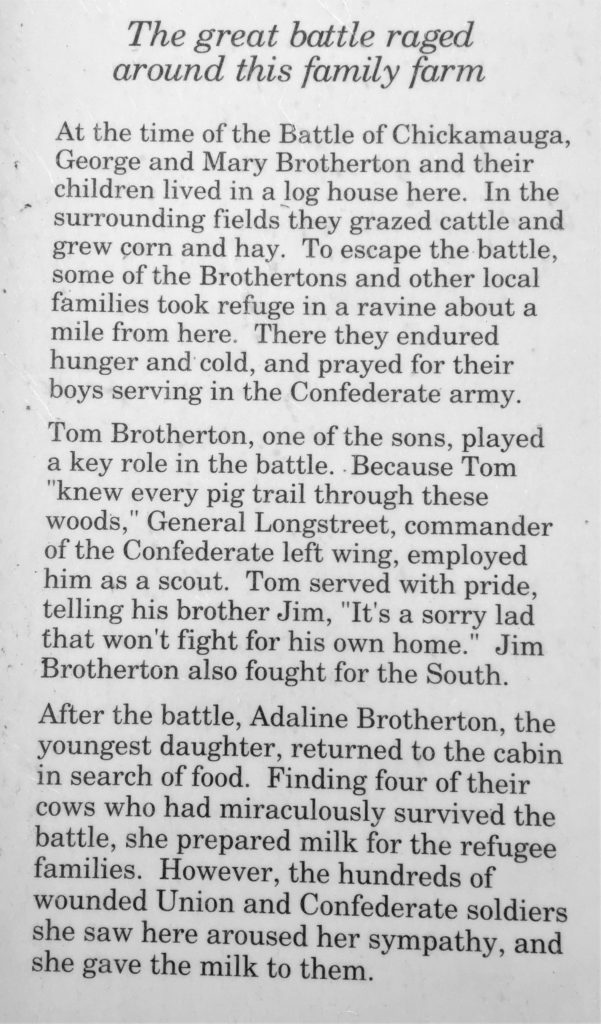
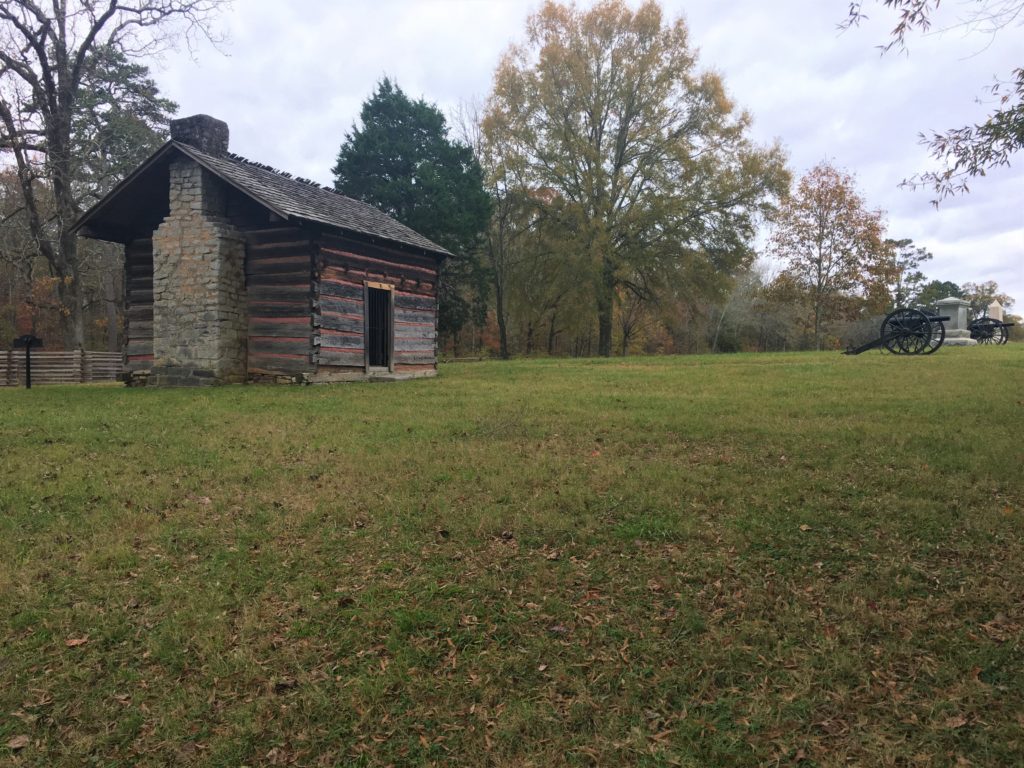
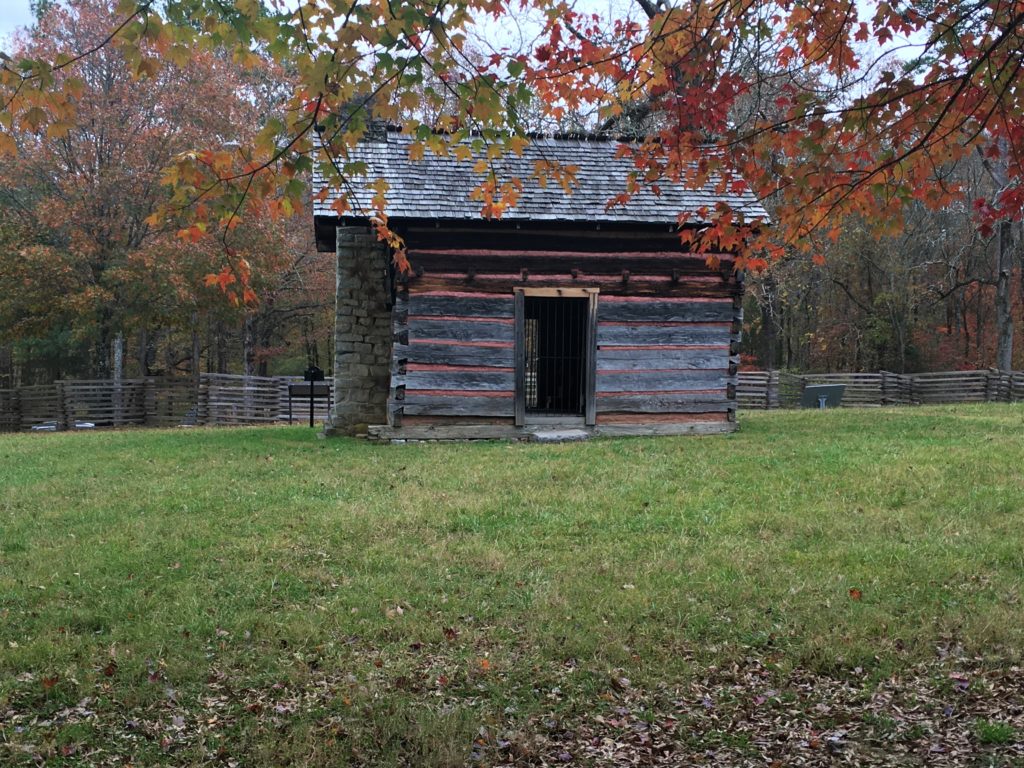
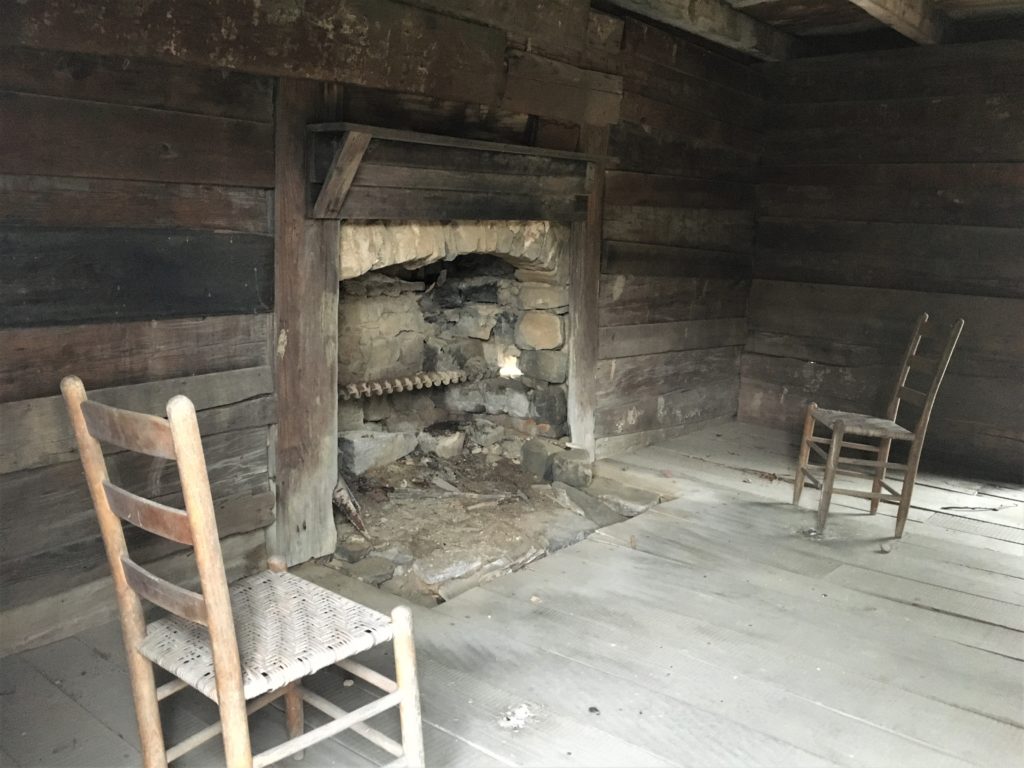
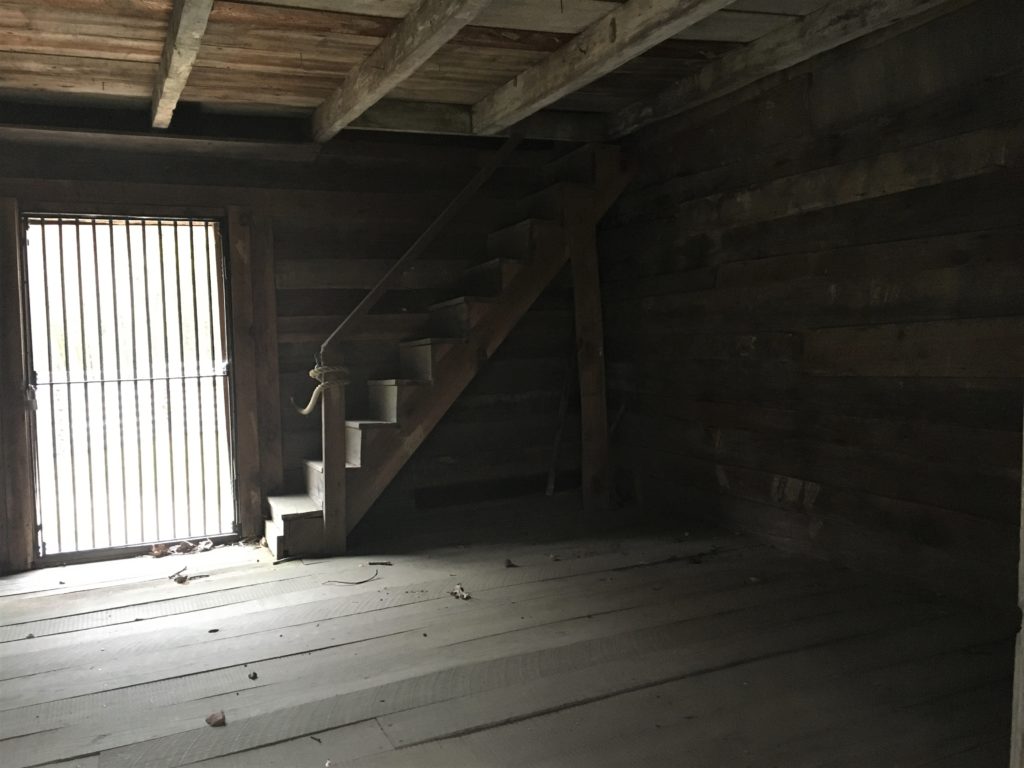
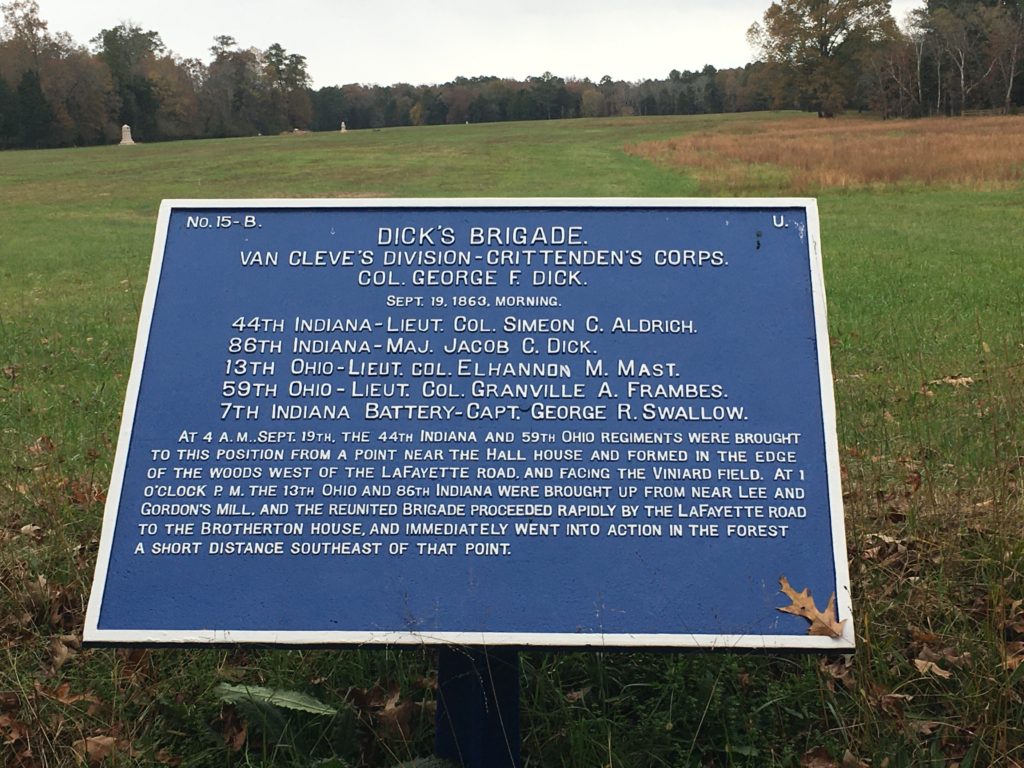
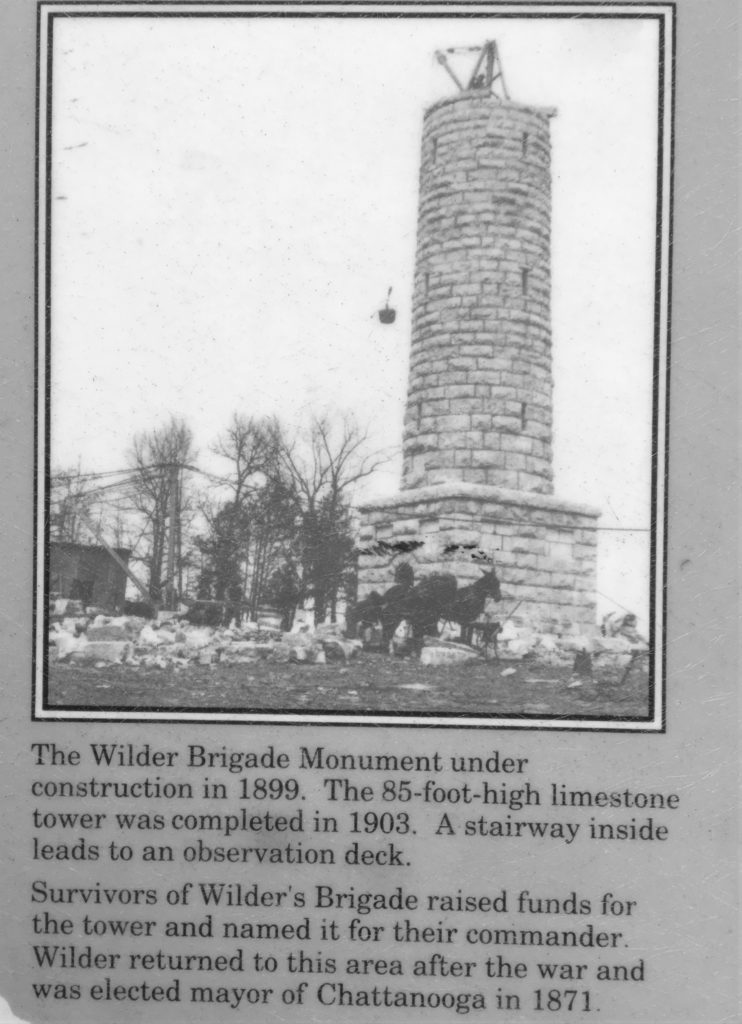
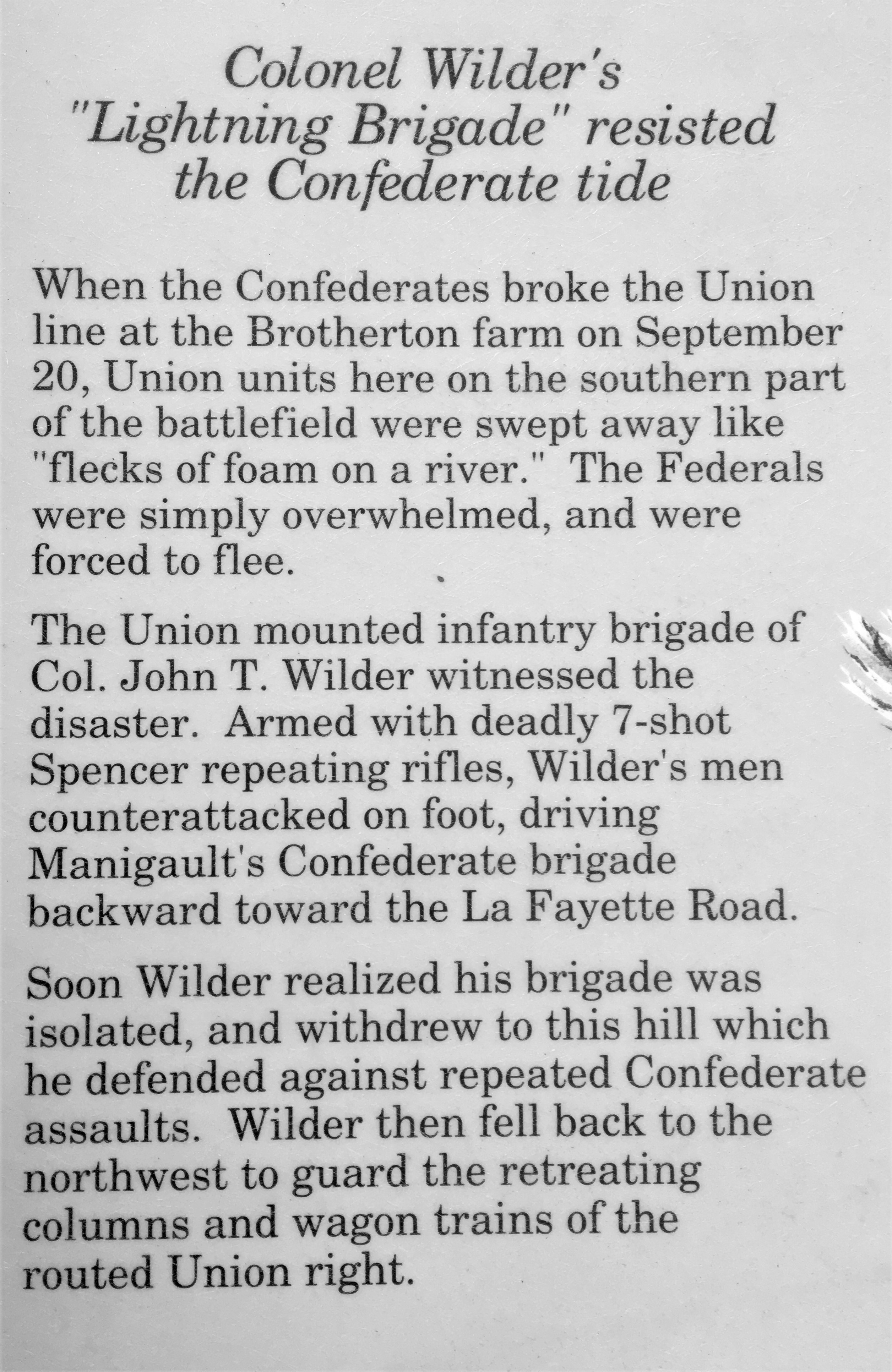
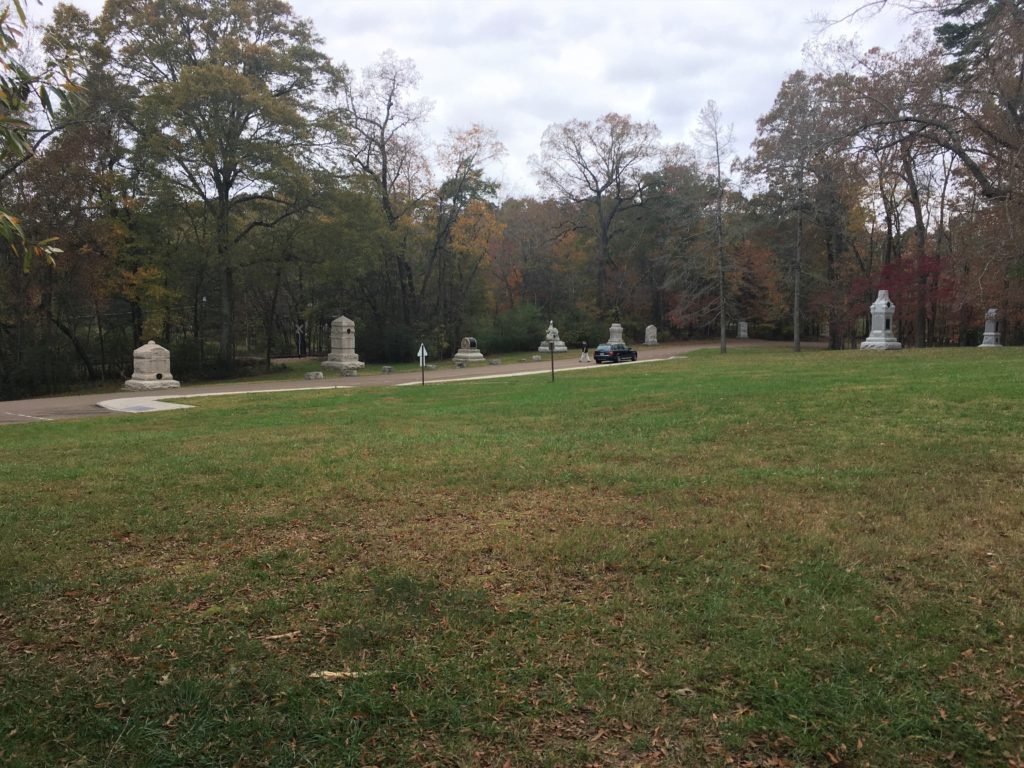
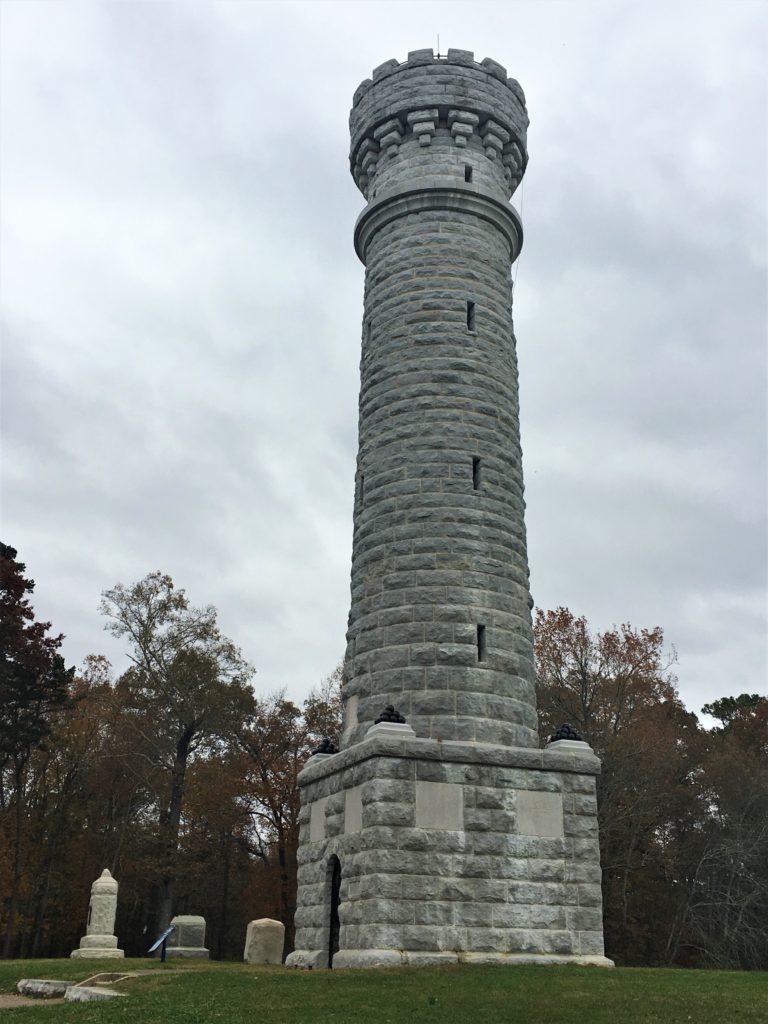
but that was BC – Before Covid.

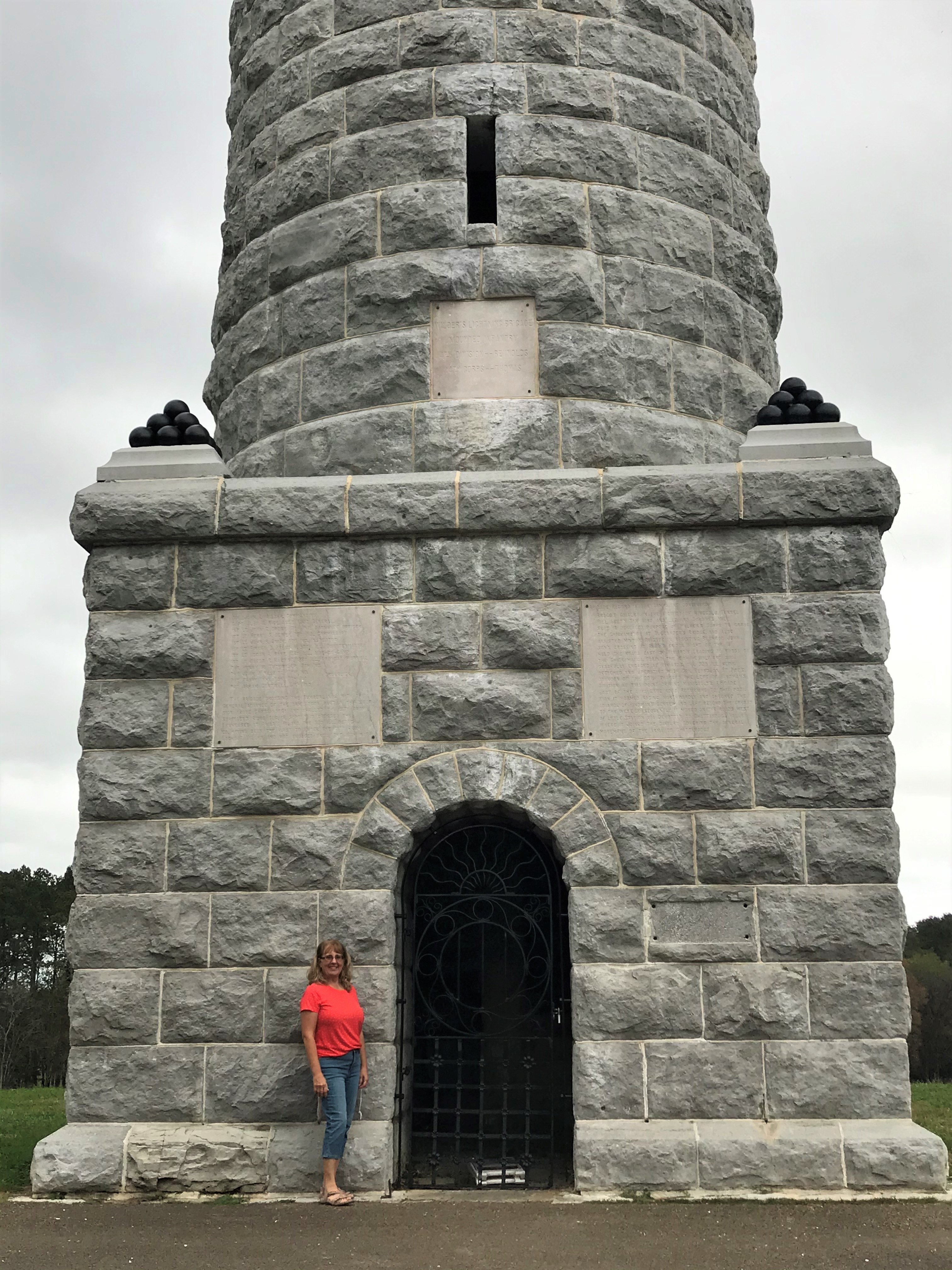
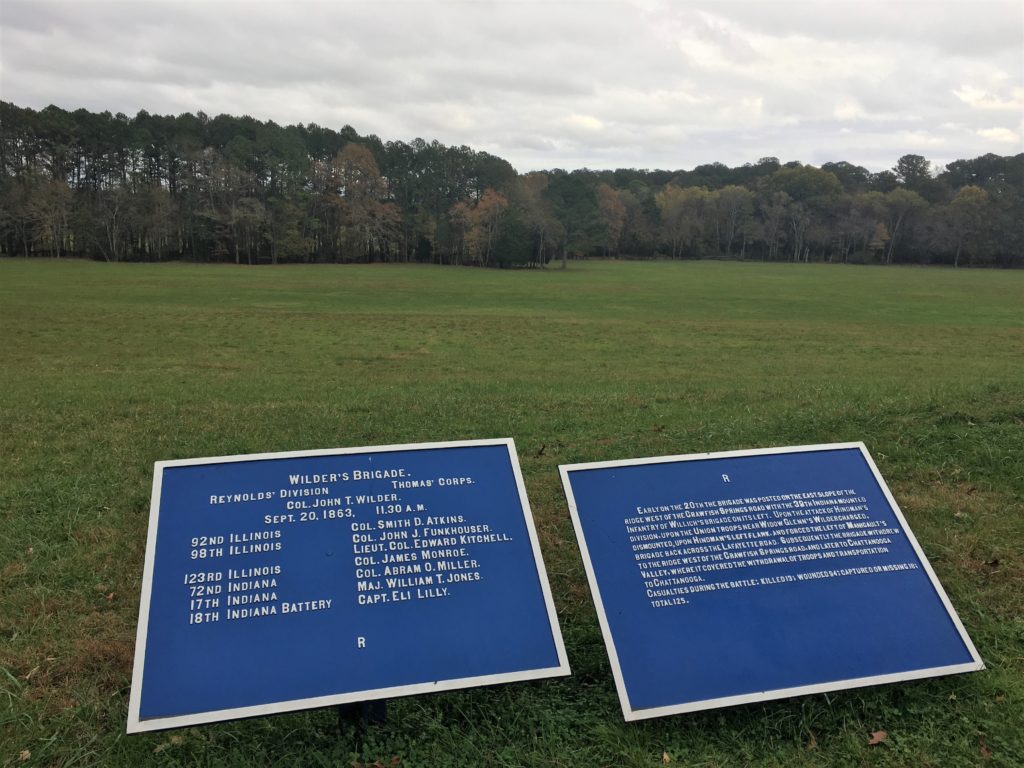
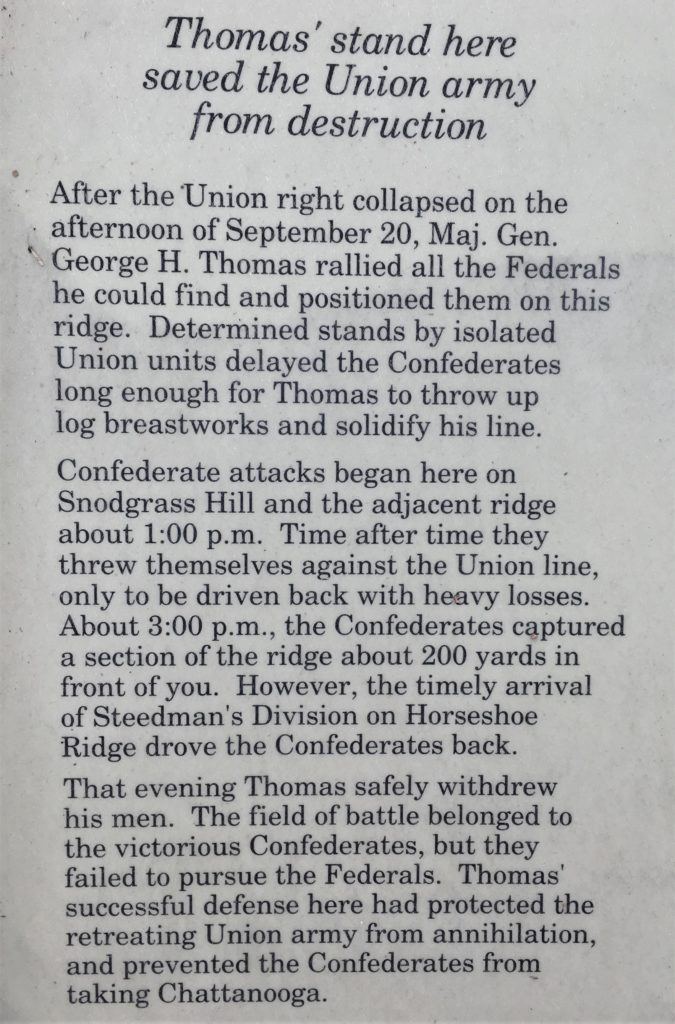
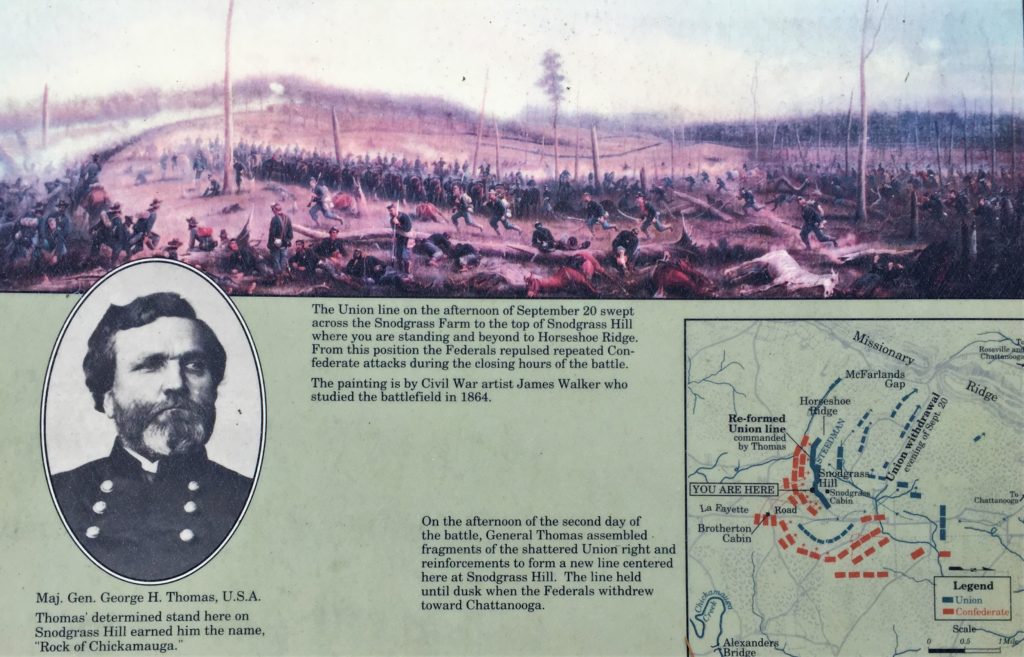
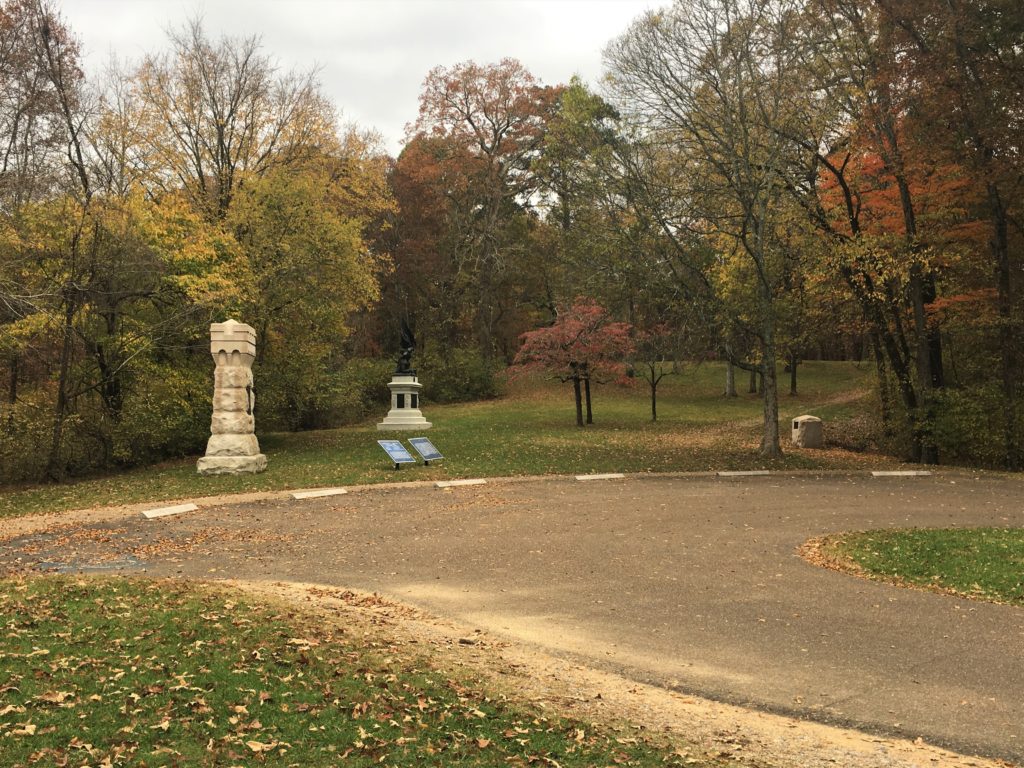
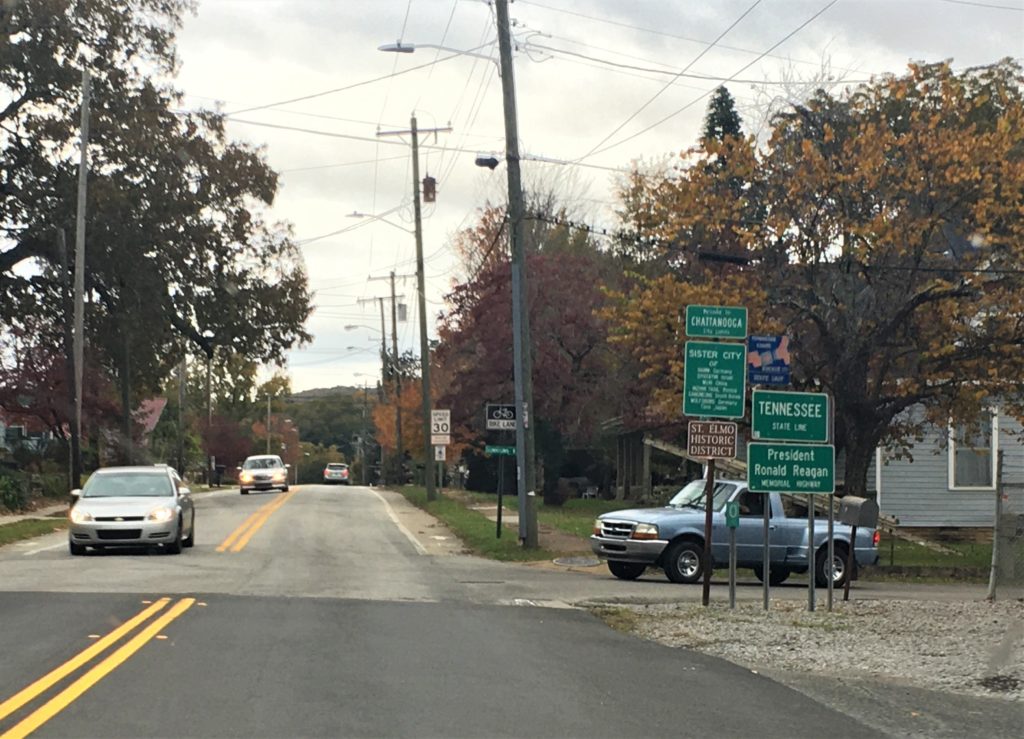
We didn’t realize how close to Georgia we were! : )
In 1890, soldiers who fought for both sides (Union and Confederates/North and South), attended a 25-year reconciliation reunion held in the area. There were numerous successful reunions such as this held all over the US.
The Chattanooga National Cemetery contains the remains of 12,900 Union soldiers who died on the battlefields here, or as a result of their injuries. We had thought to visit, but we ran out of time.
There were so many who lost their lives here, and even more who were wounded. It makes us sad to think of the people in this nation now, who don’t believe we should even remember the Confederacy. These men were people too. They gave up lives and families to fight for what they believed in – and it wasn’t just about having slaves, as you’ll see if you read the pictures I took. I’m sorry, I seem to be climbing back on that soapbox. . . .
During our stay in Chattanooga, Blaine and I watched a History Channel series on Grant that we’d recorded months and months ago. Such wonderful insight into the man behind the legend. These days, he’s not remembered with nearly the respect for his military genius, honor, and dignity he deserves. It was also fun to see the places we’d visited, on-screen. 😊
